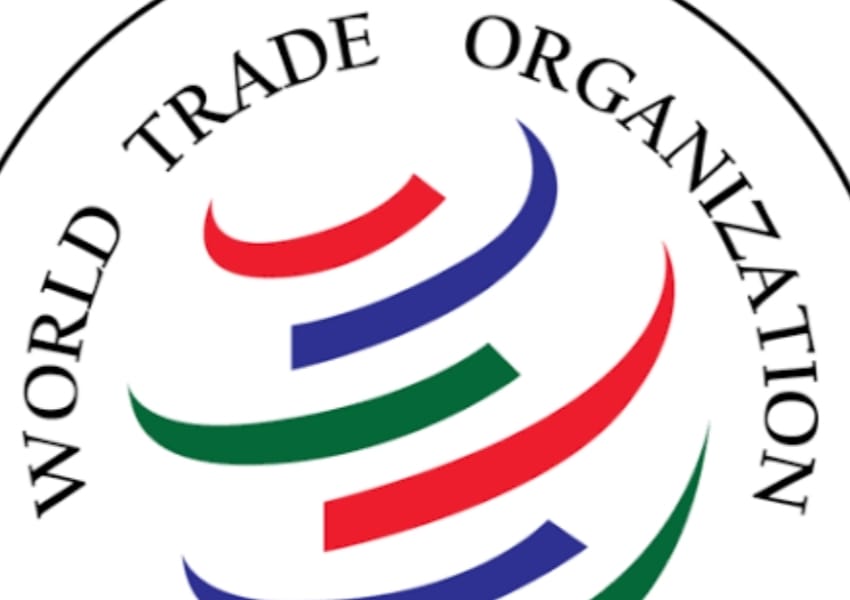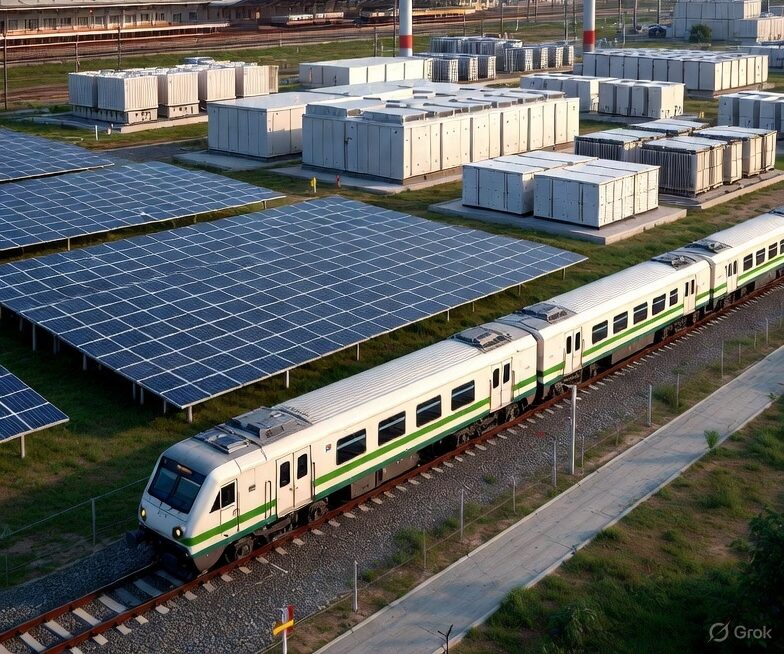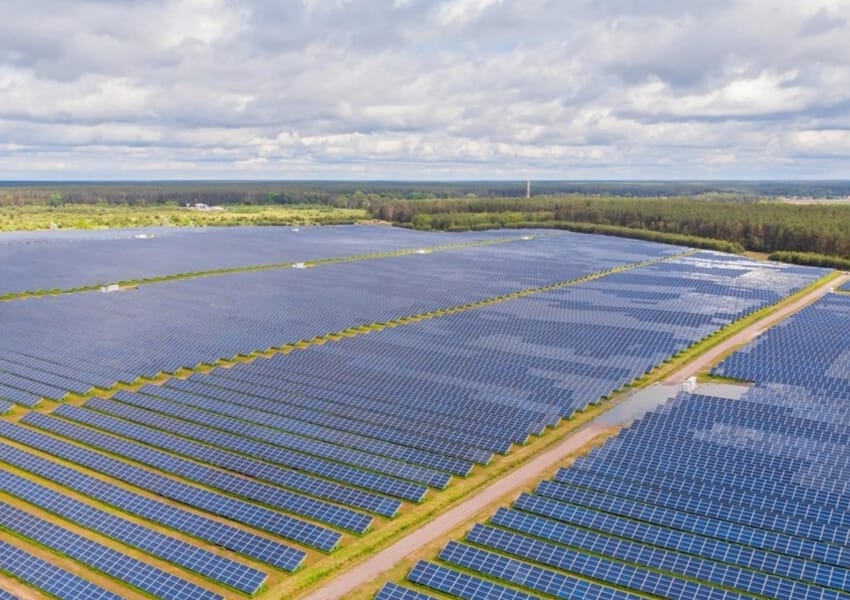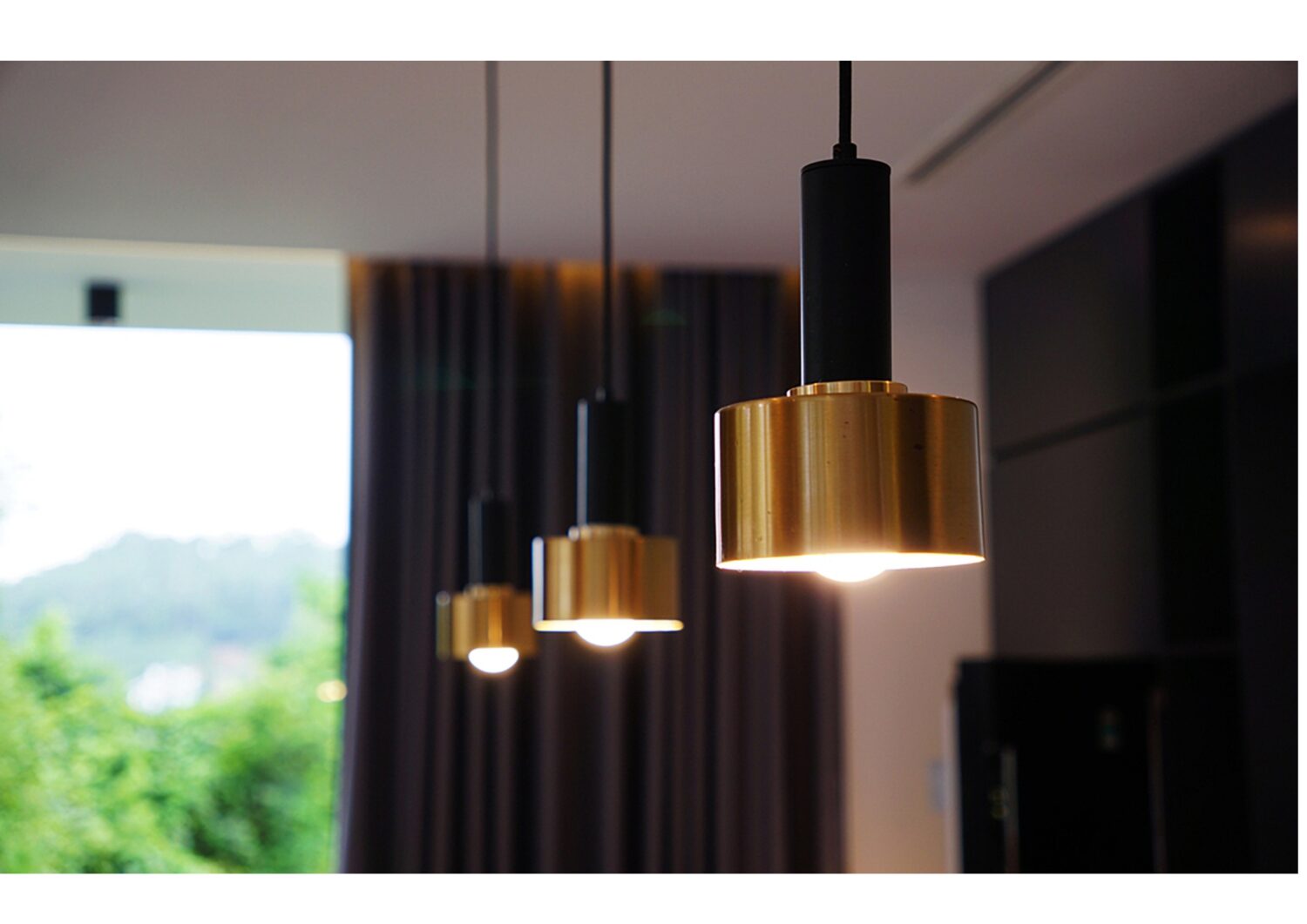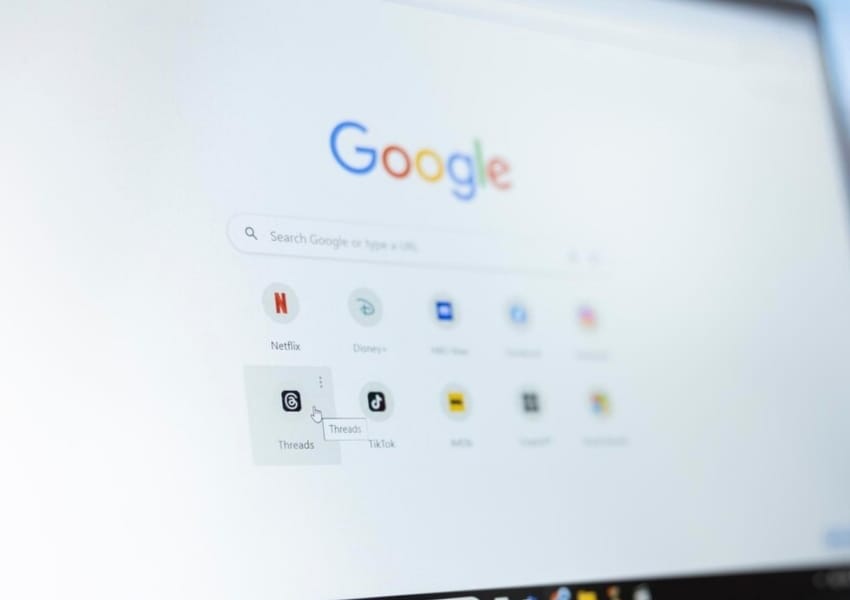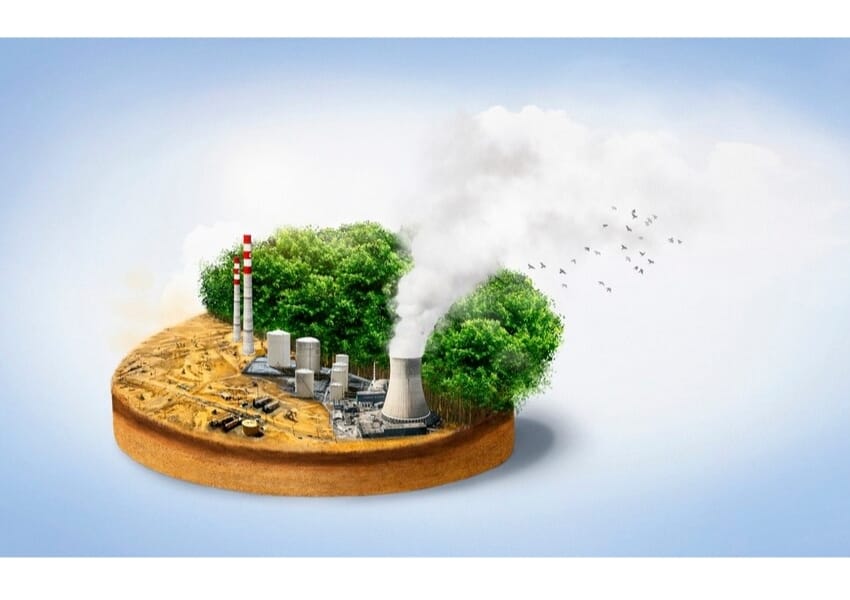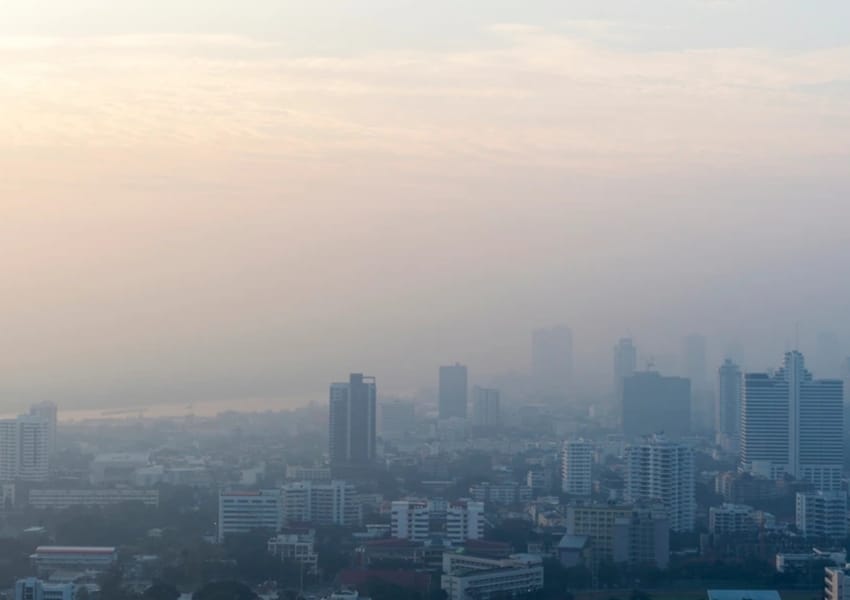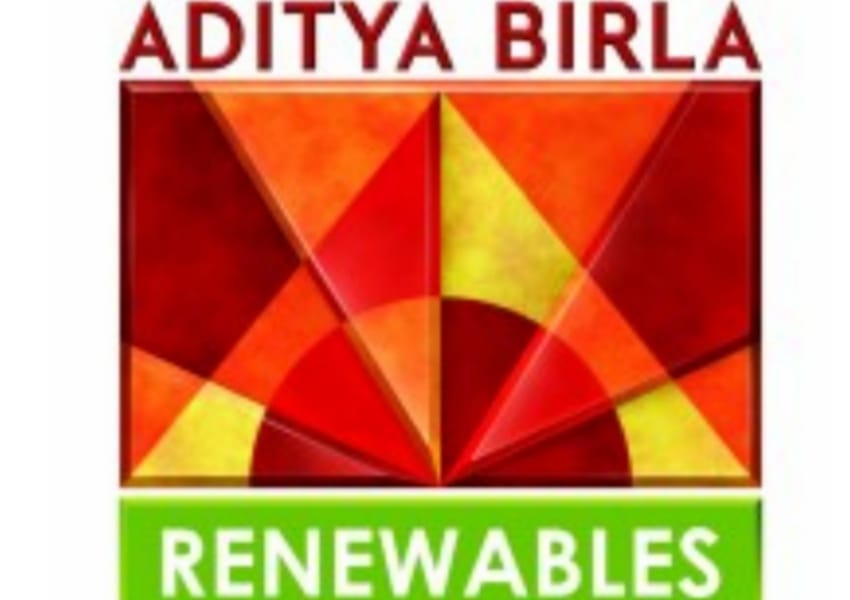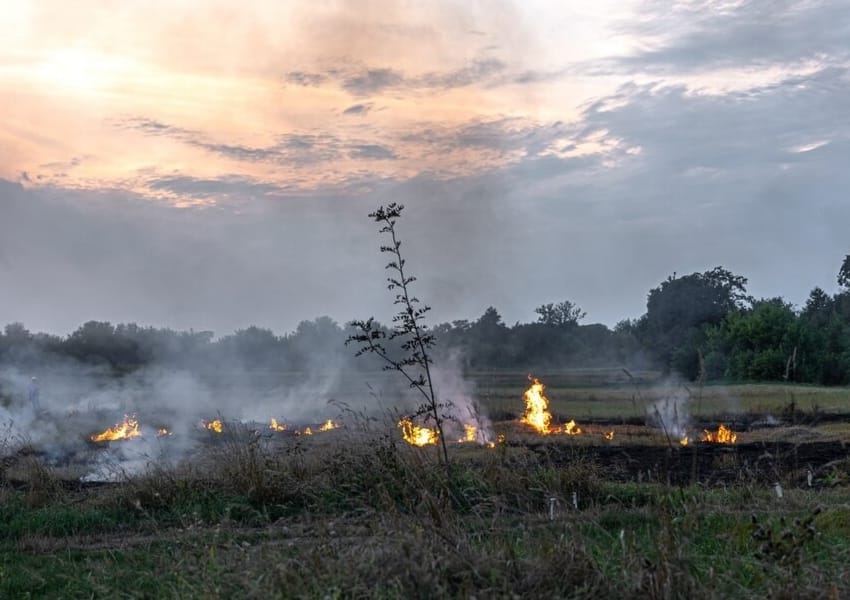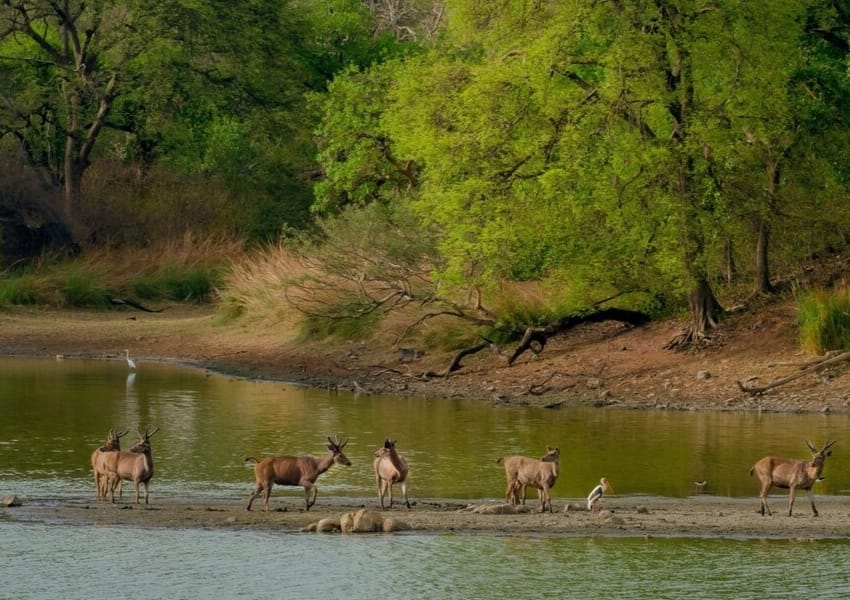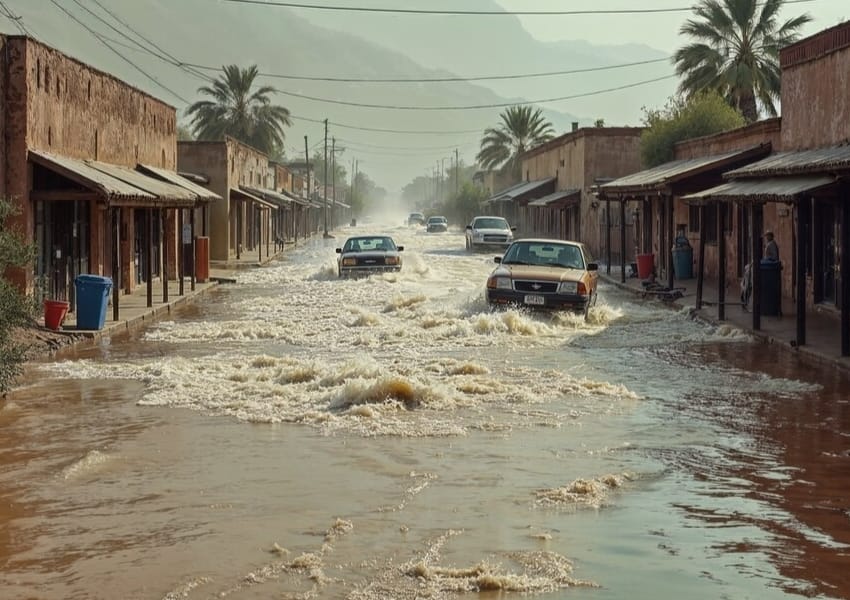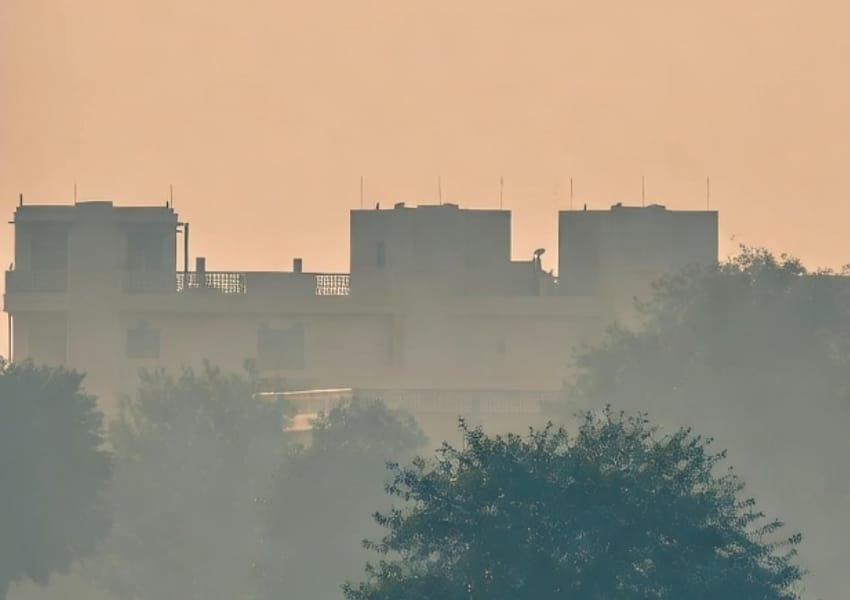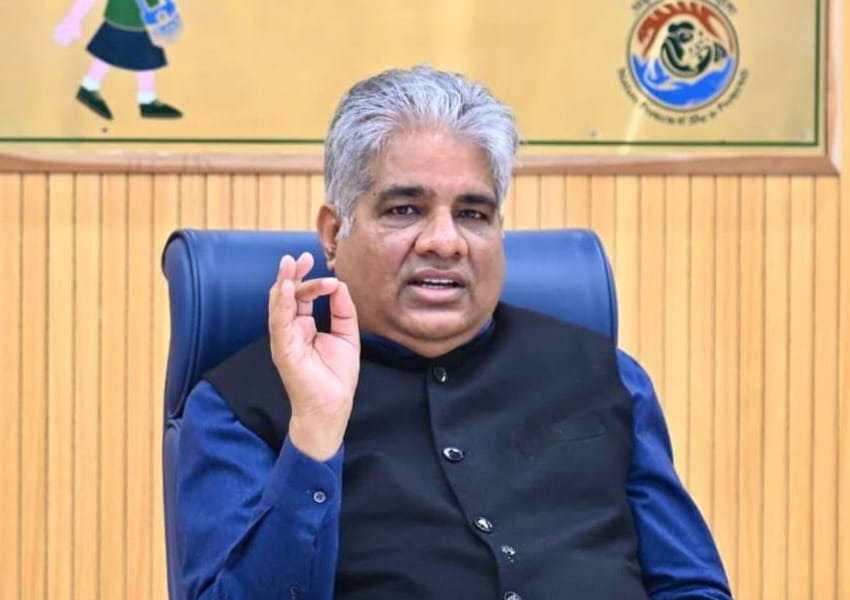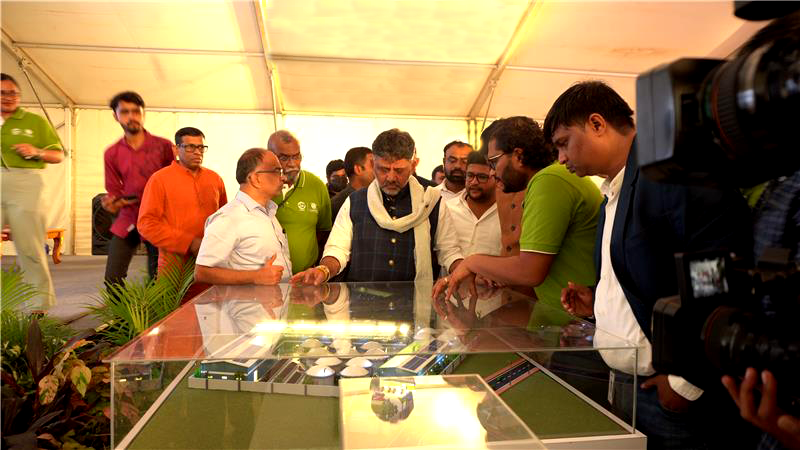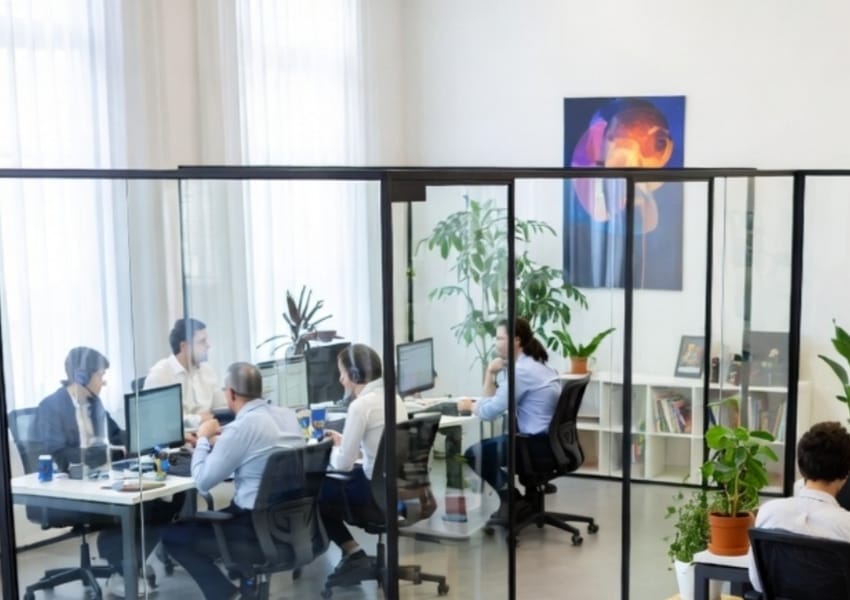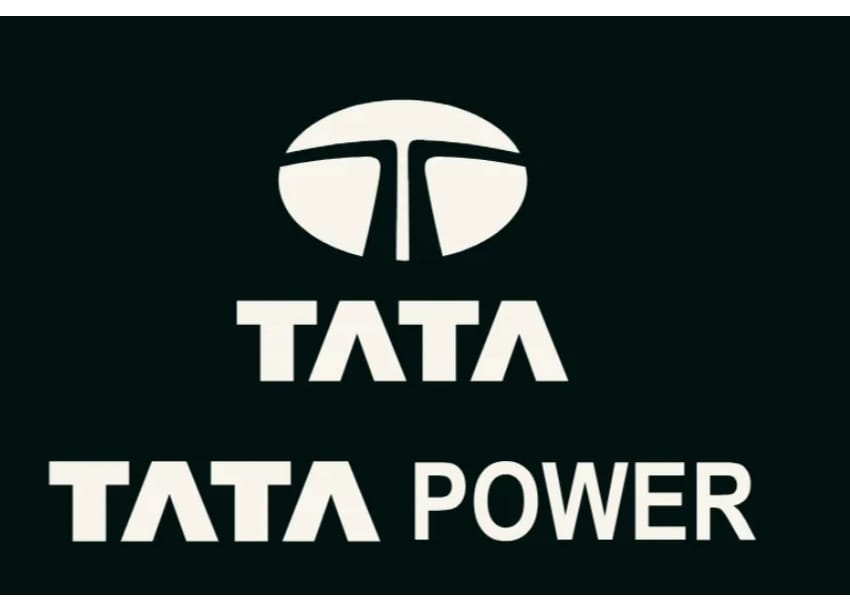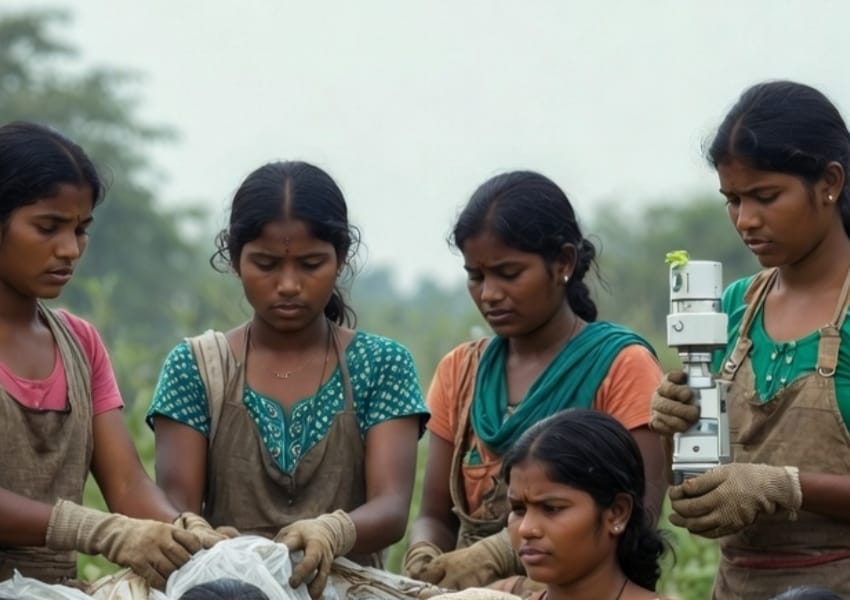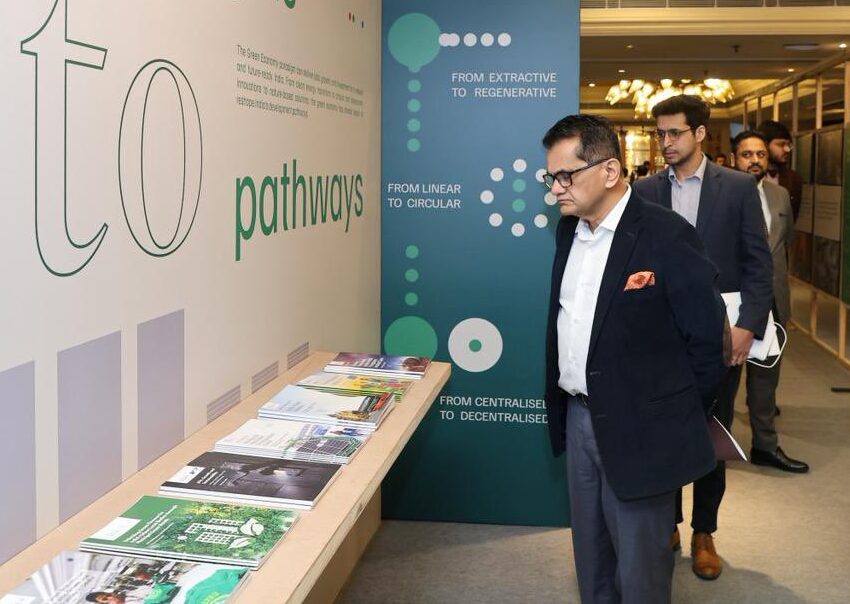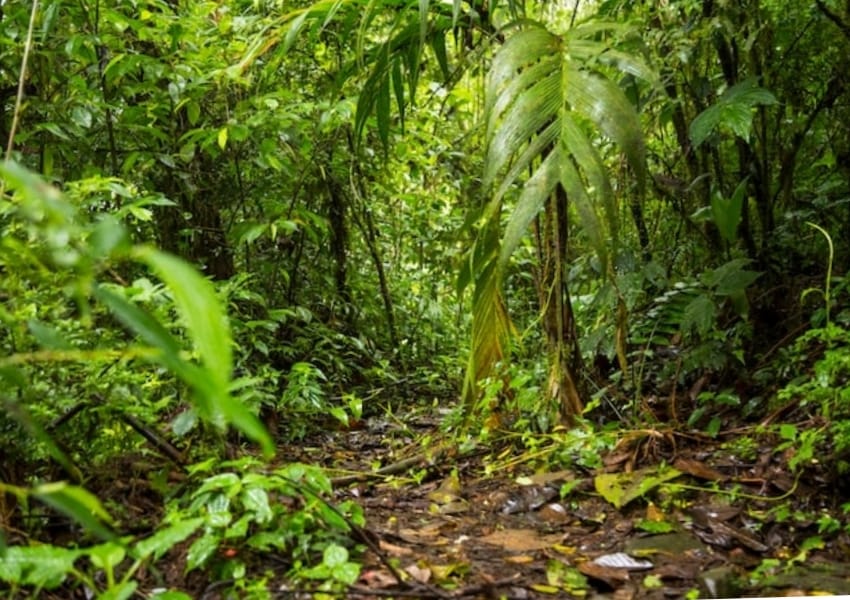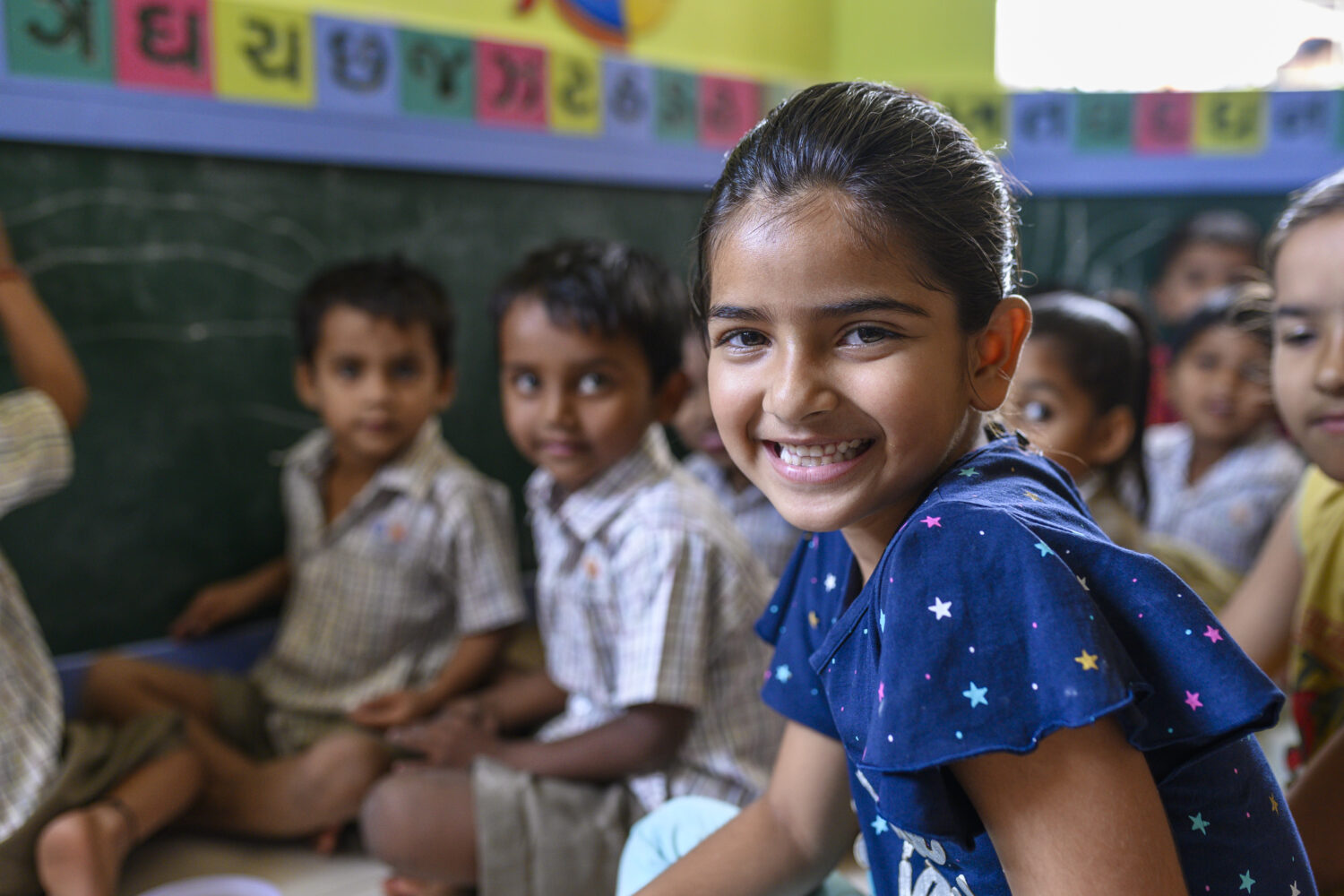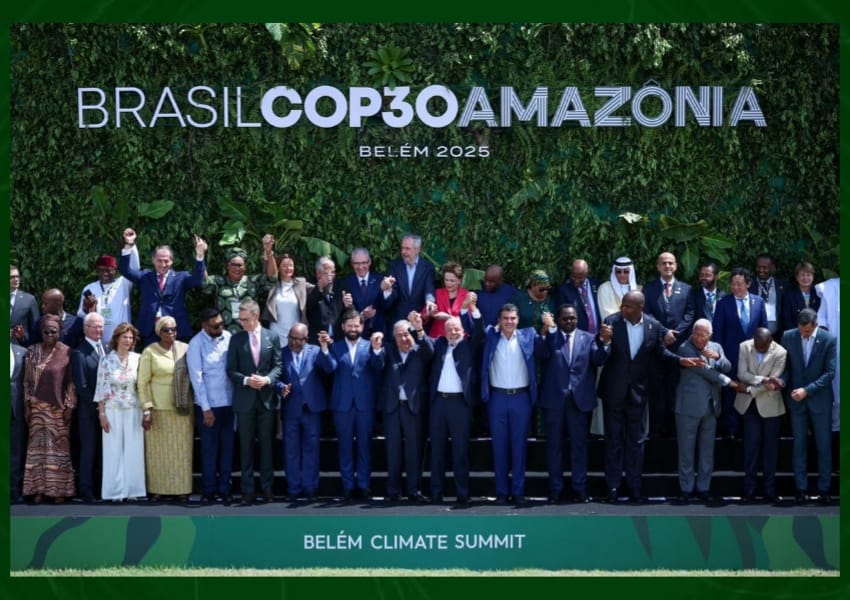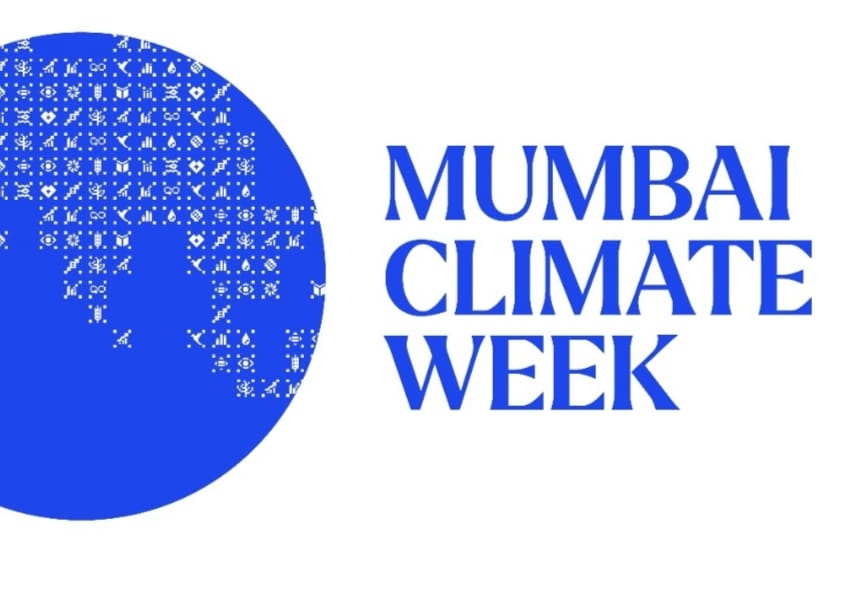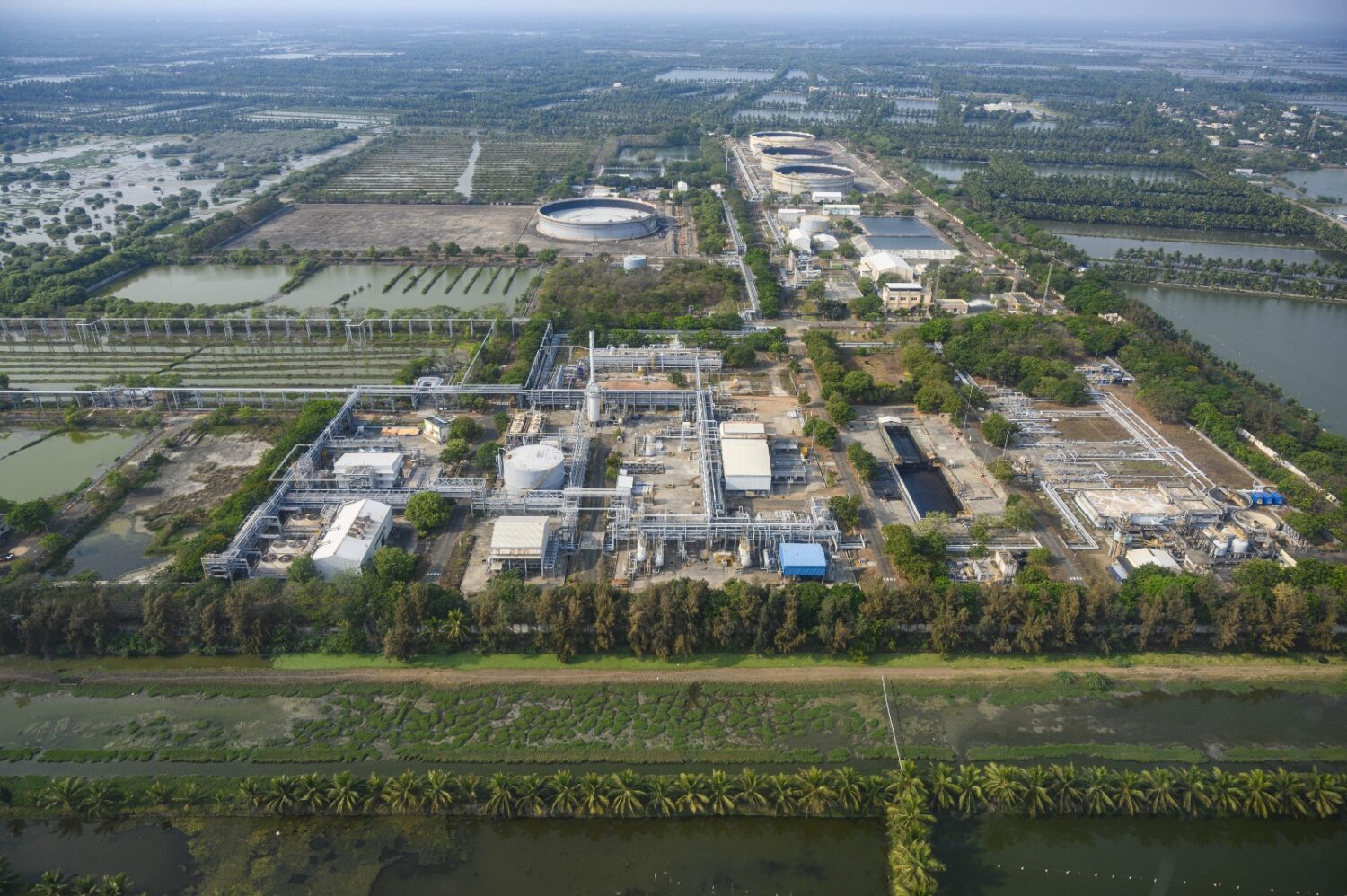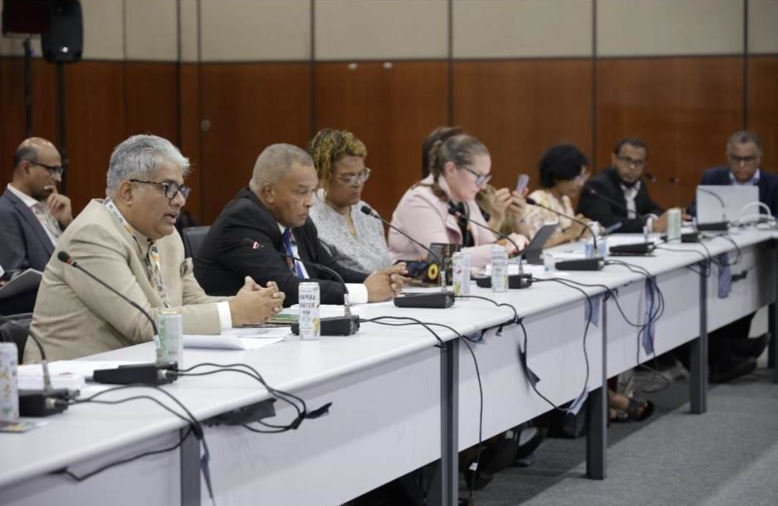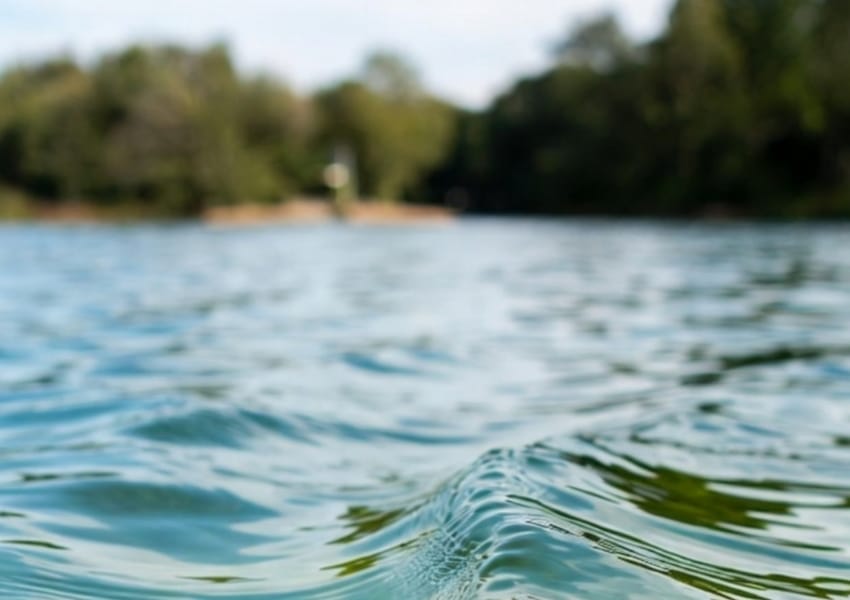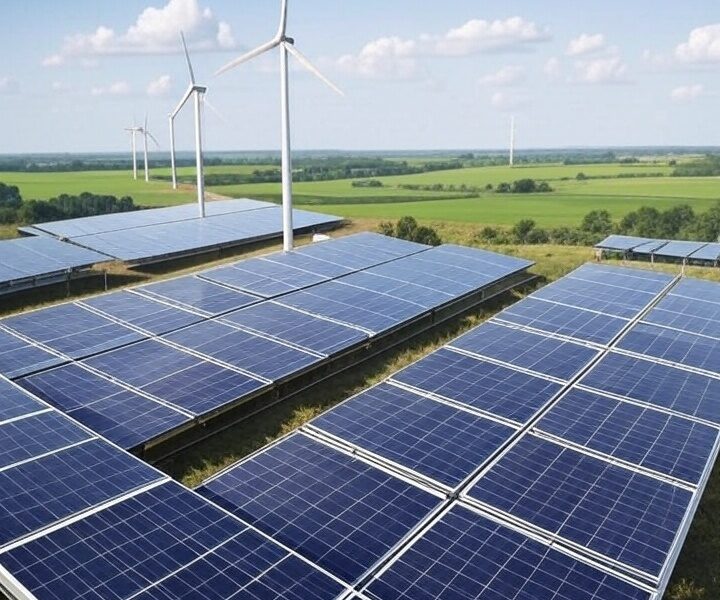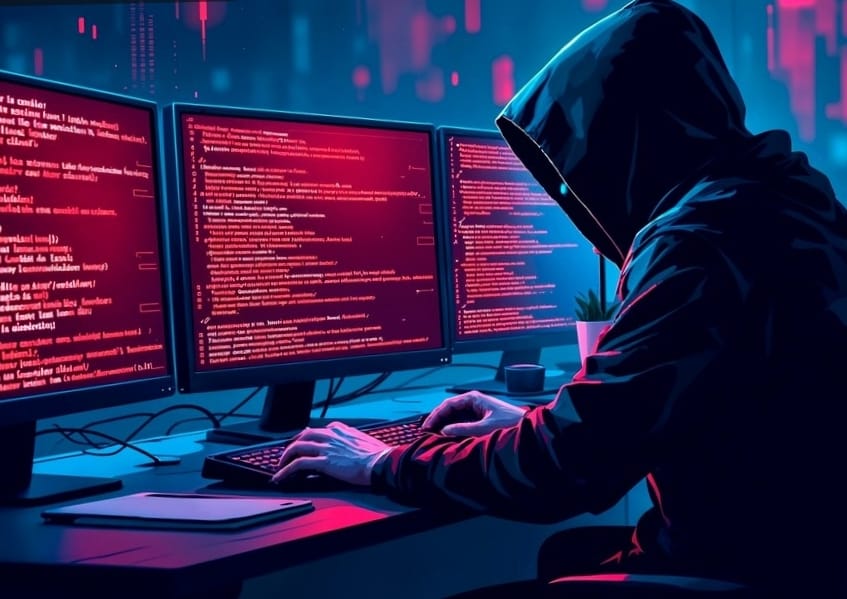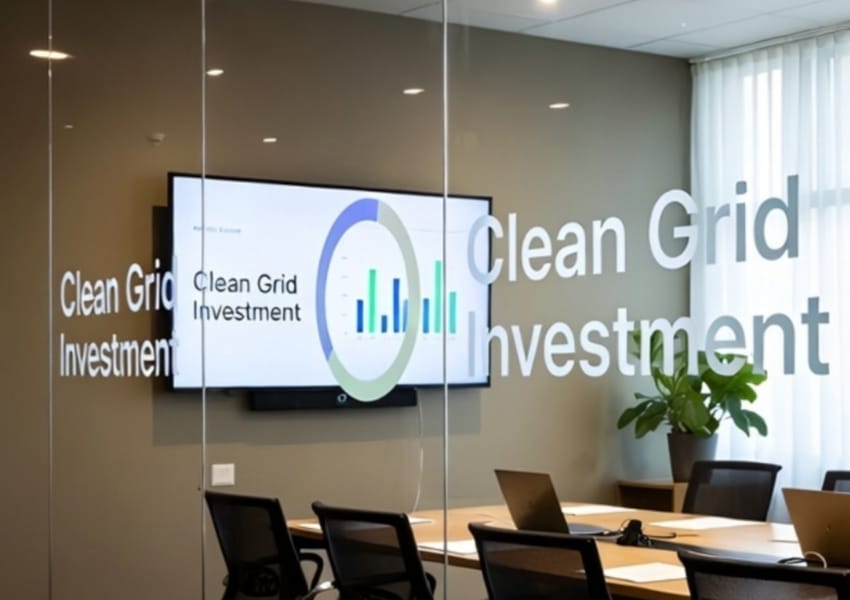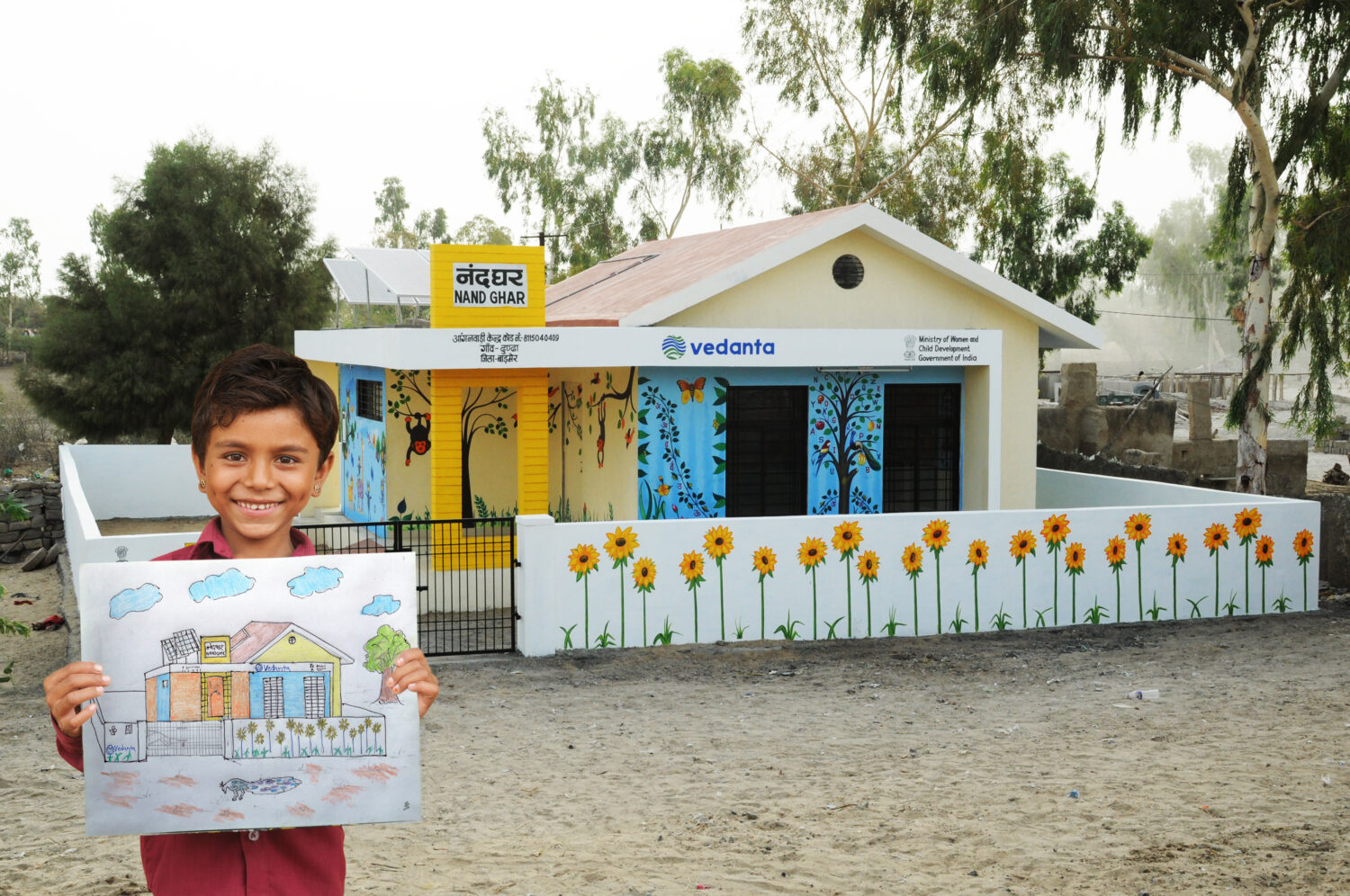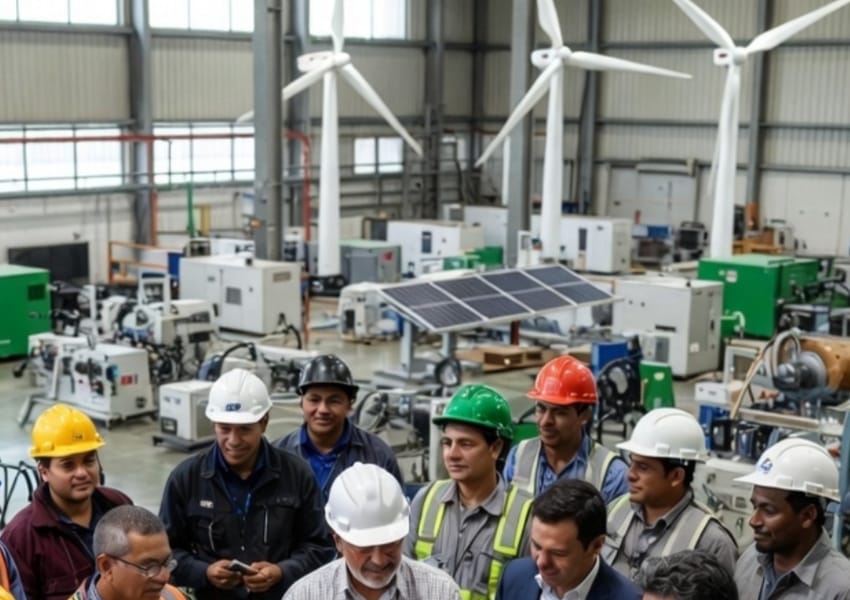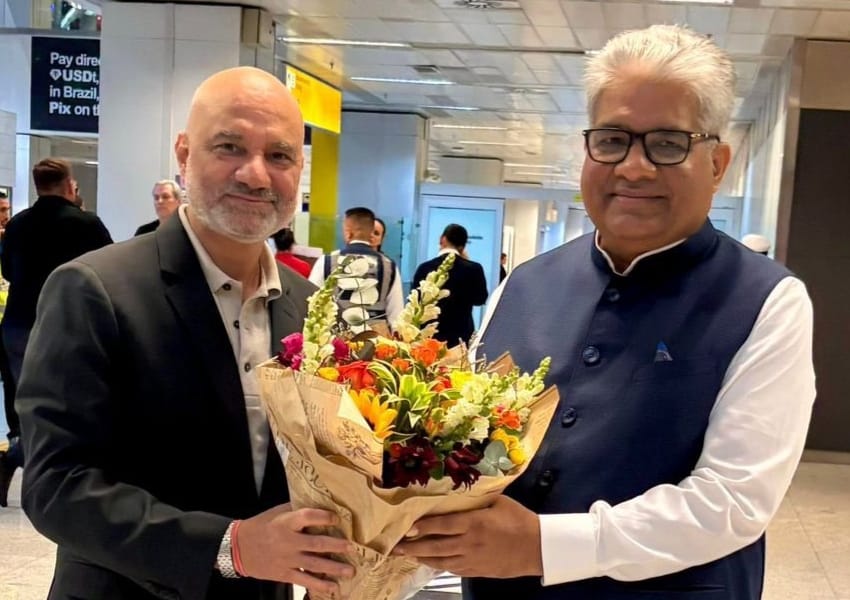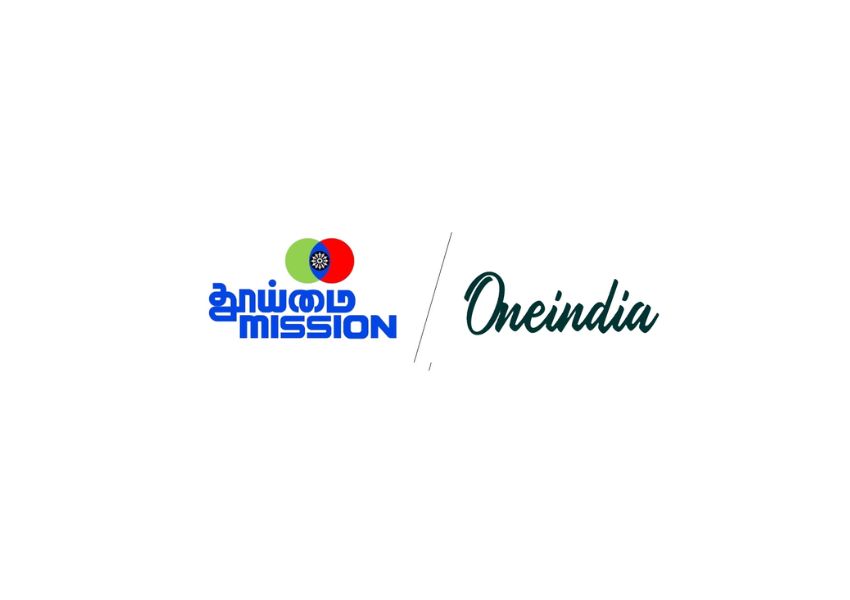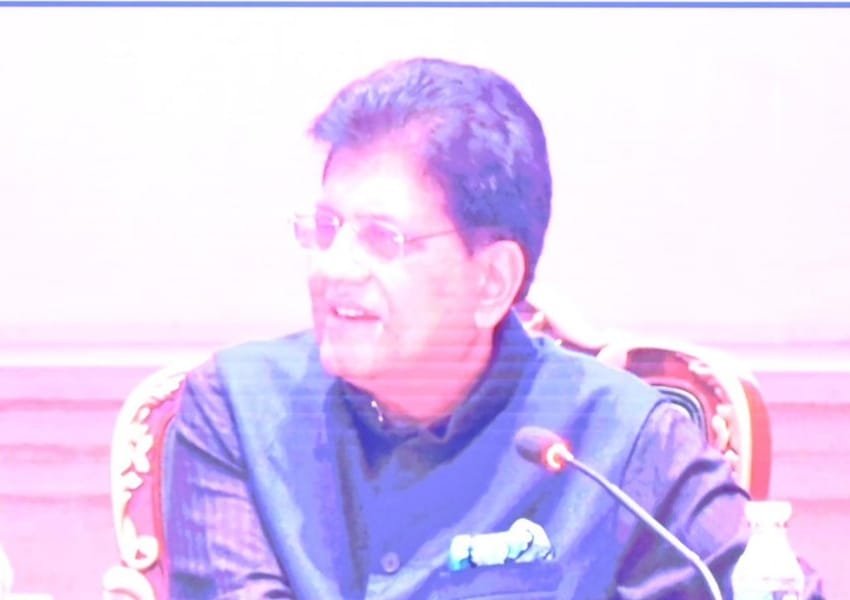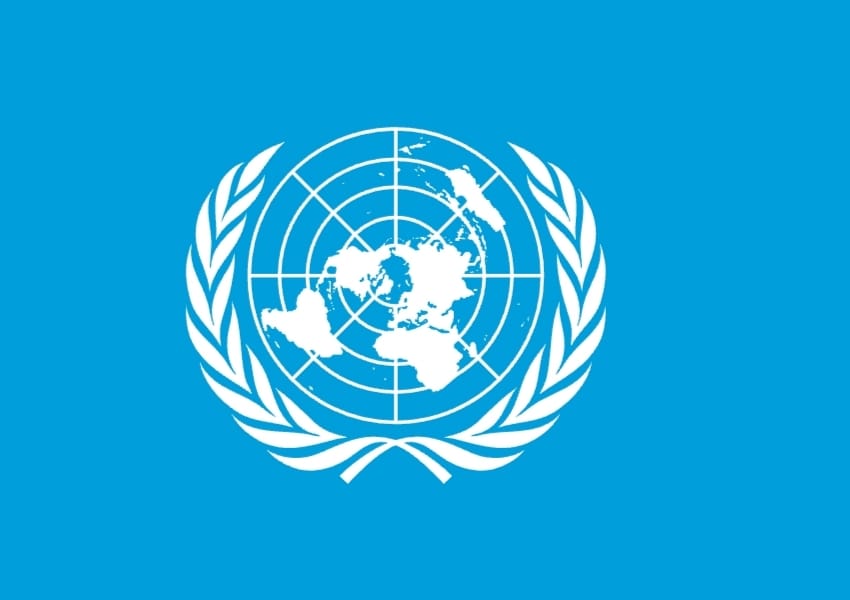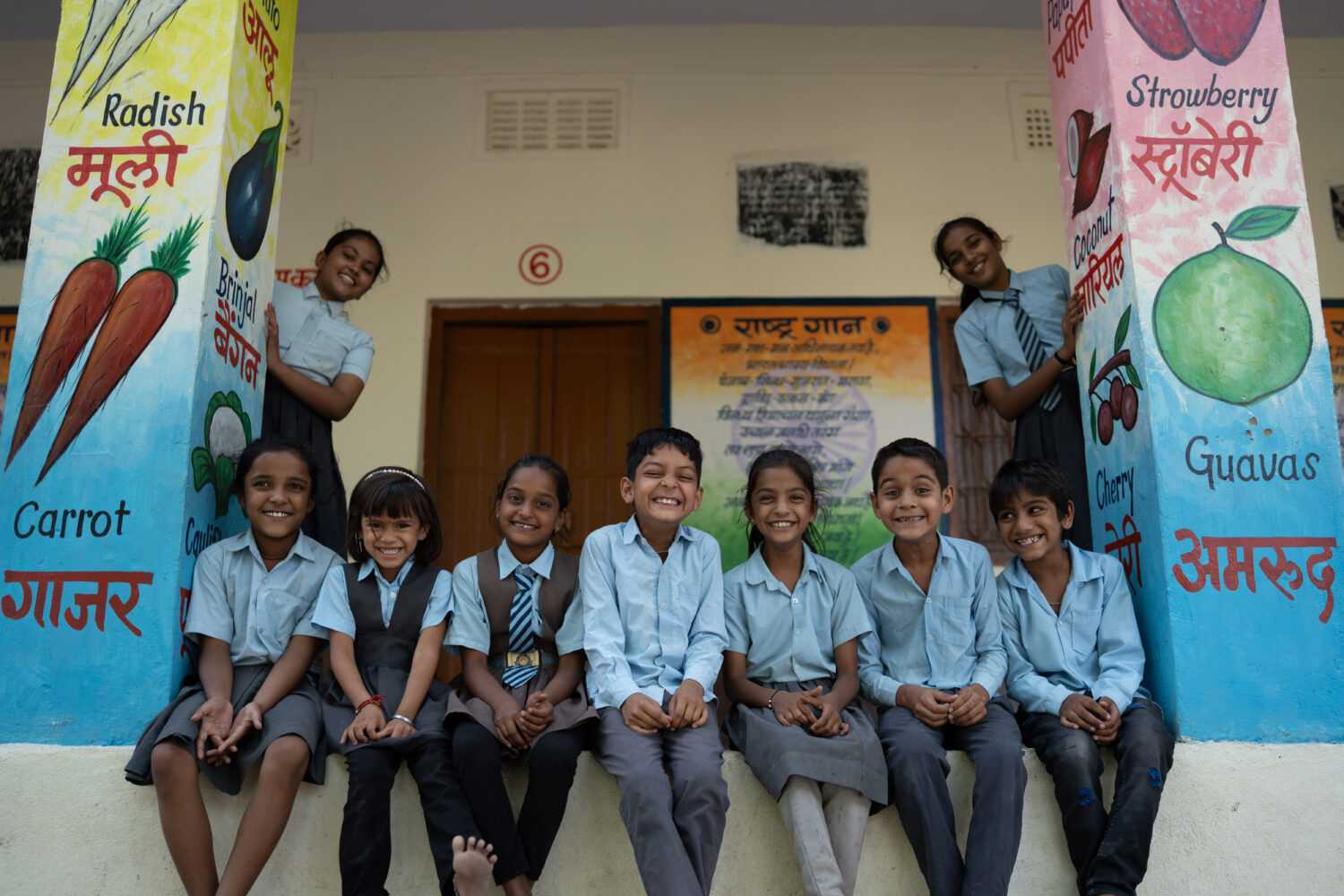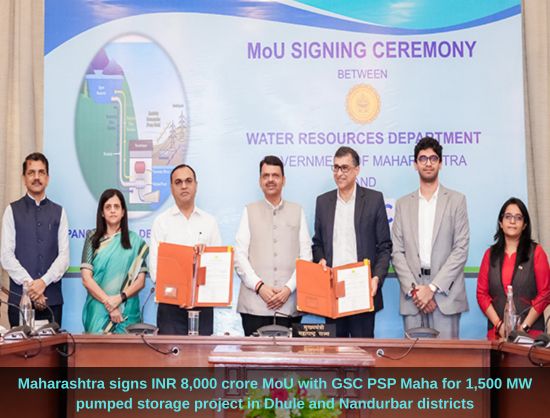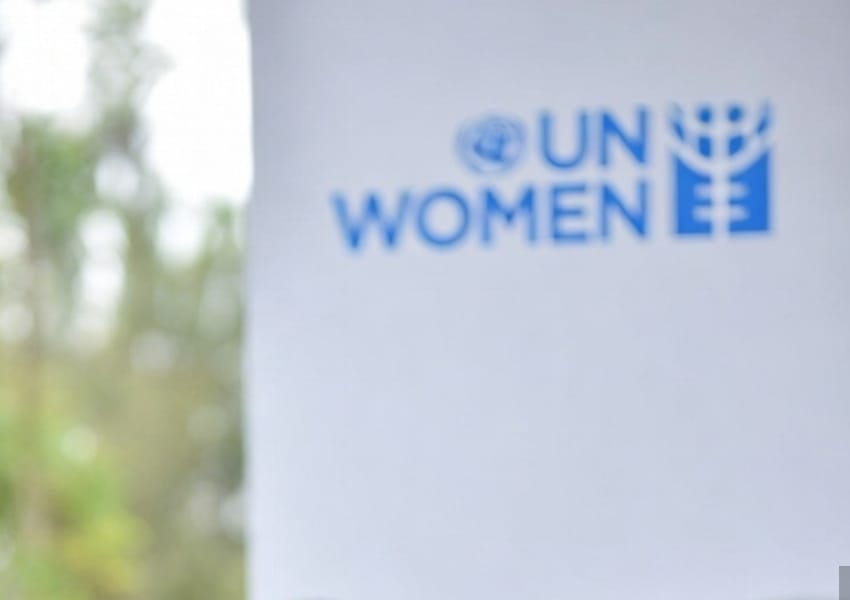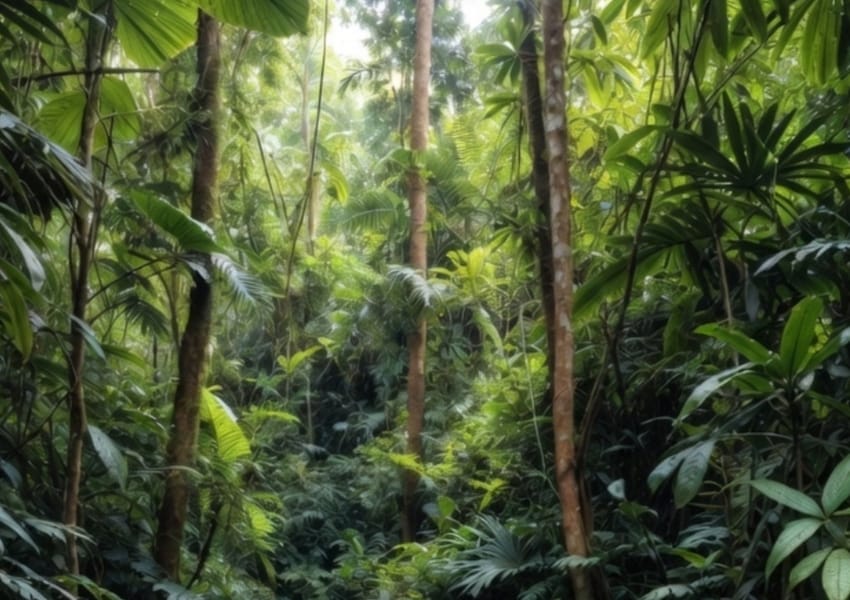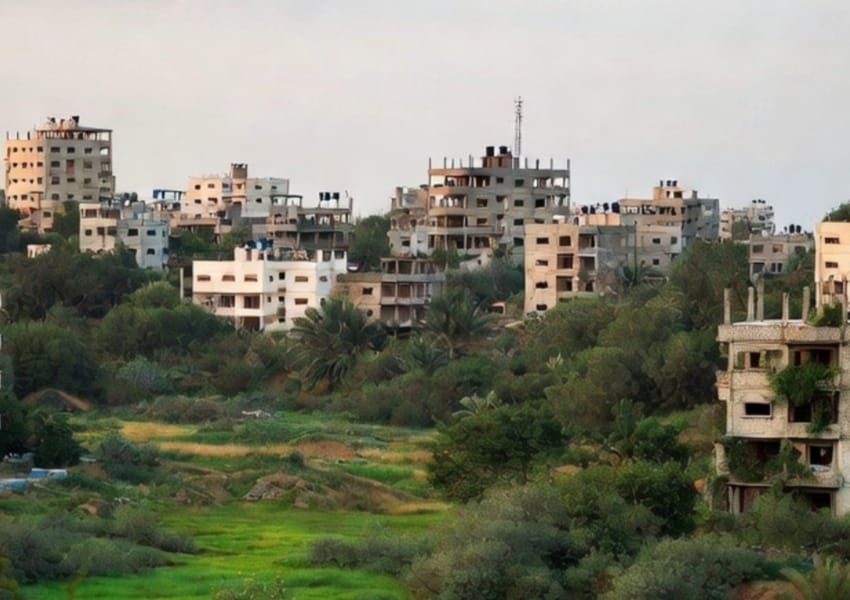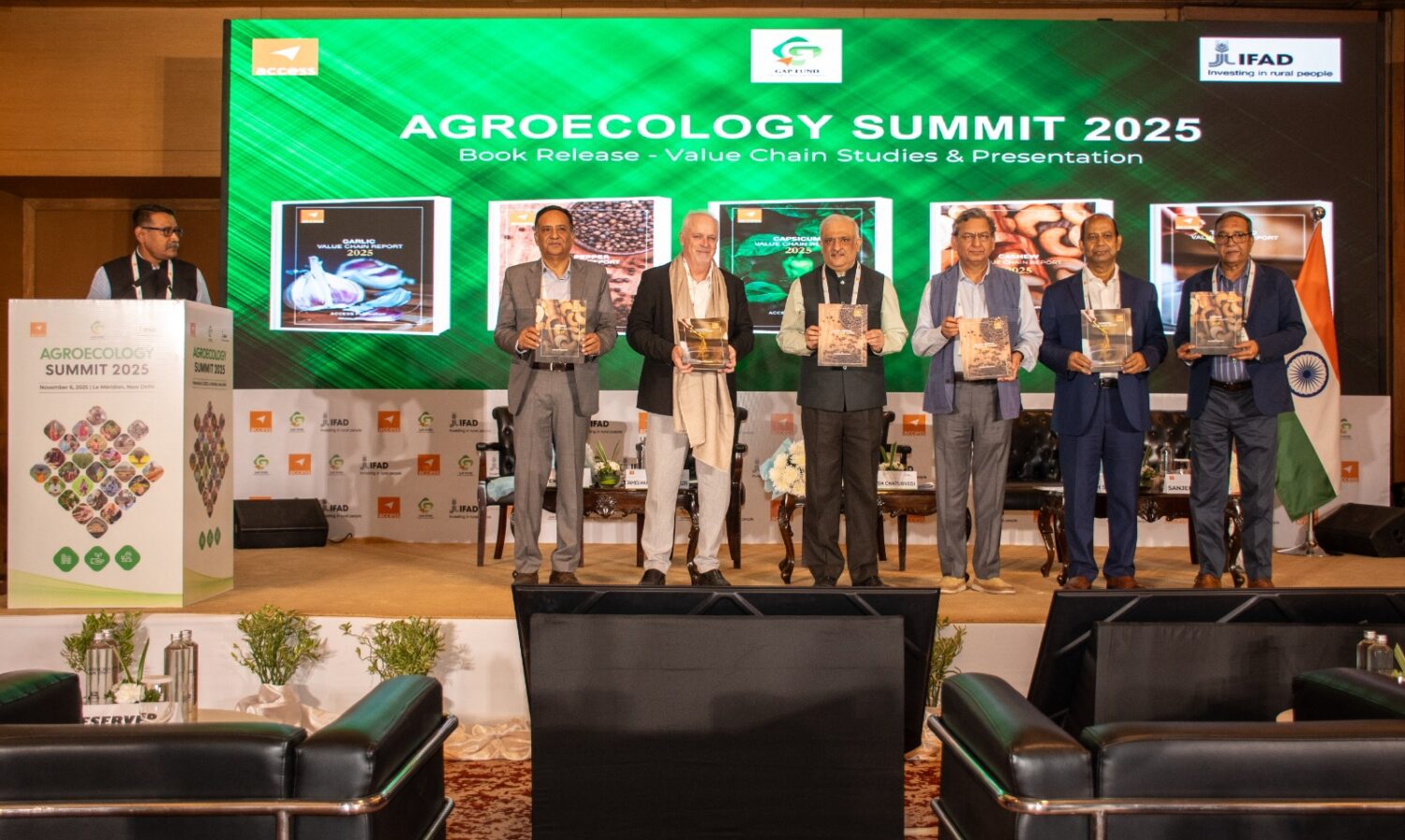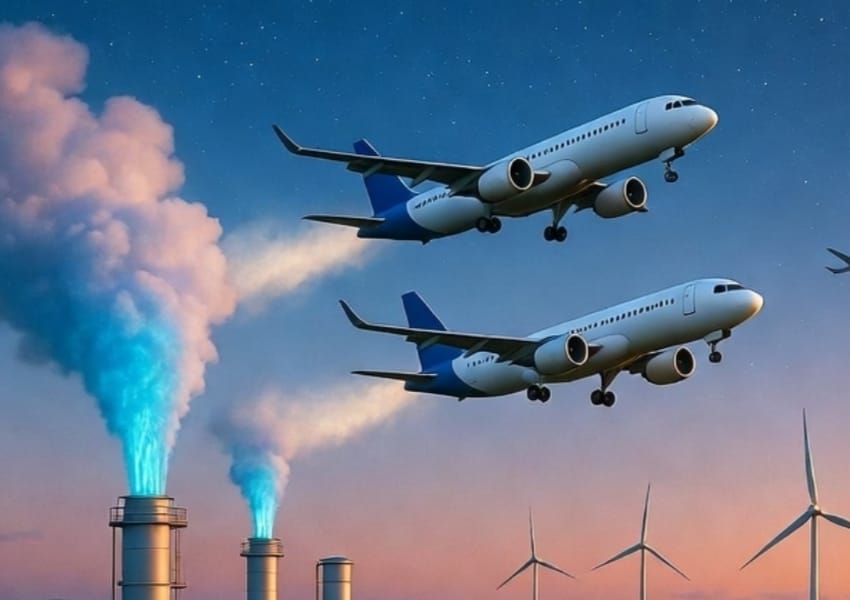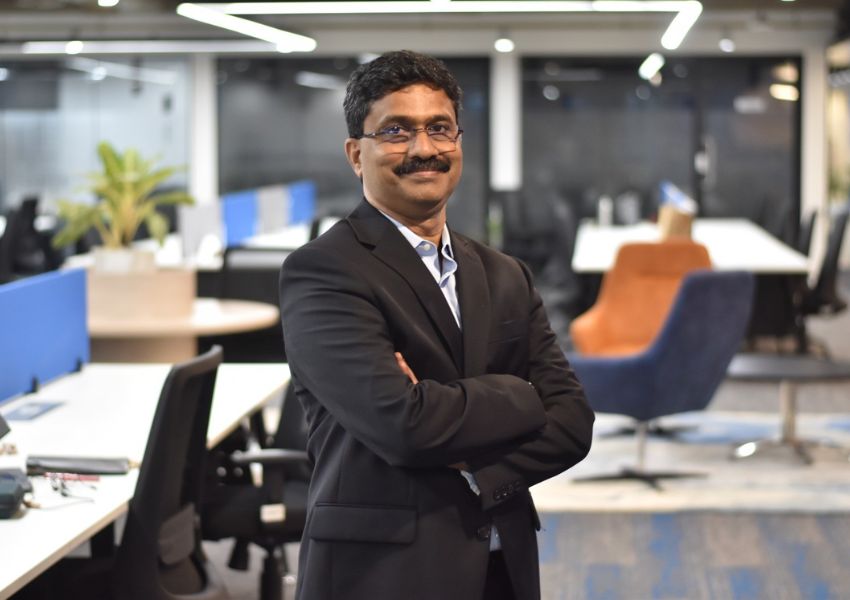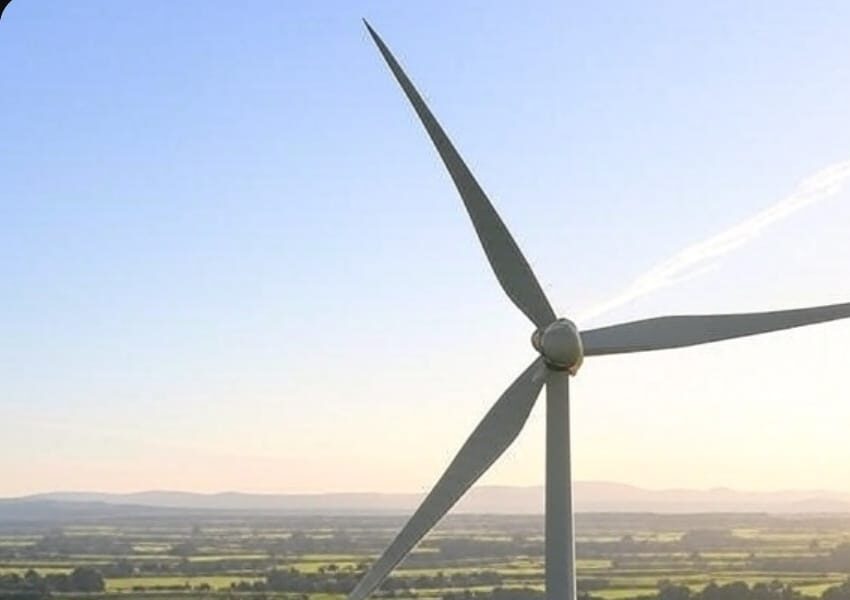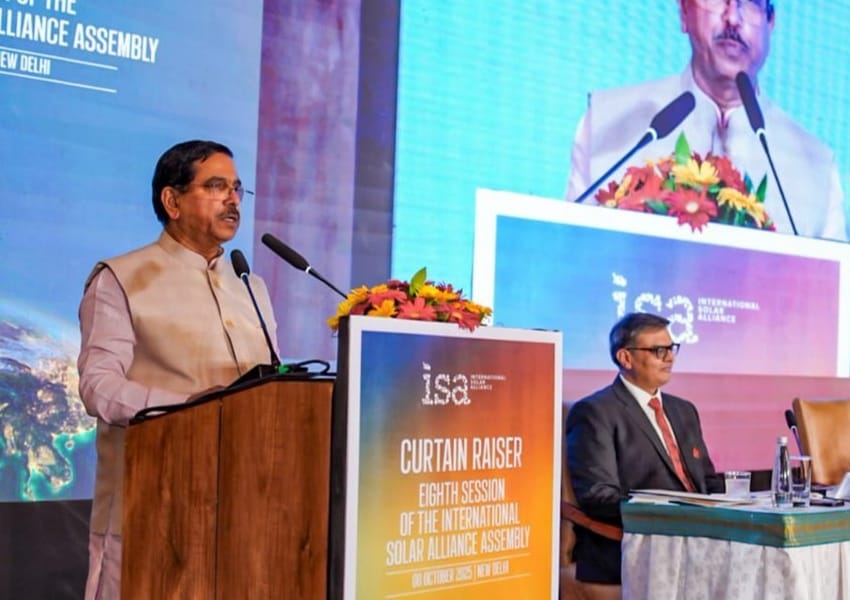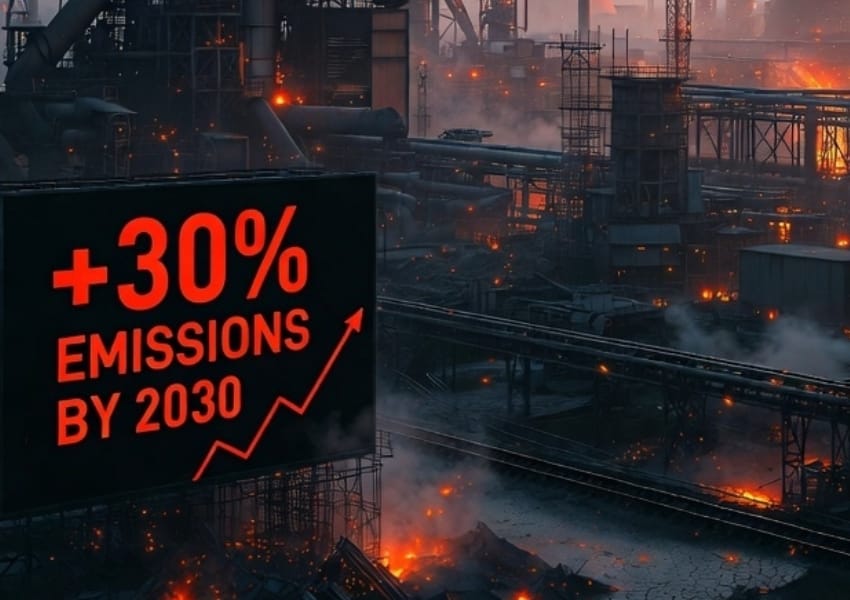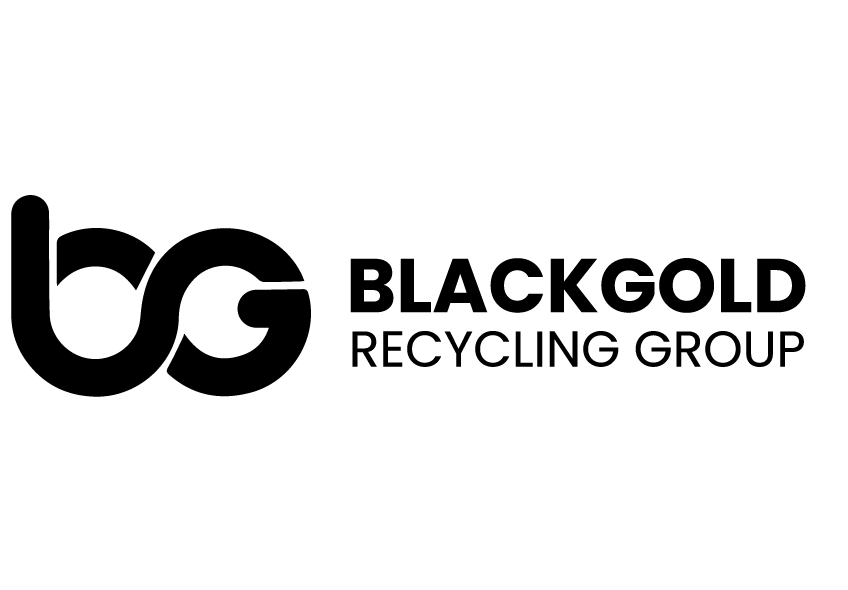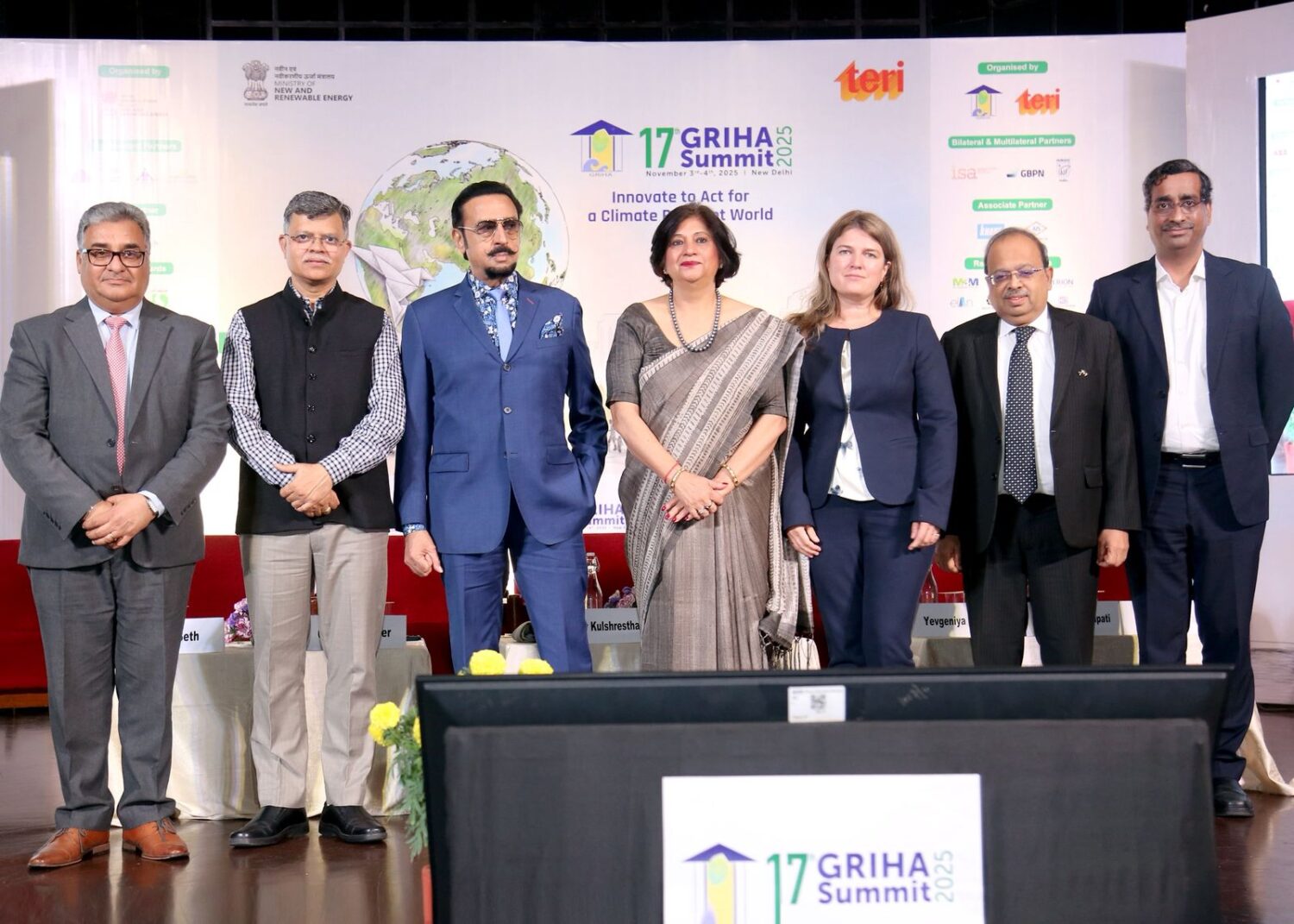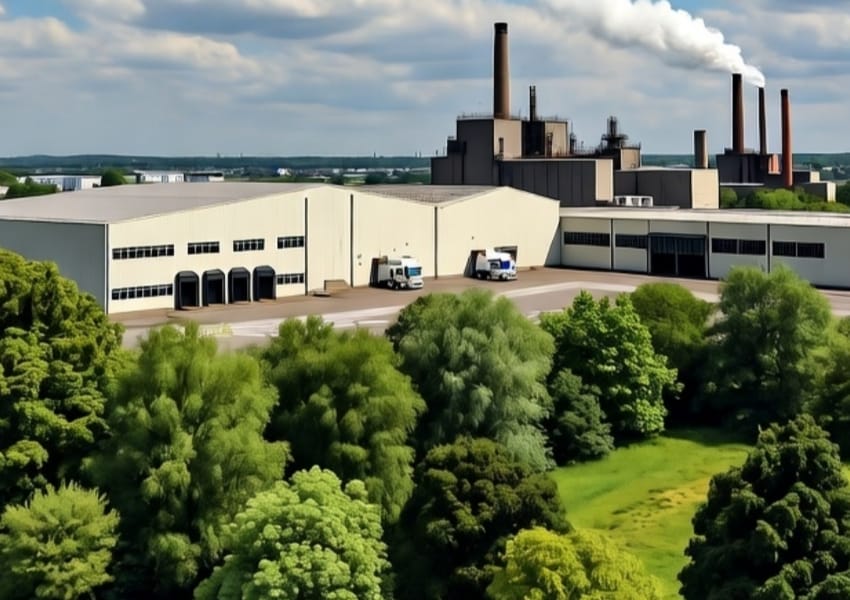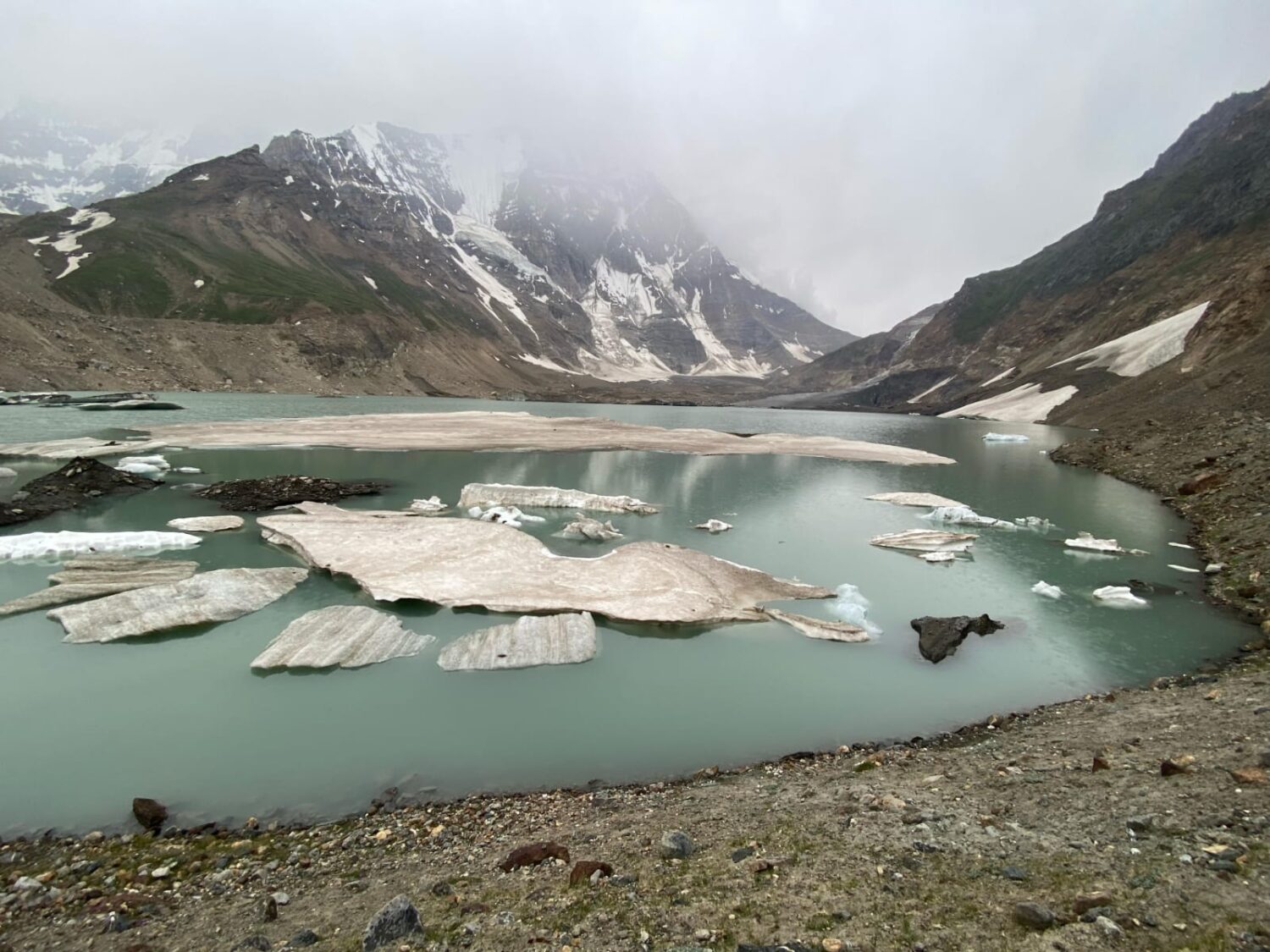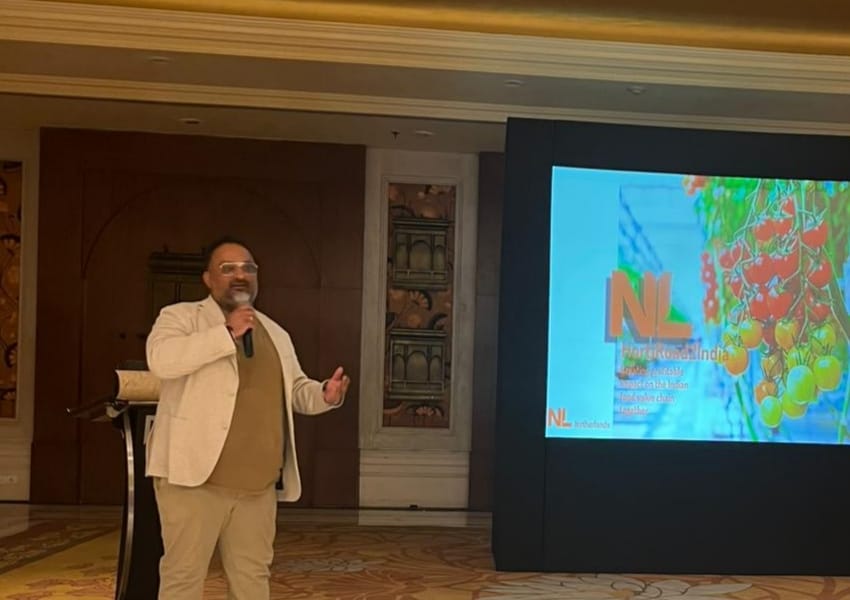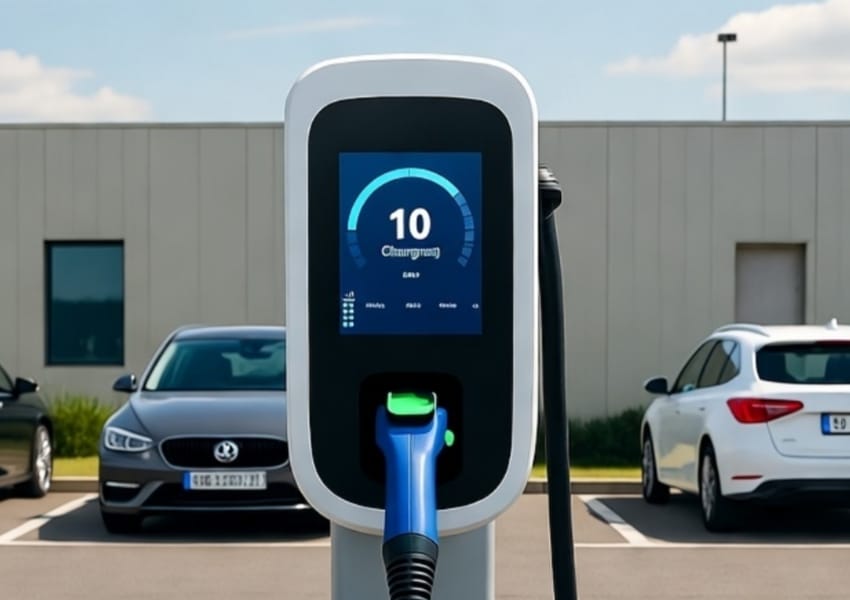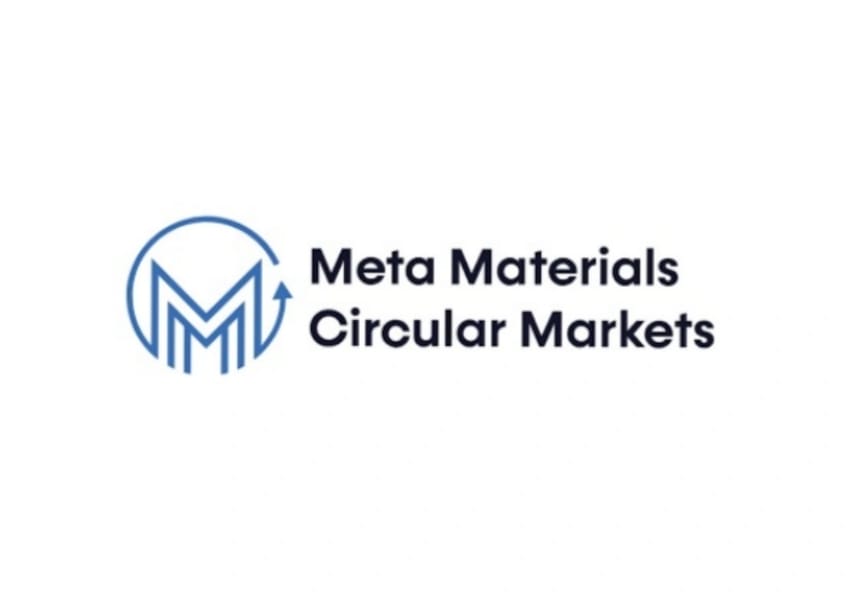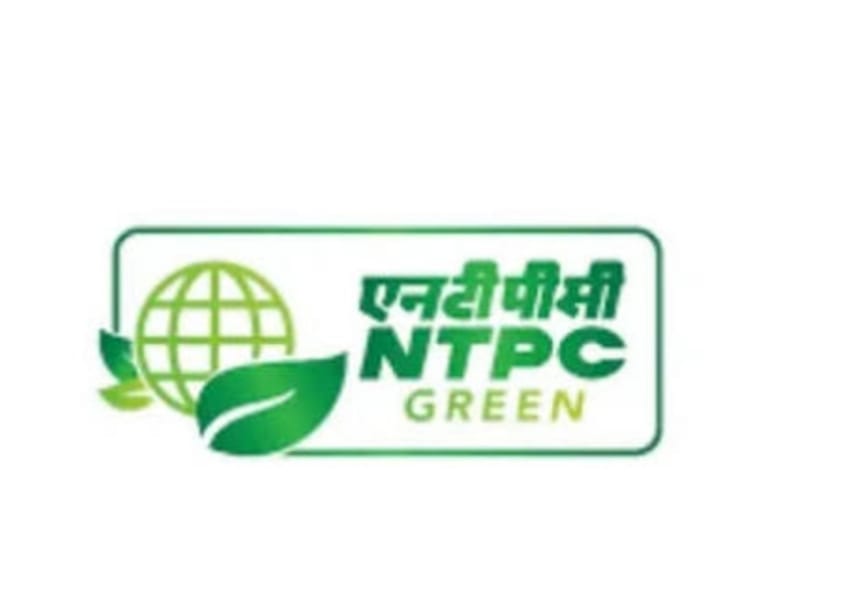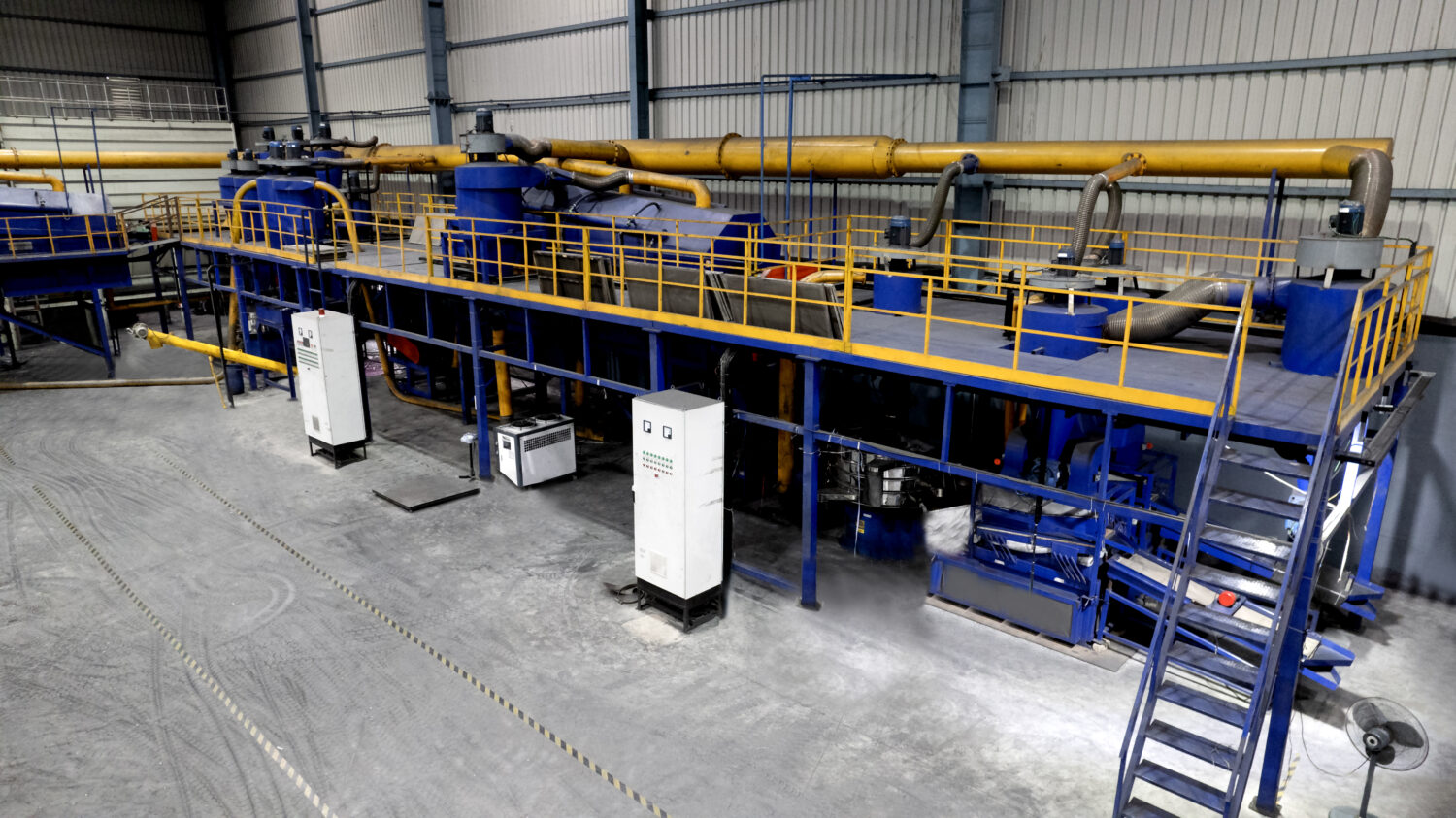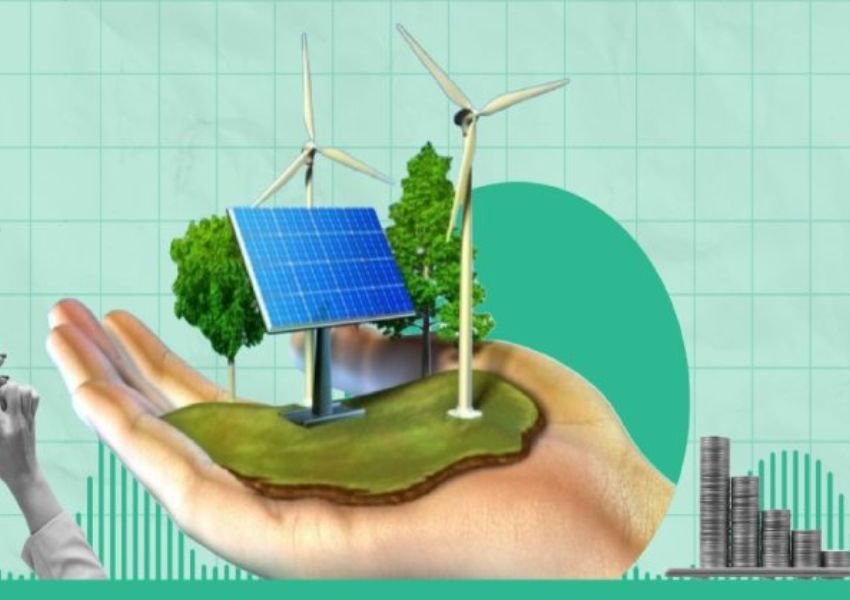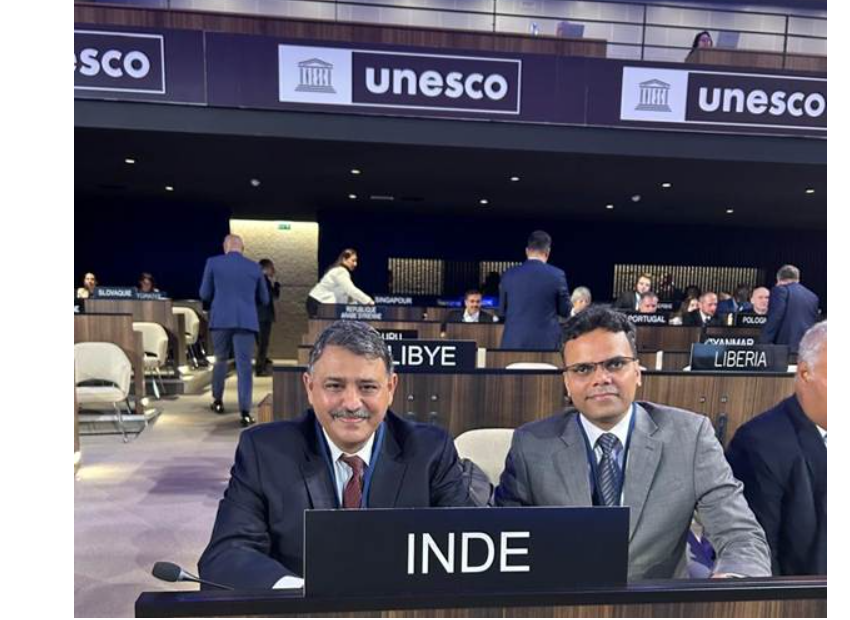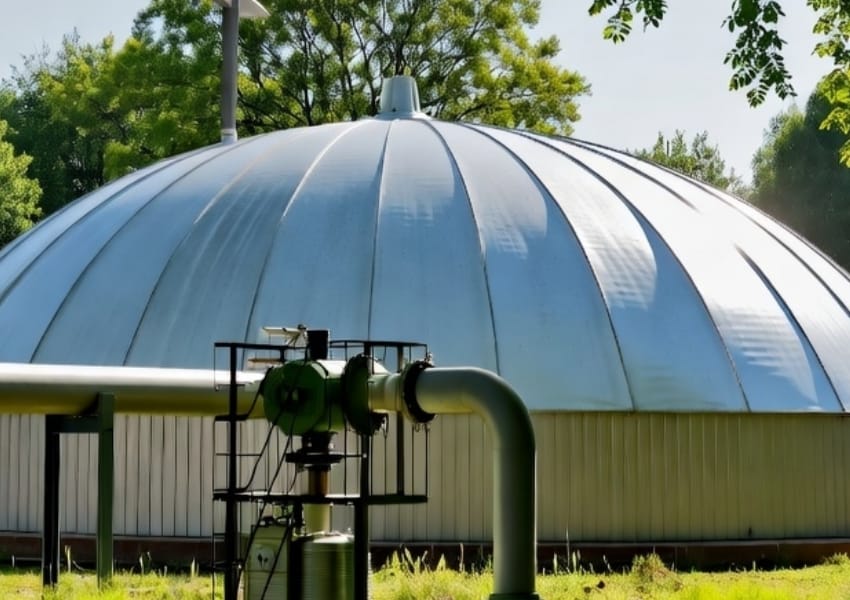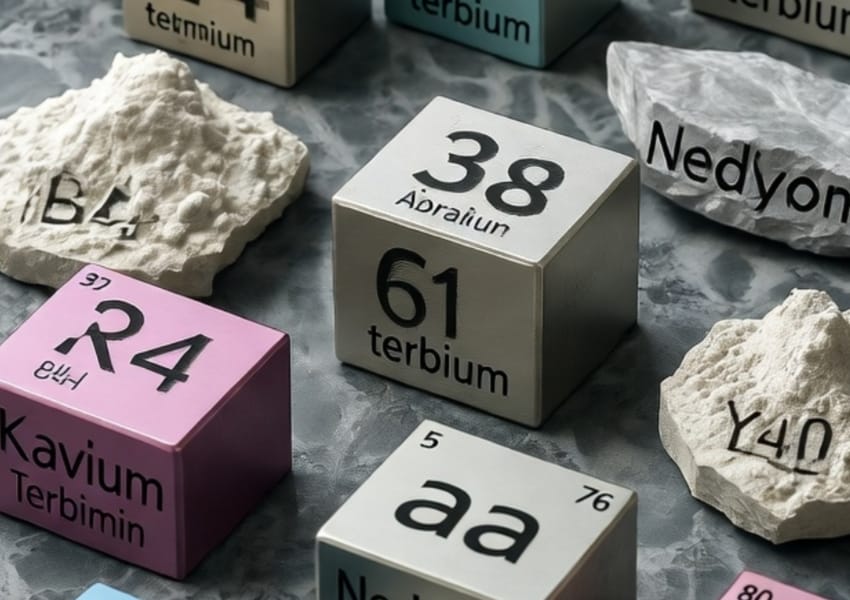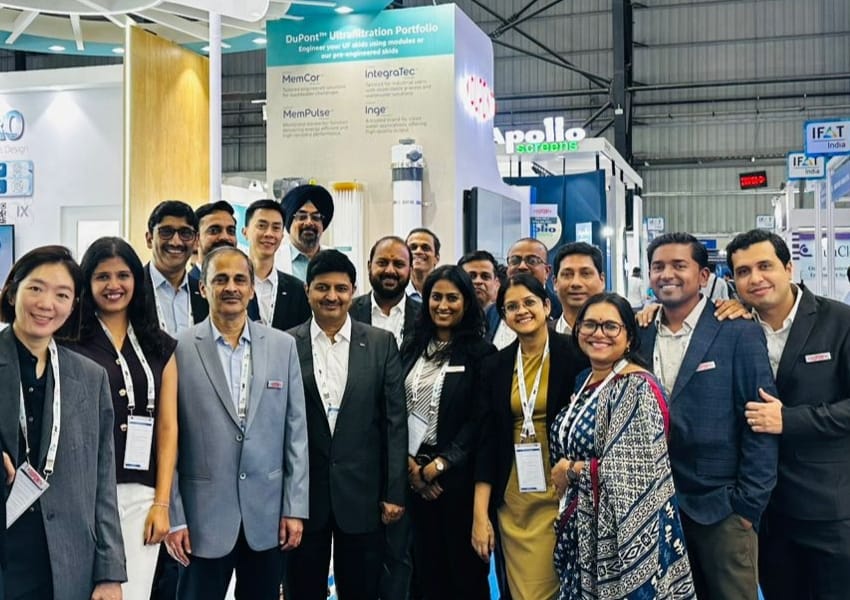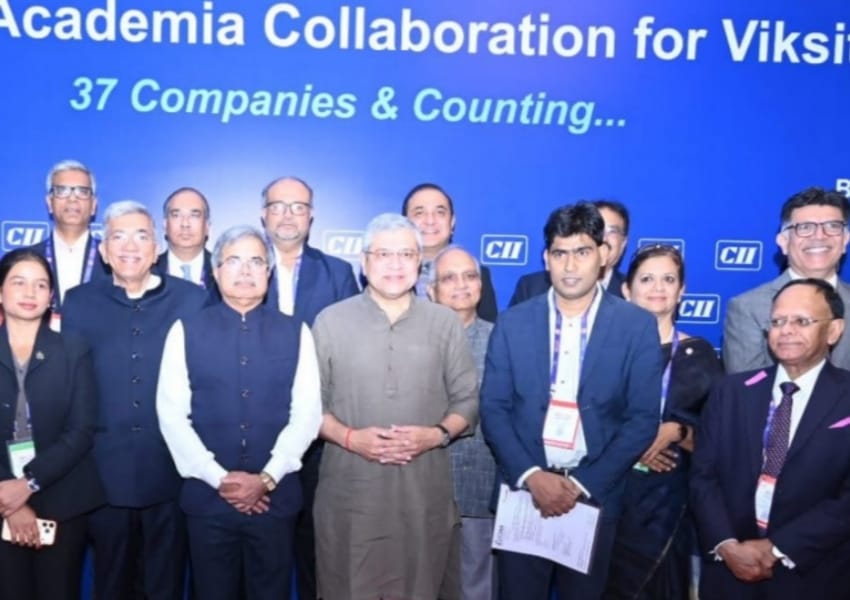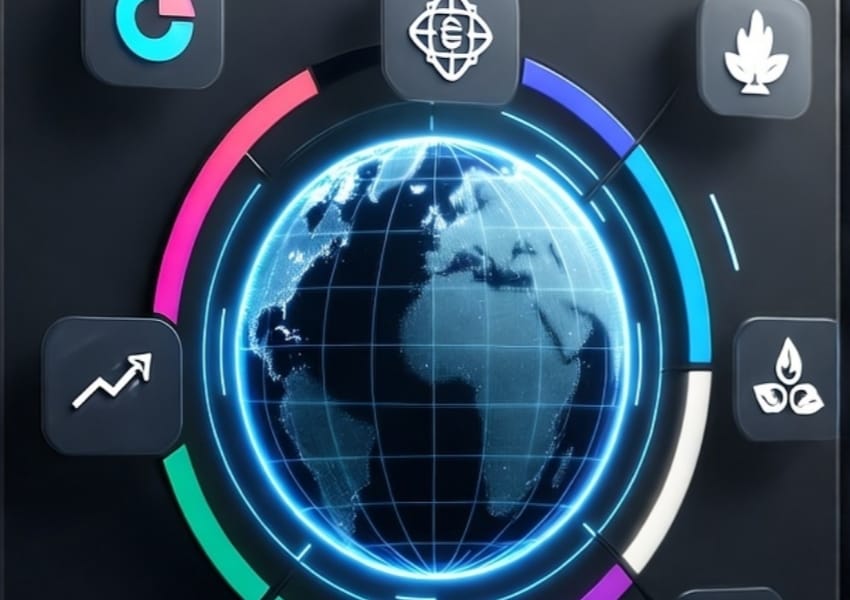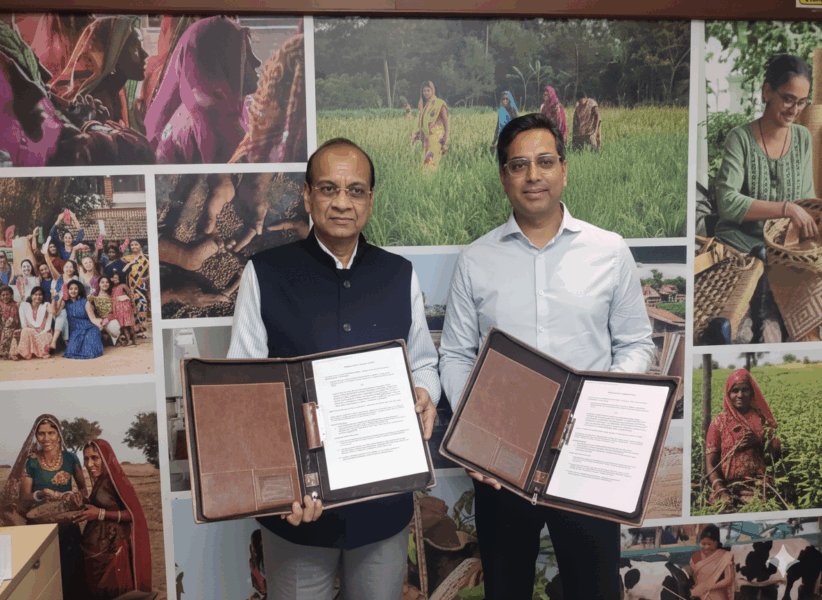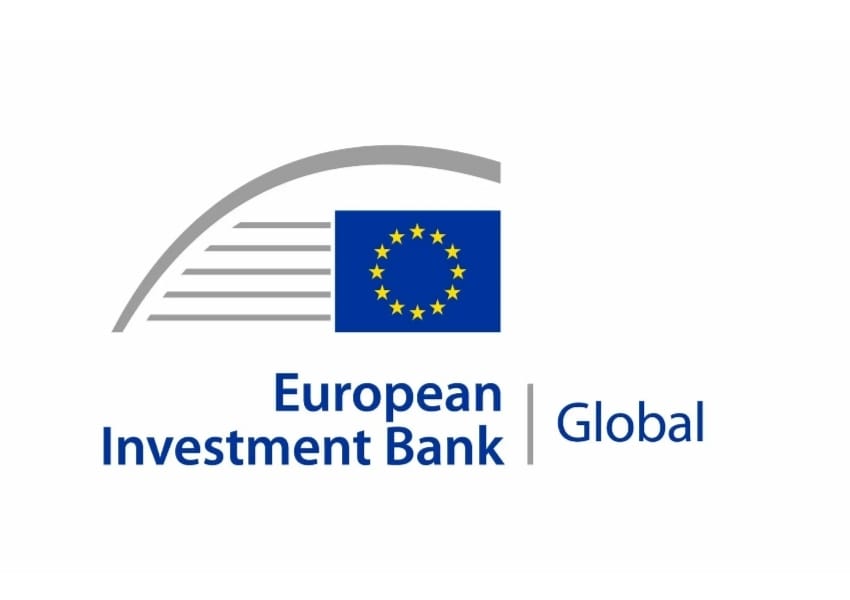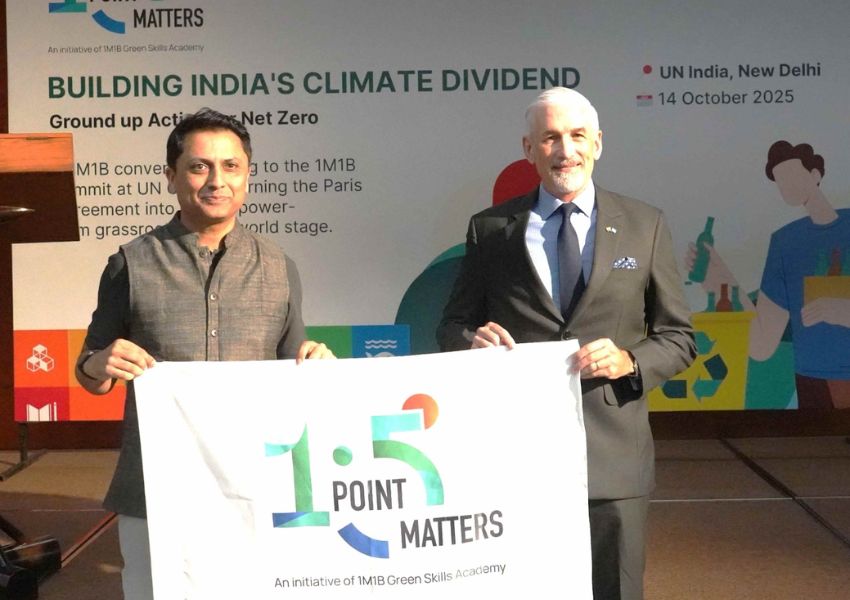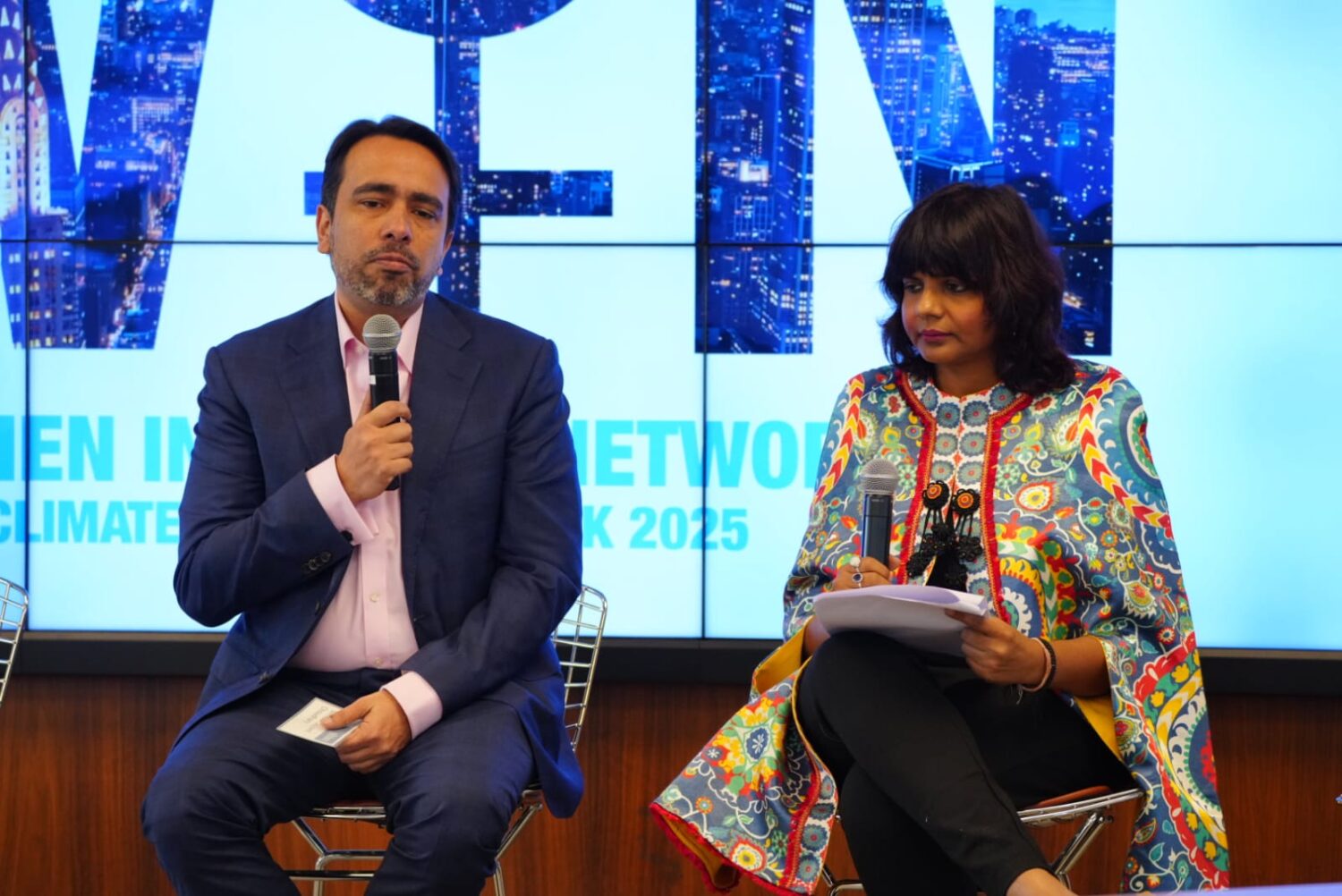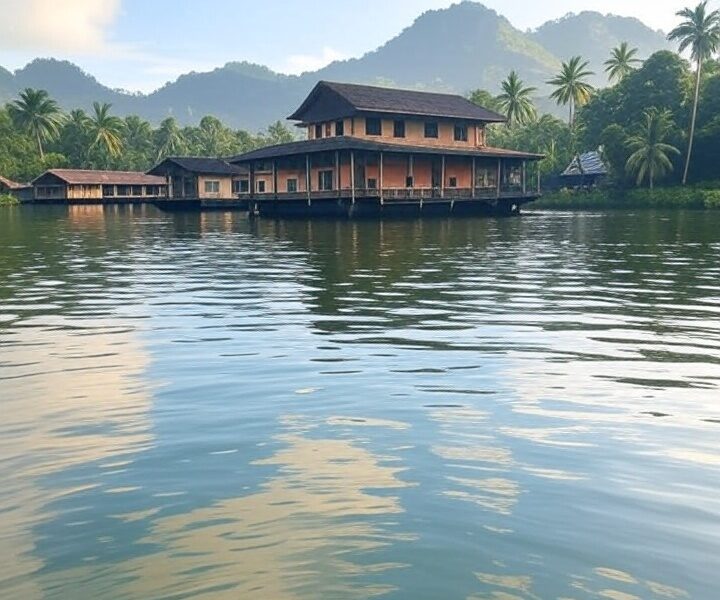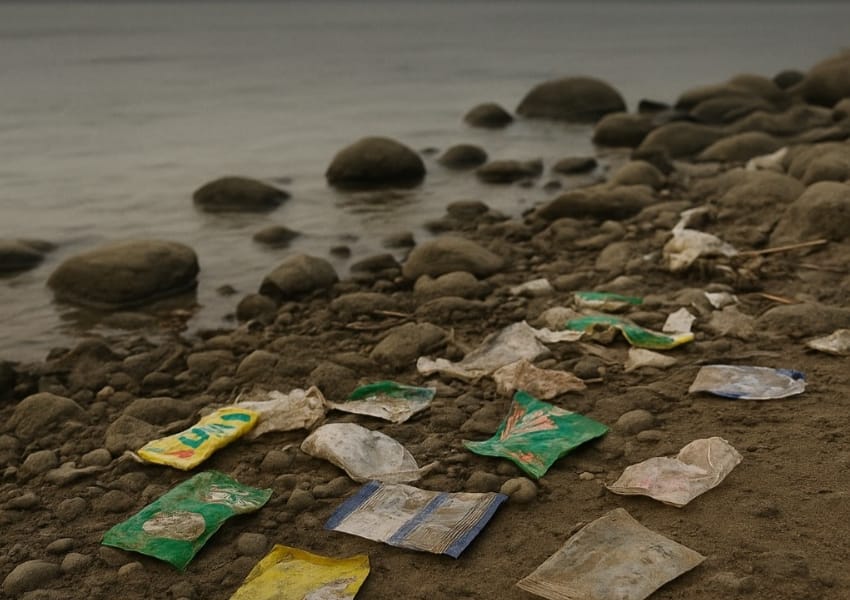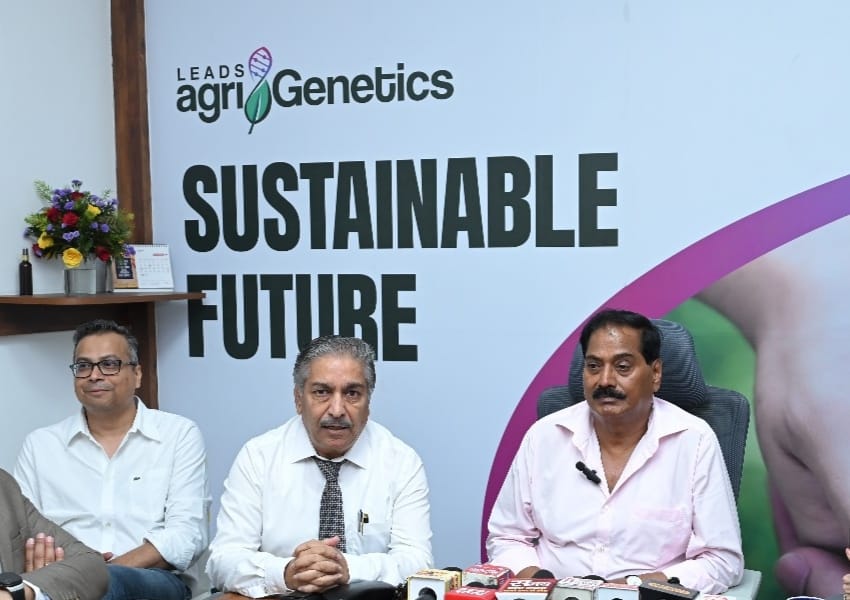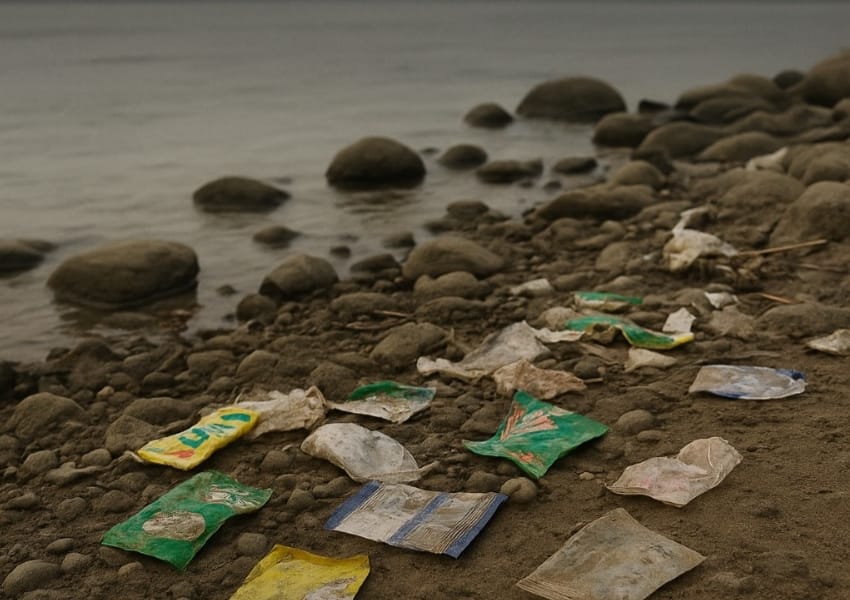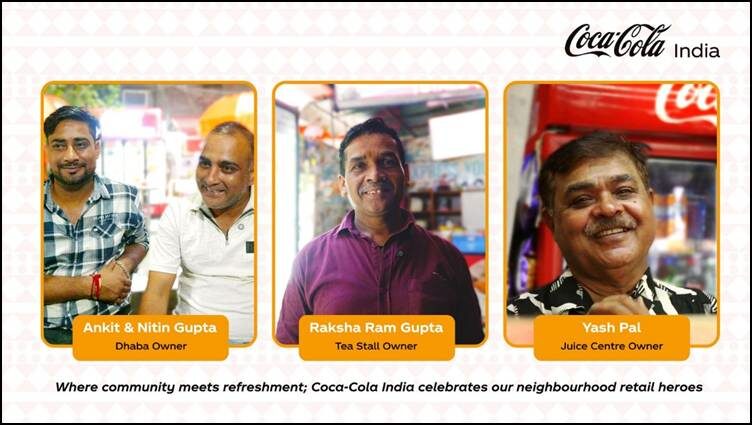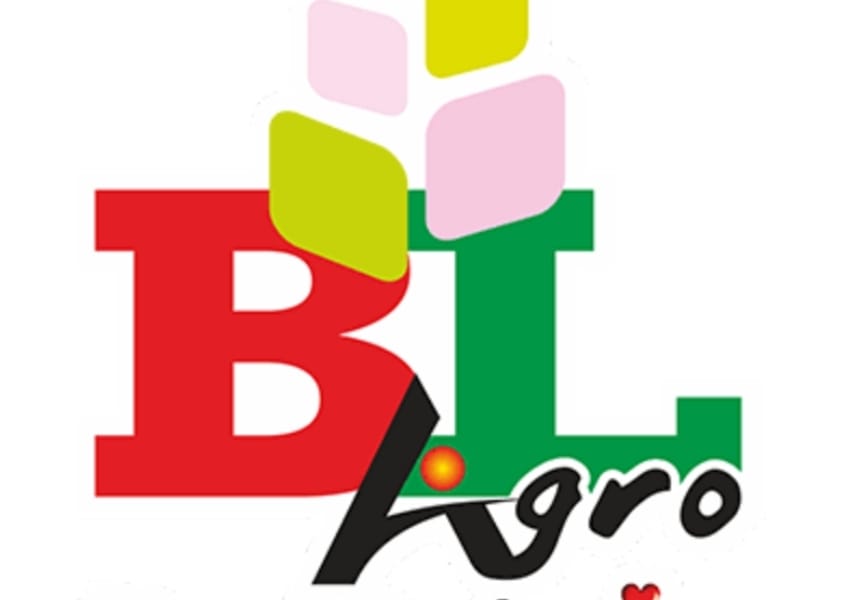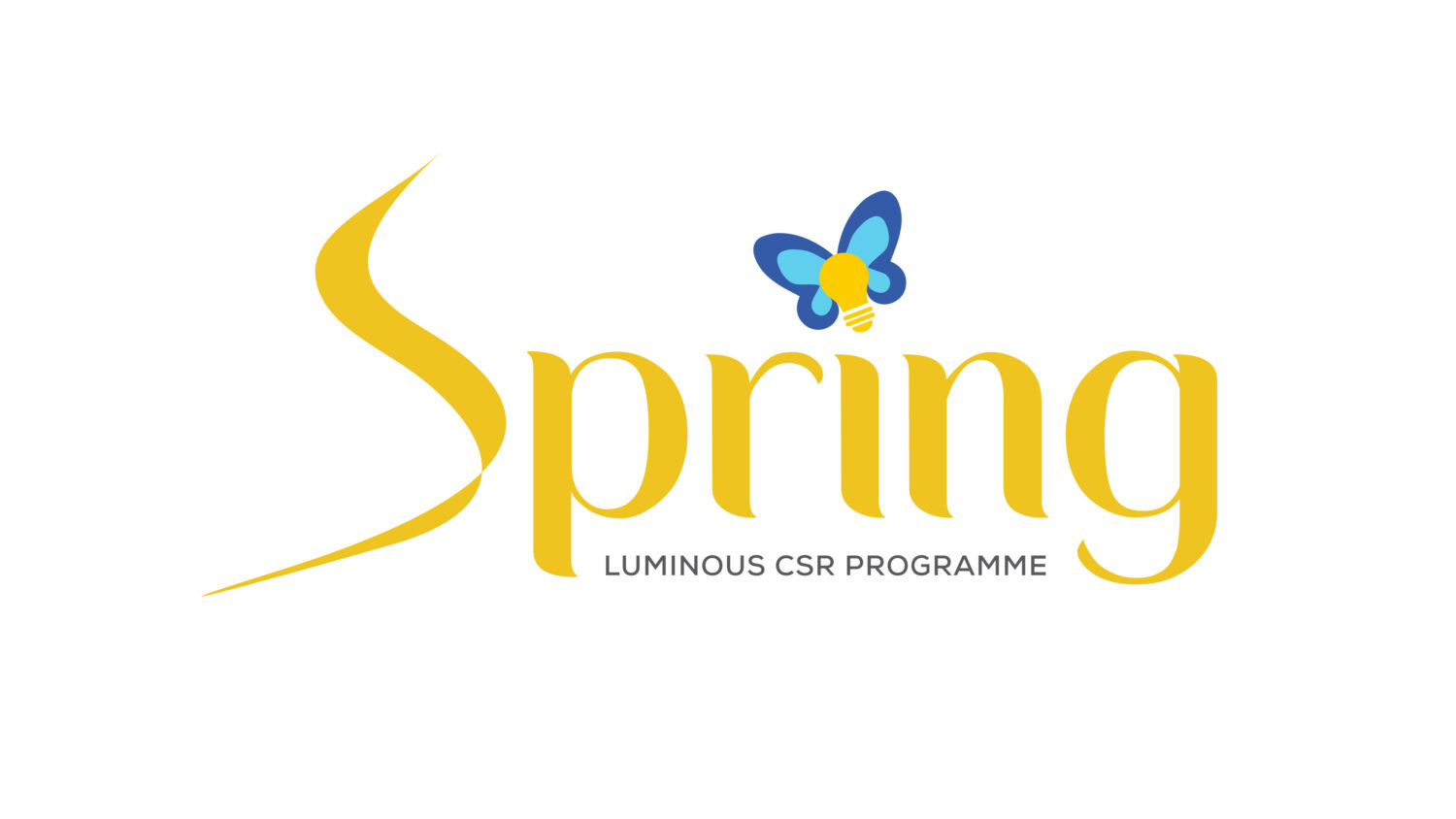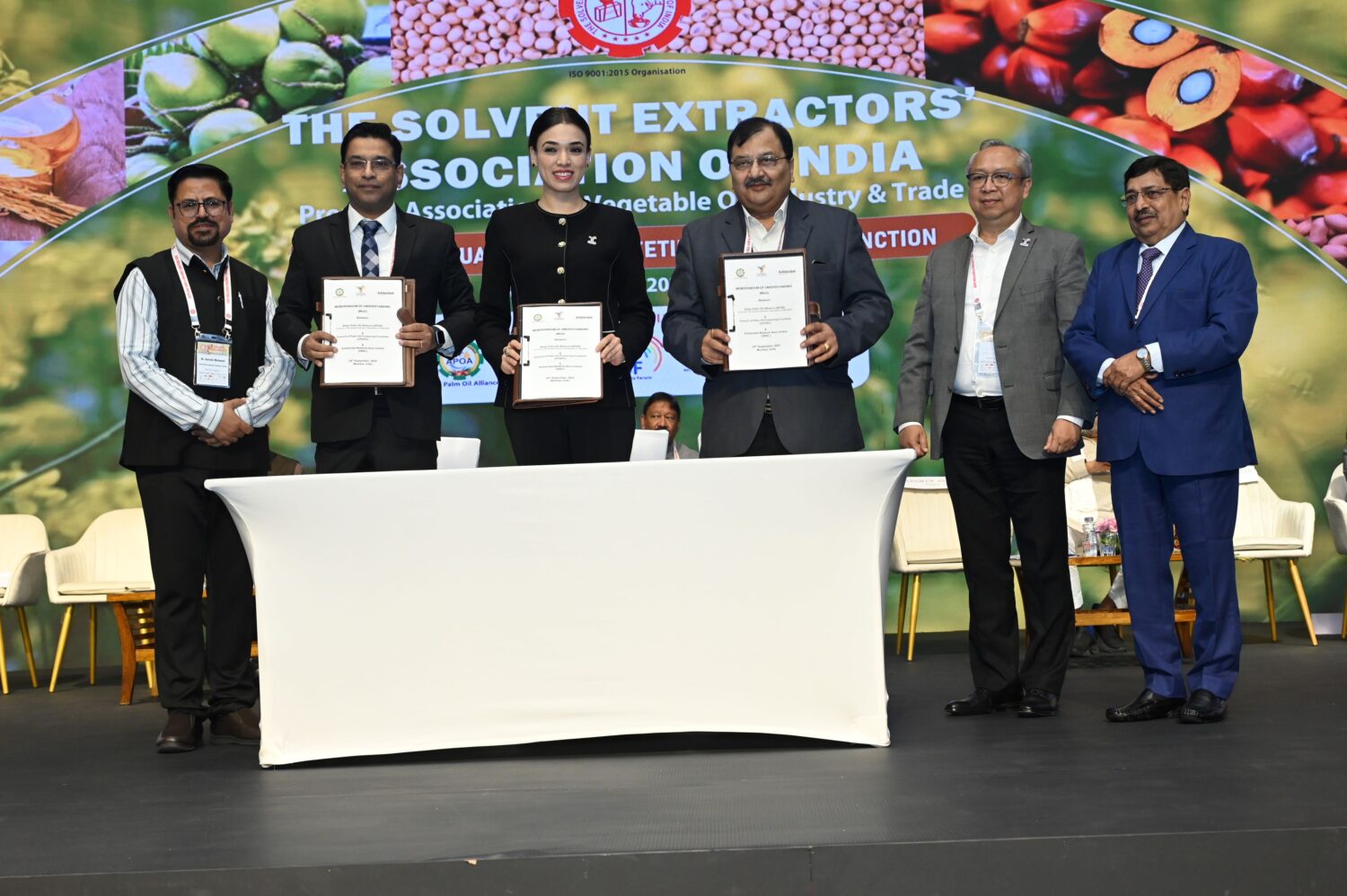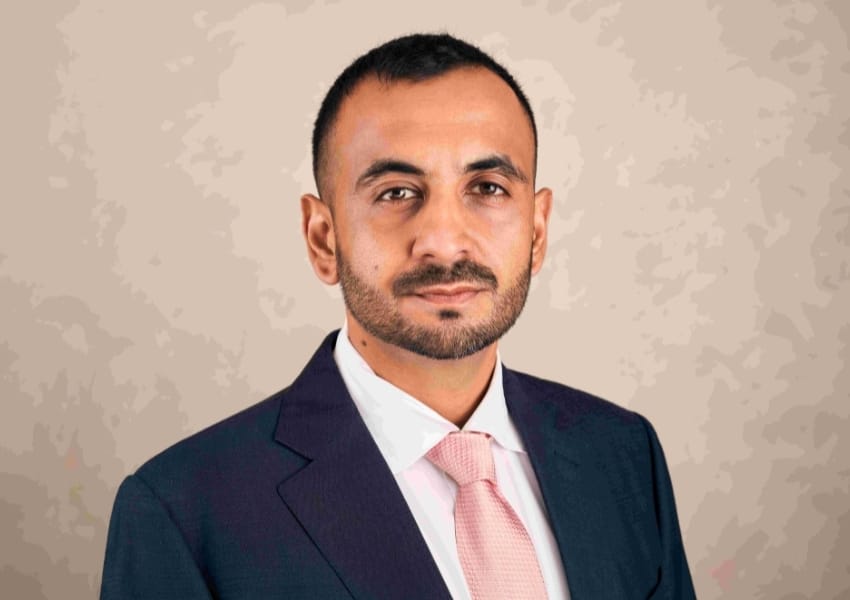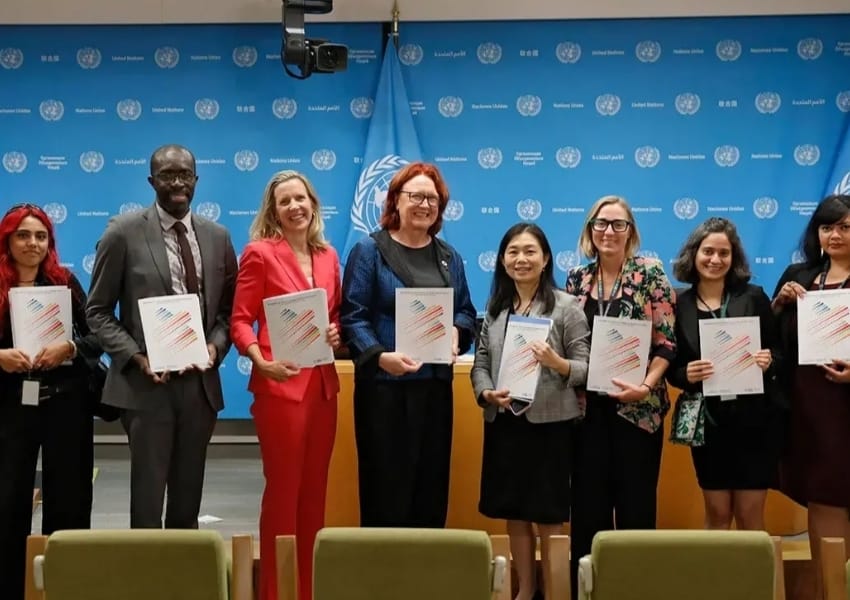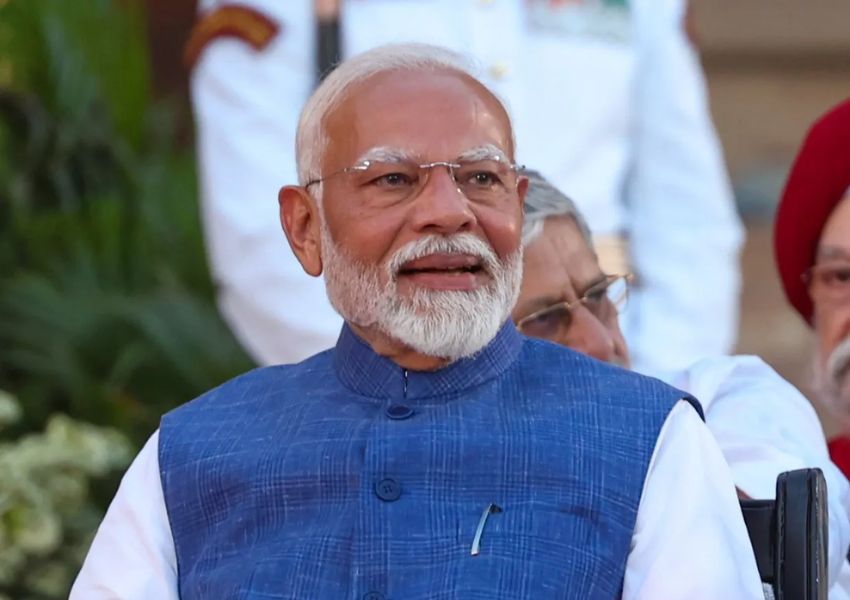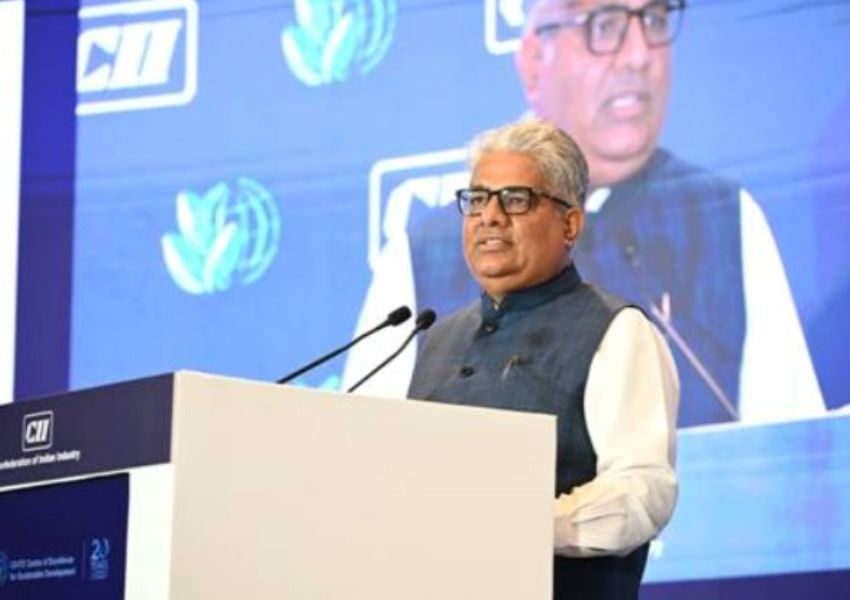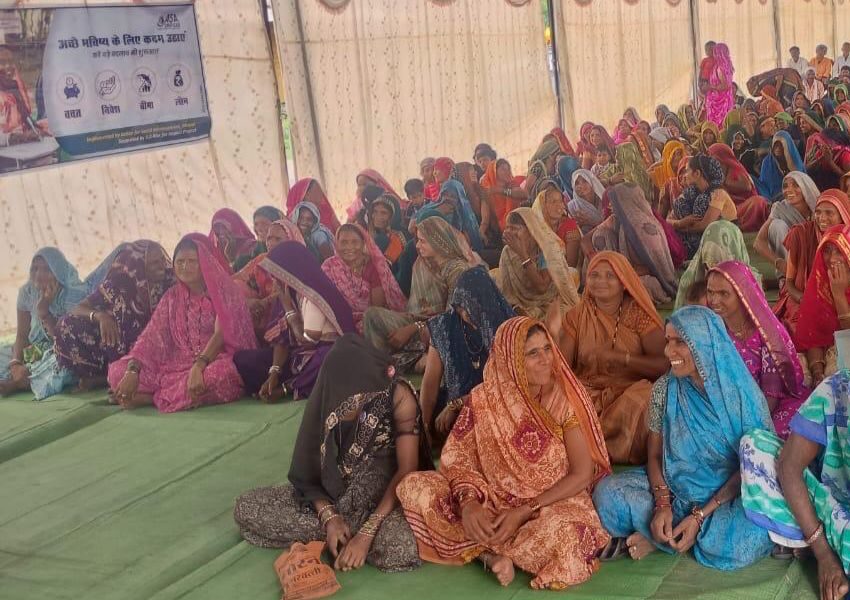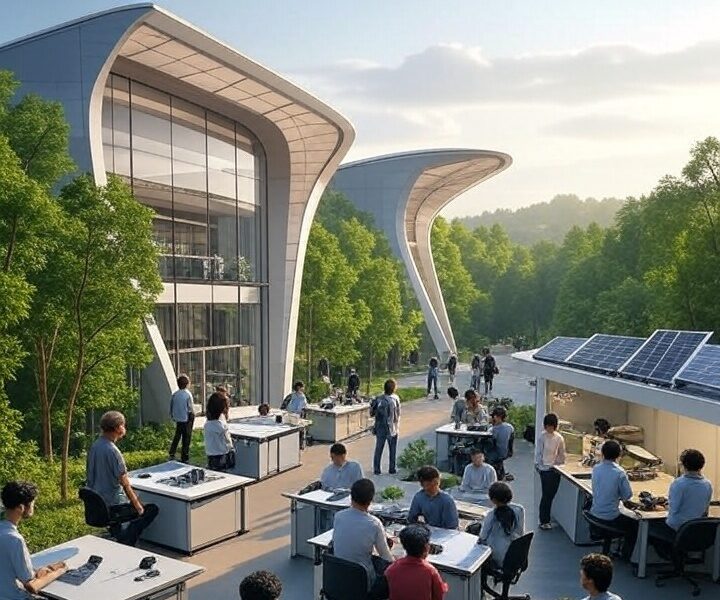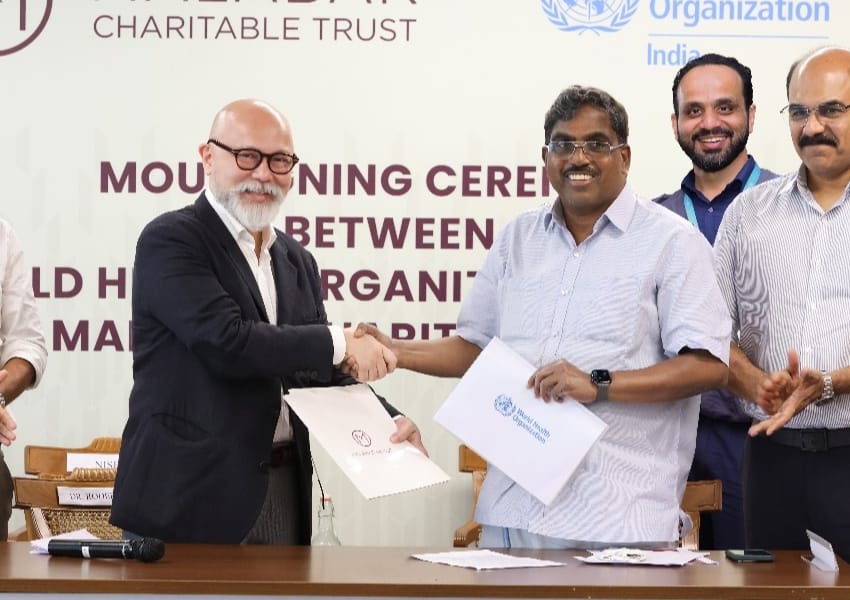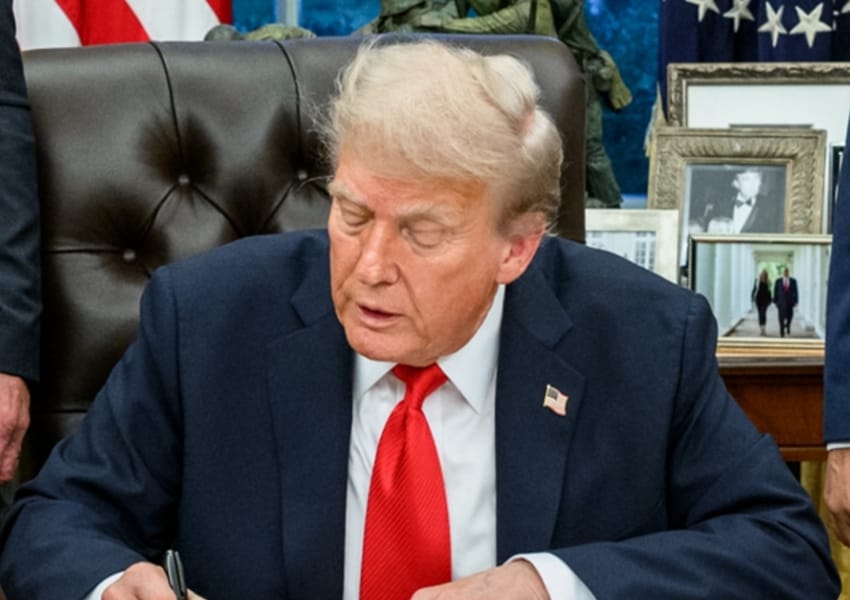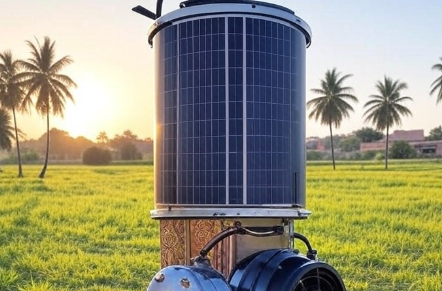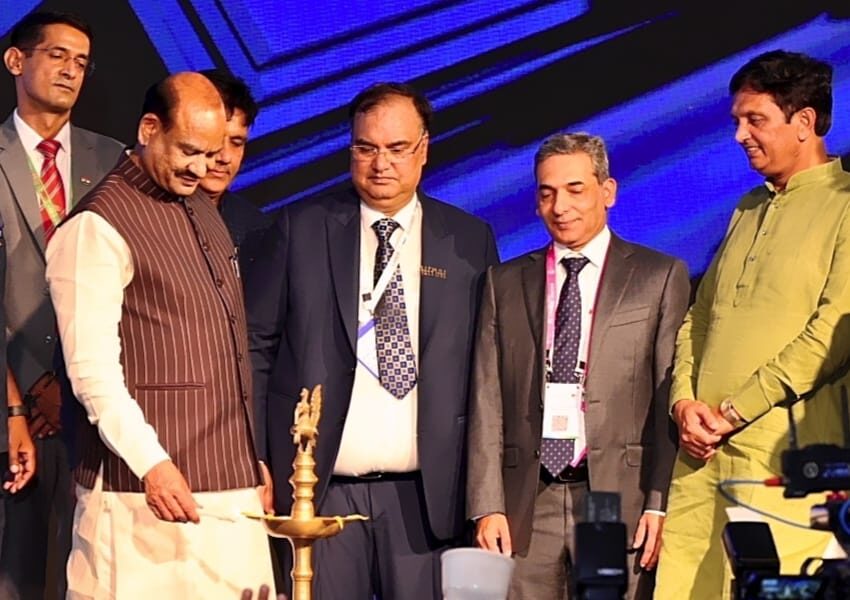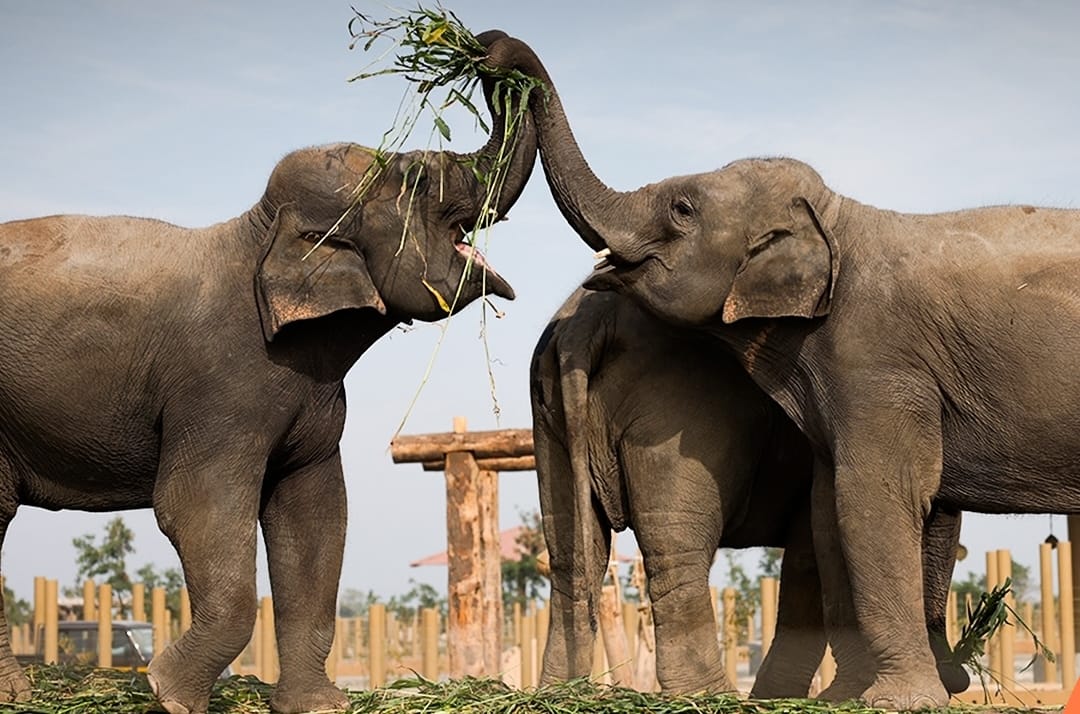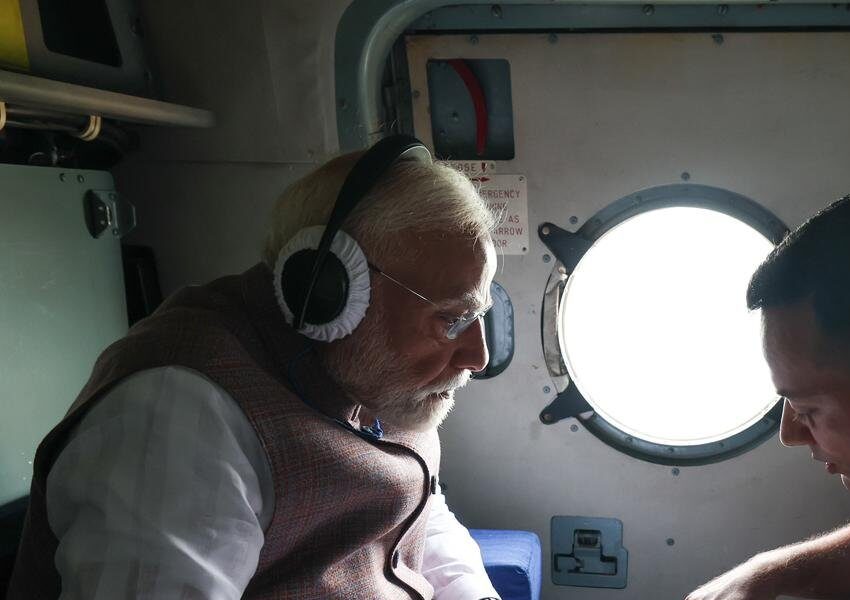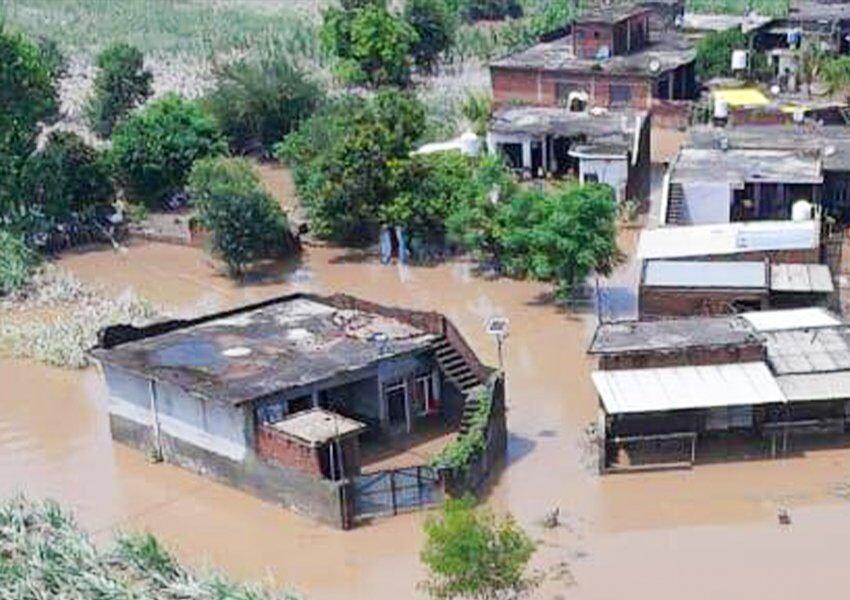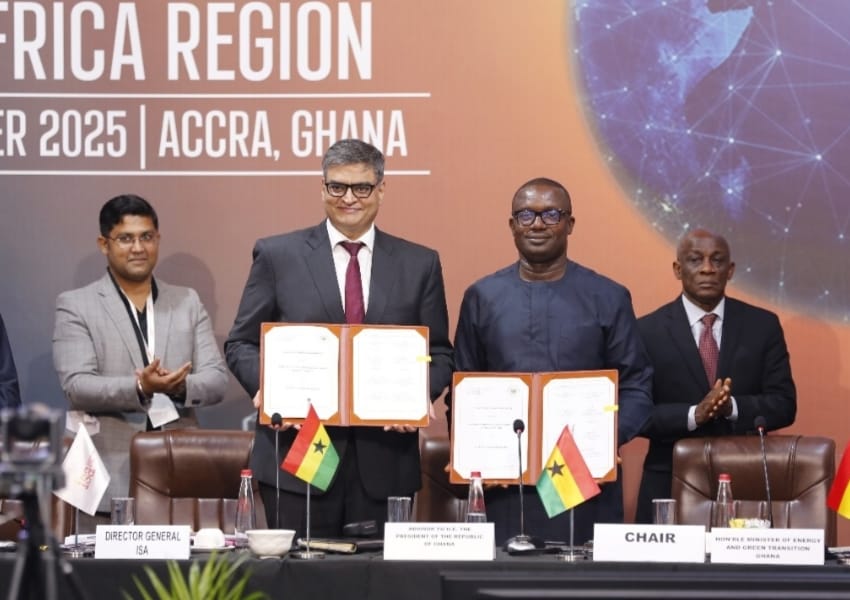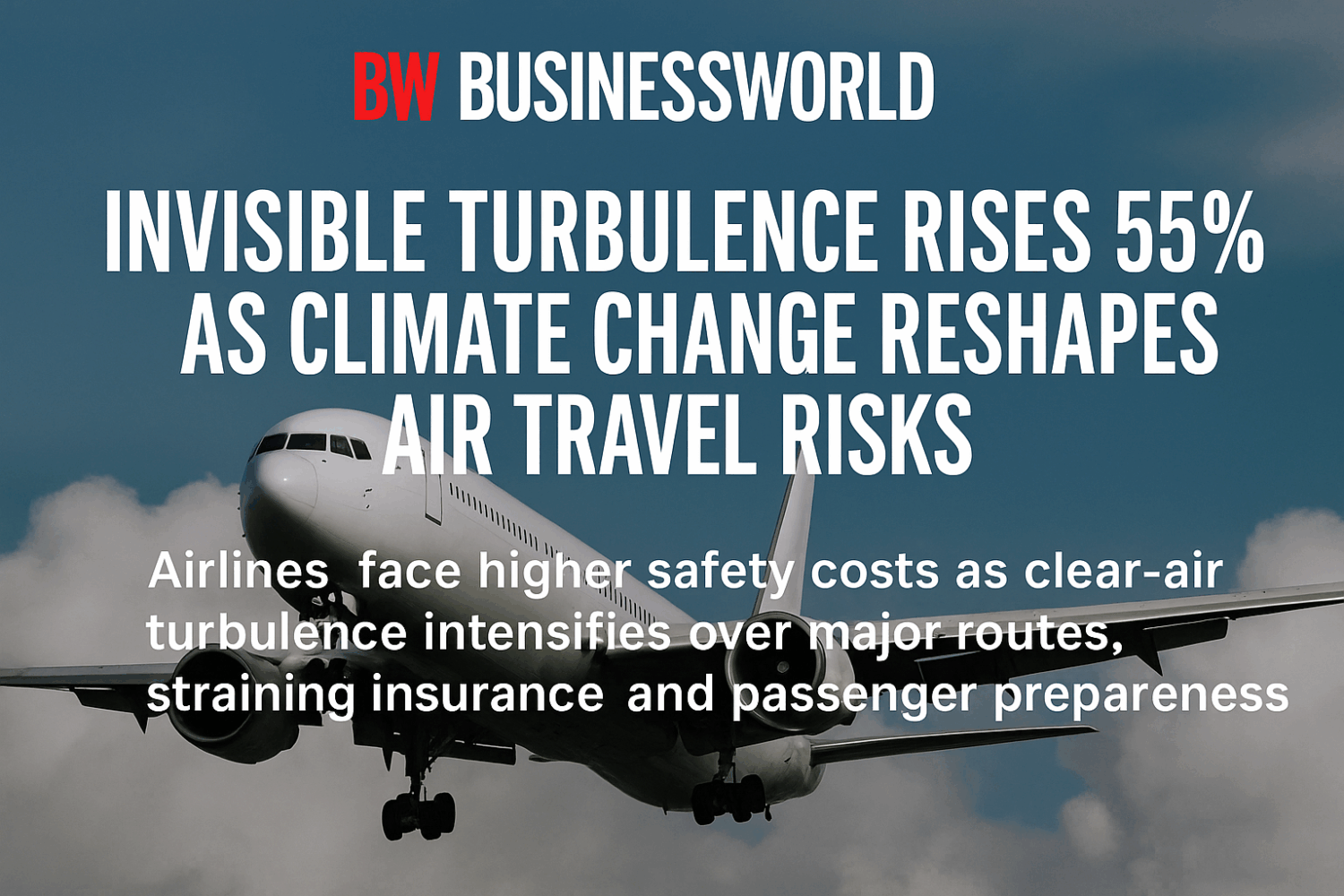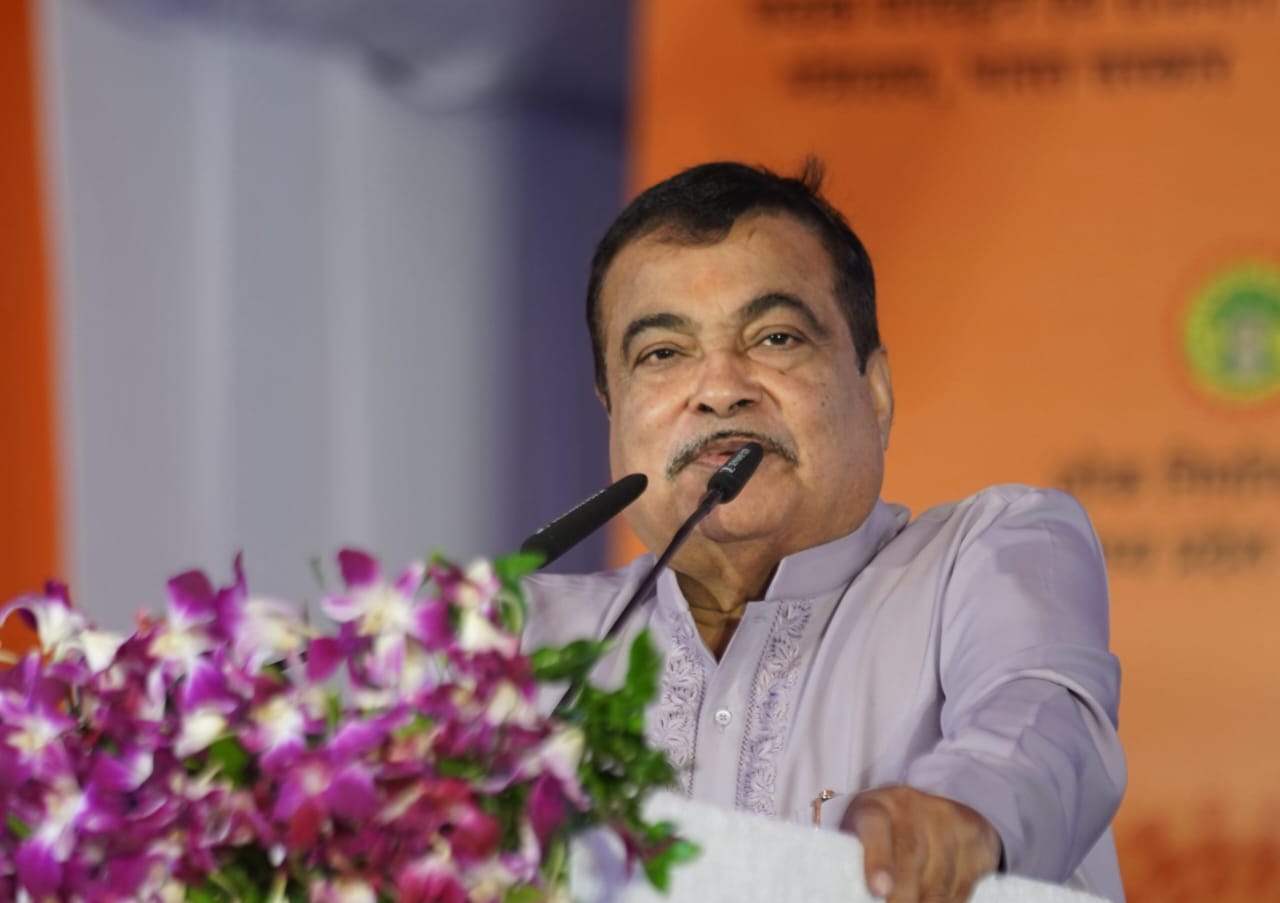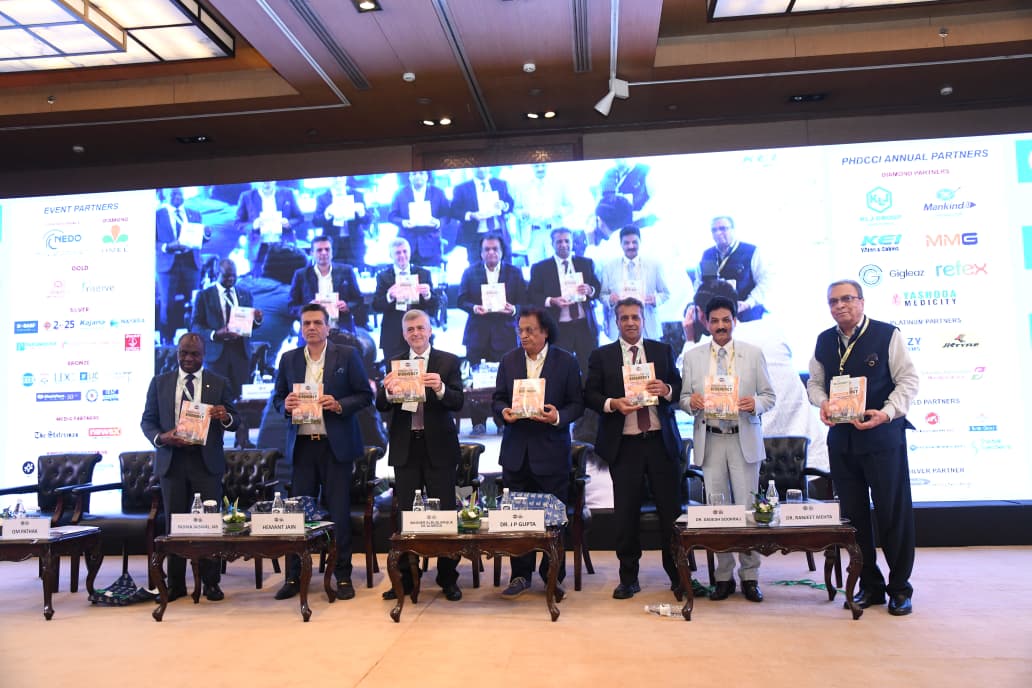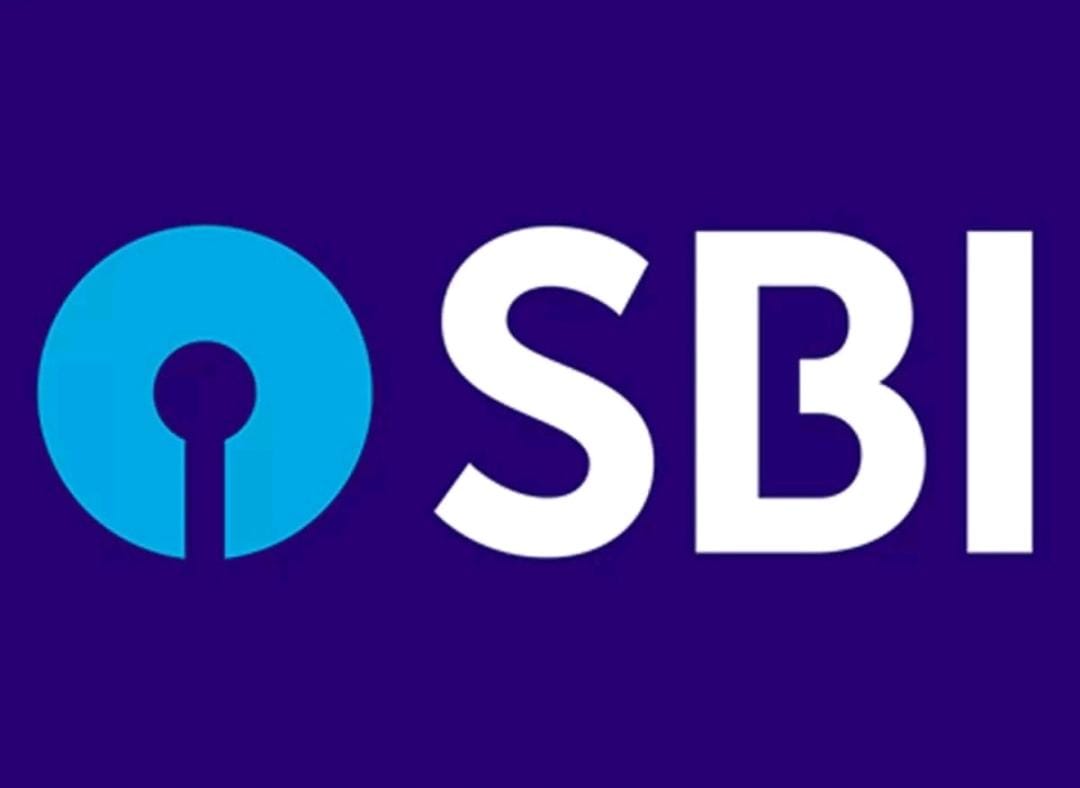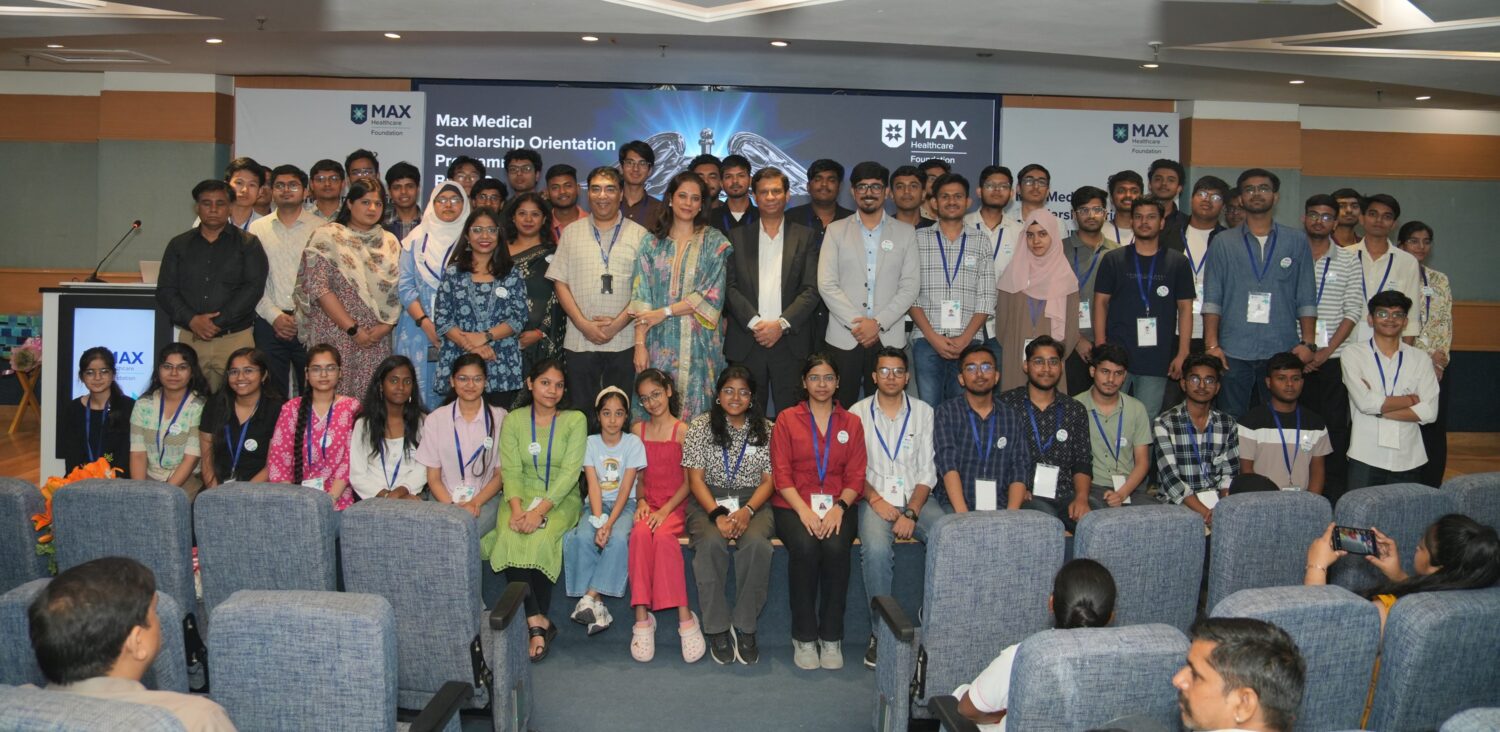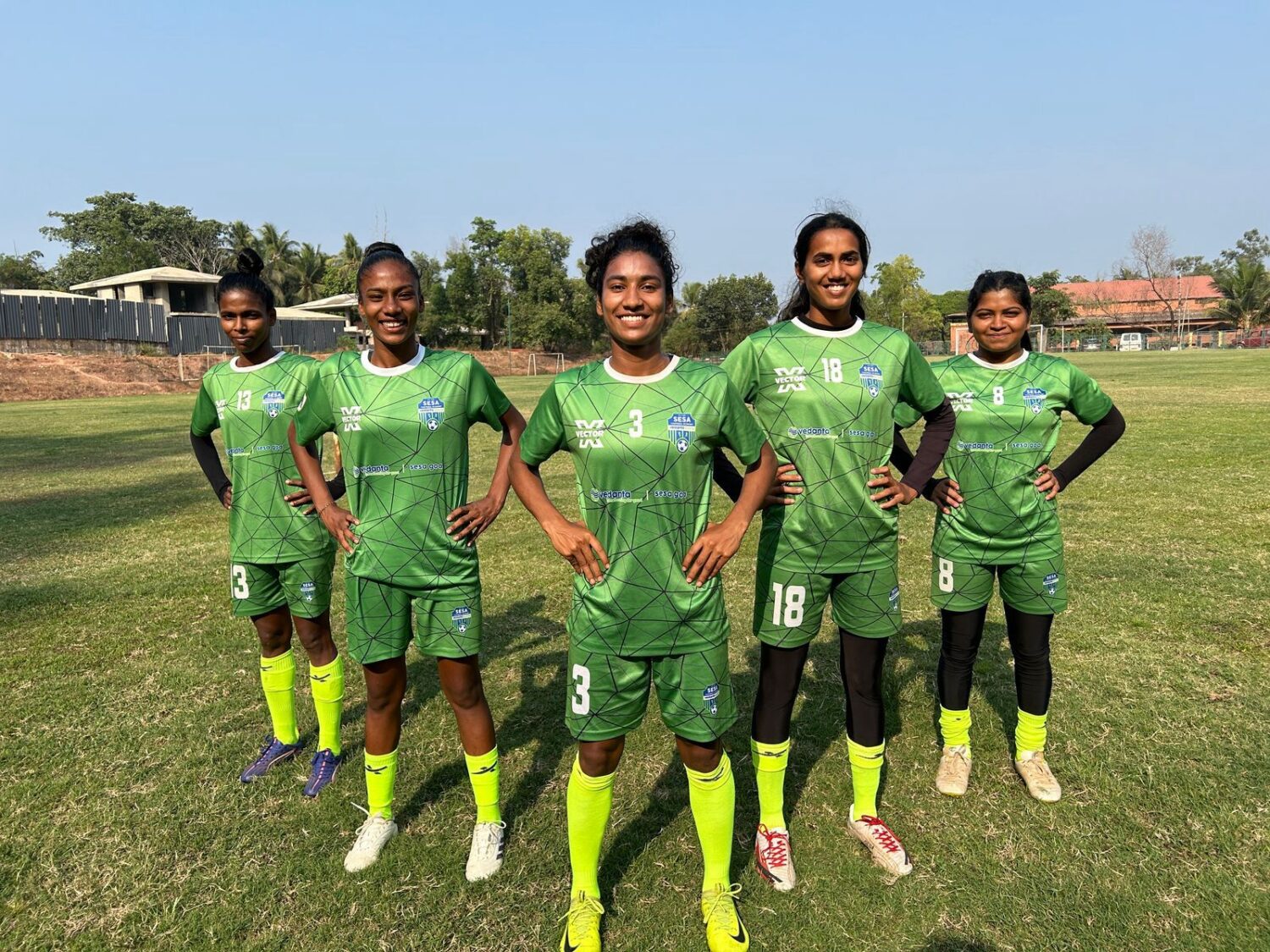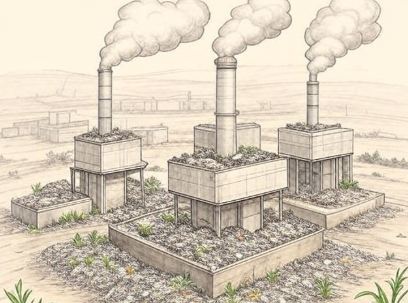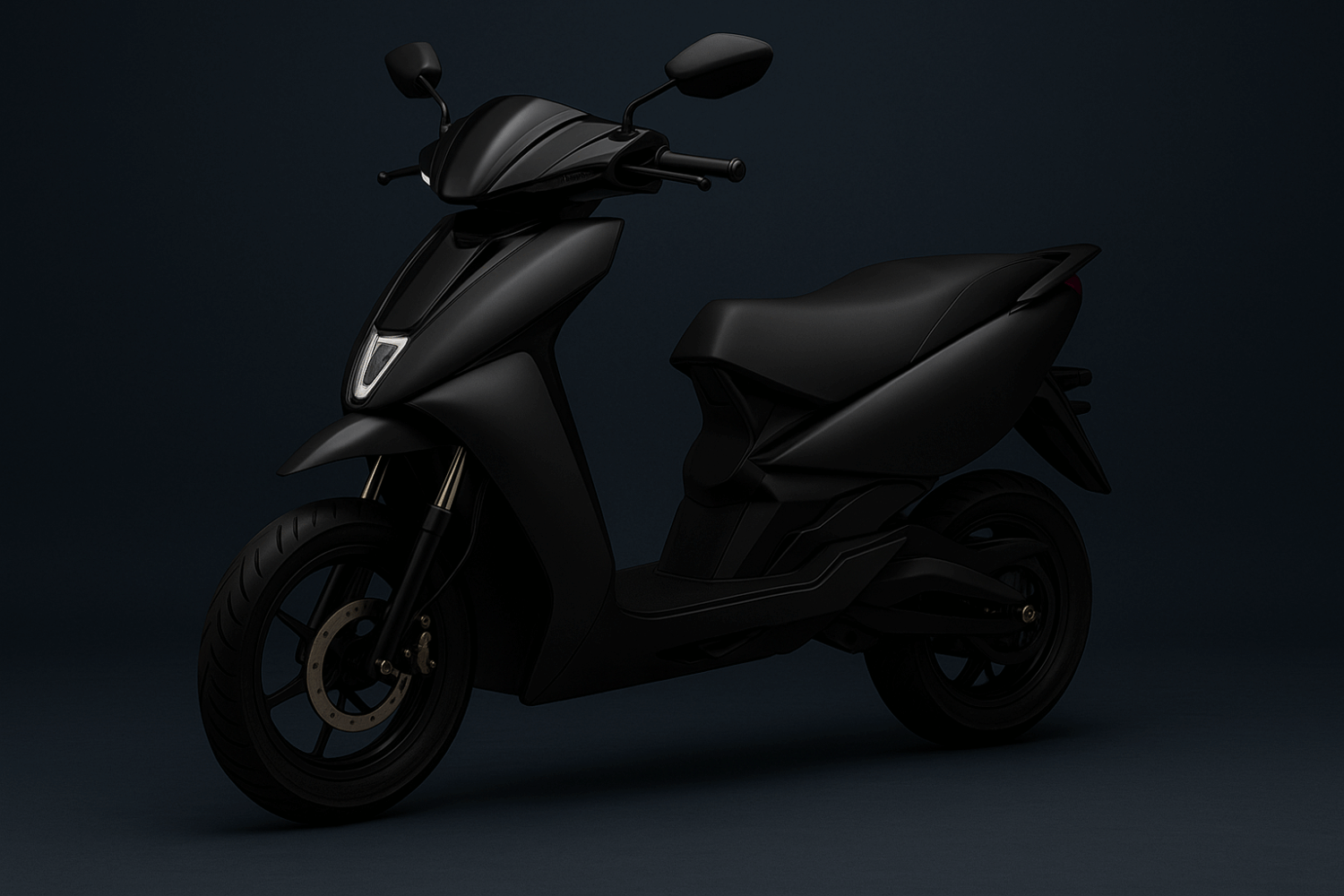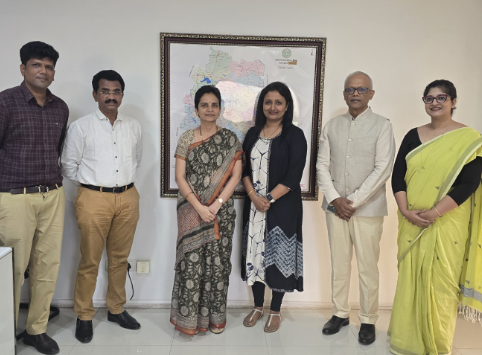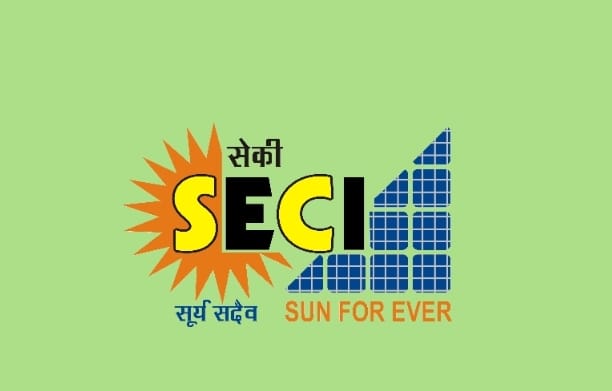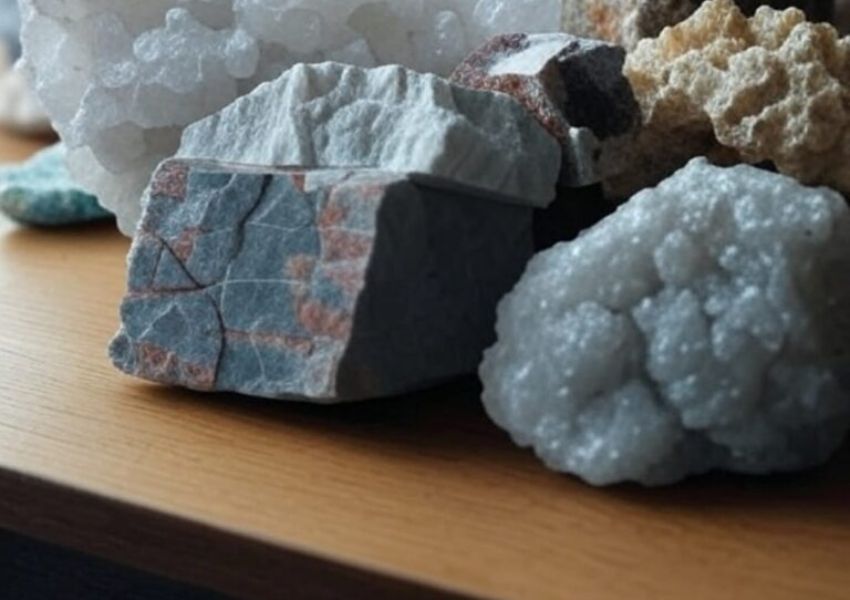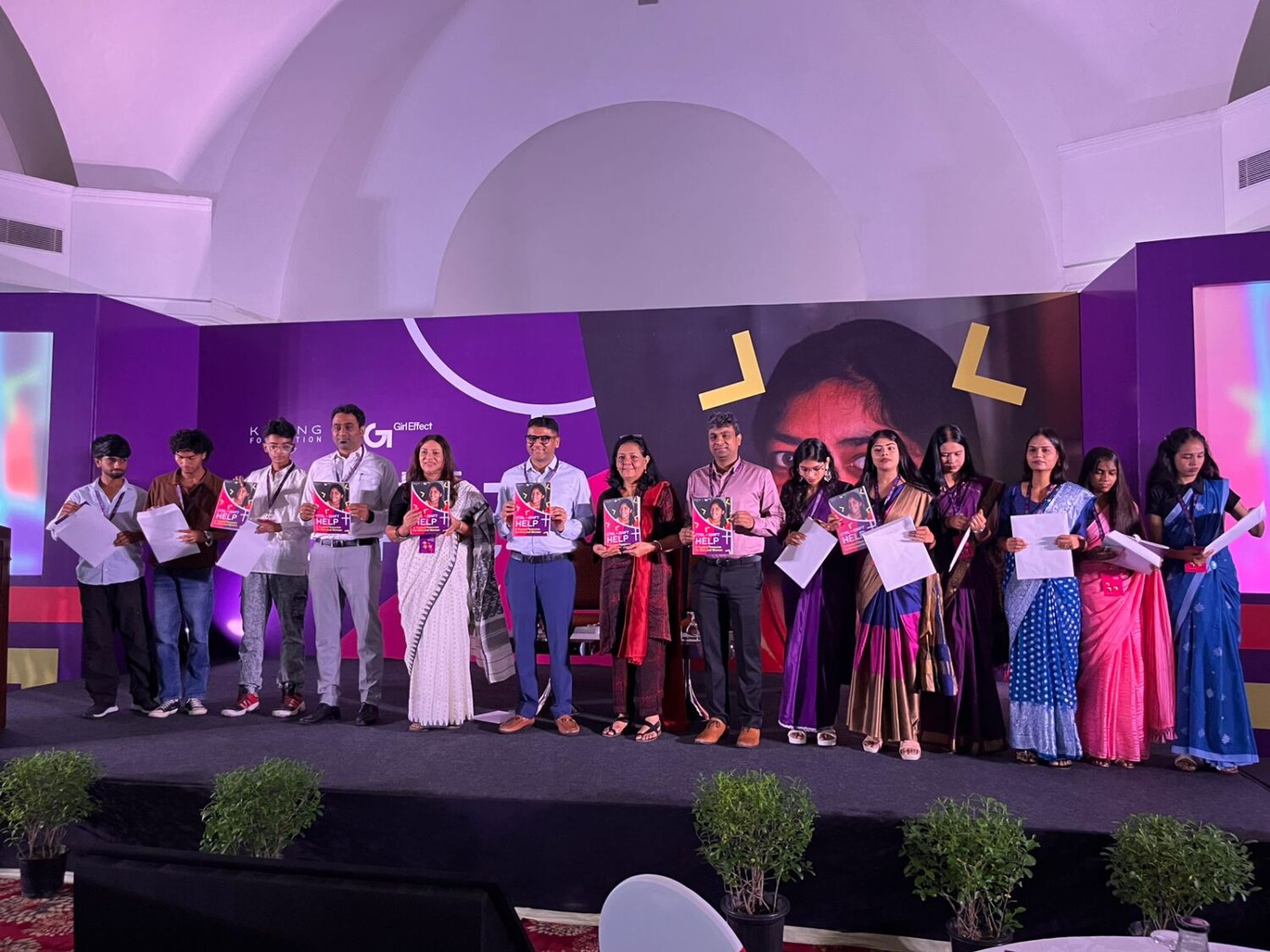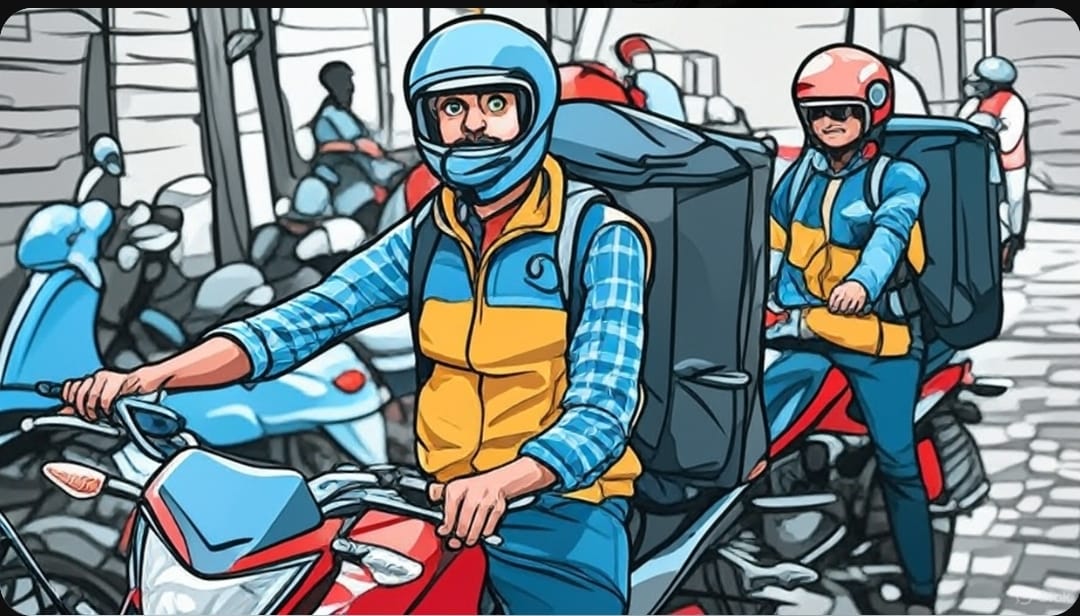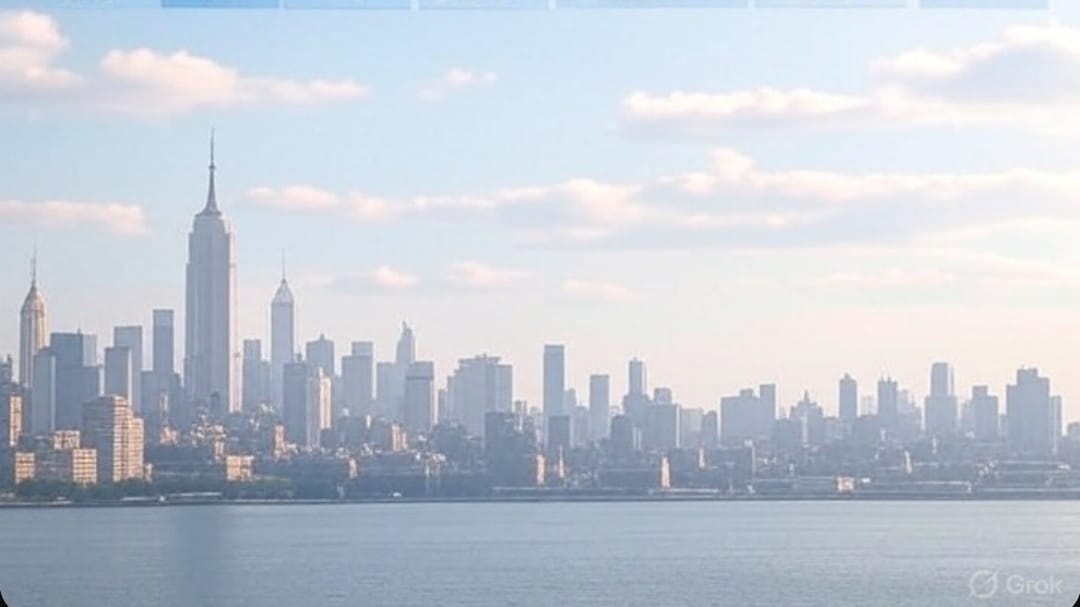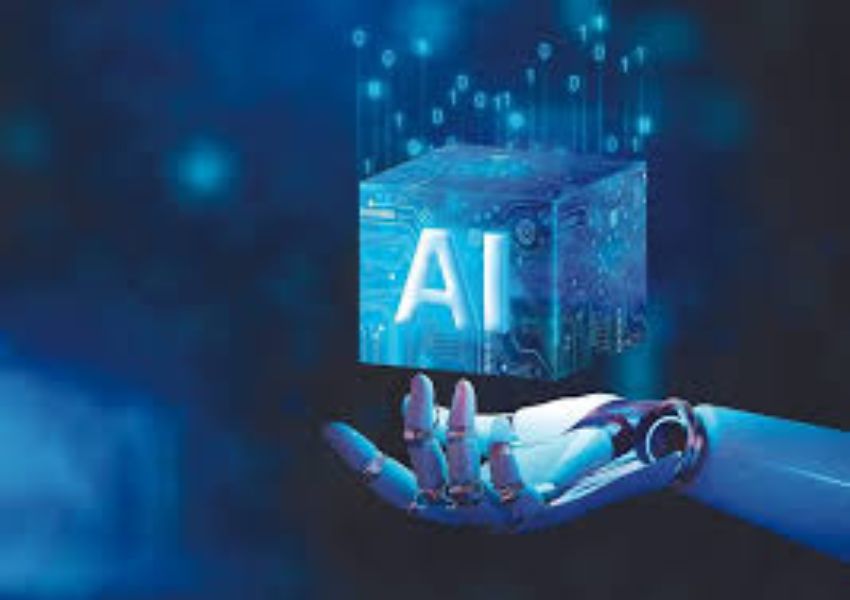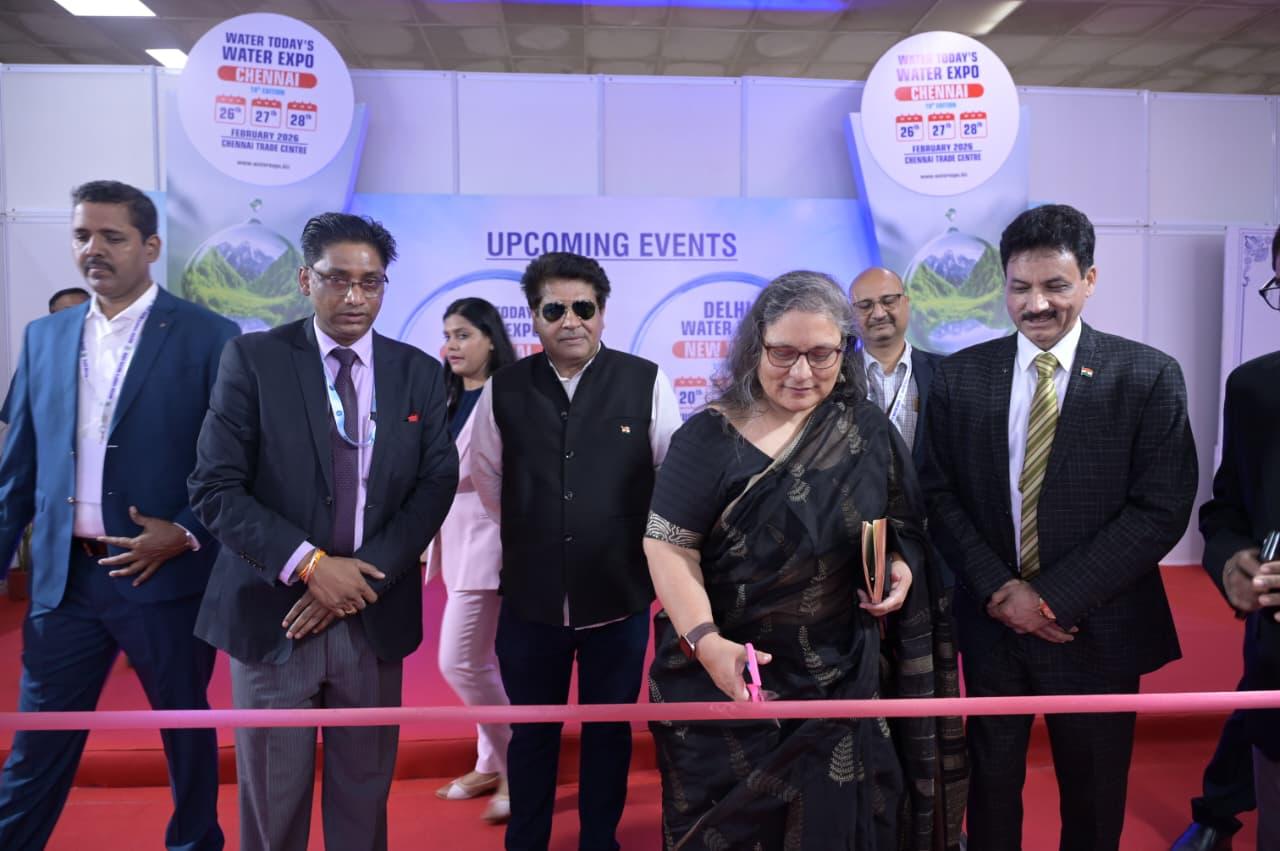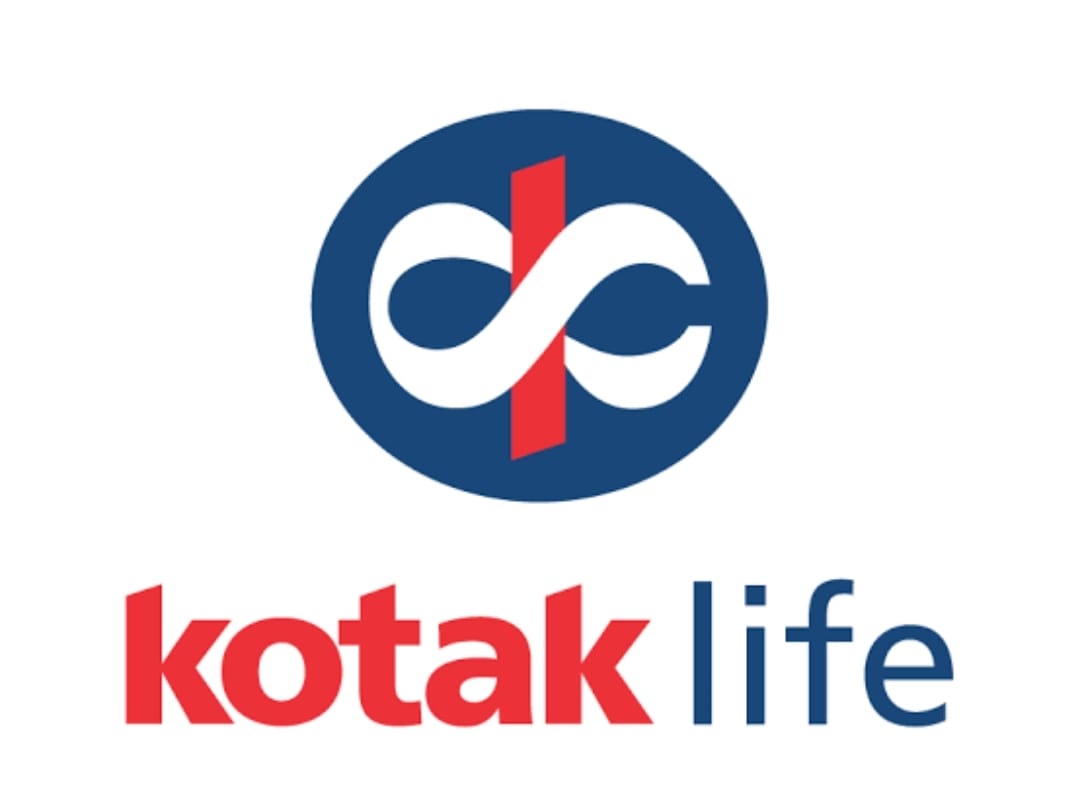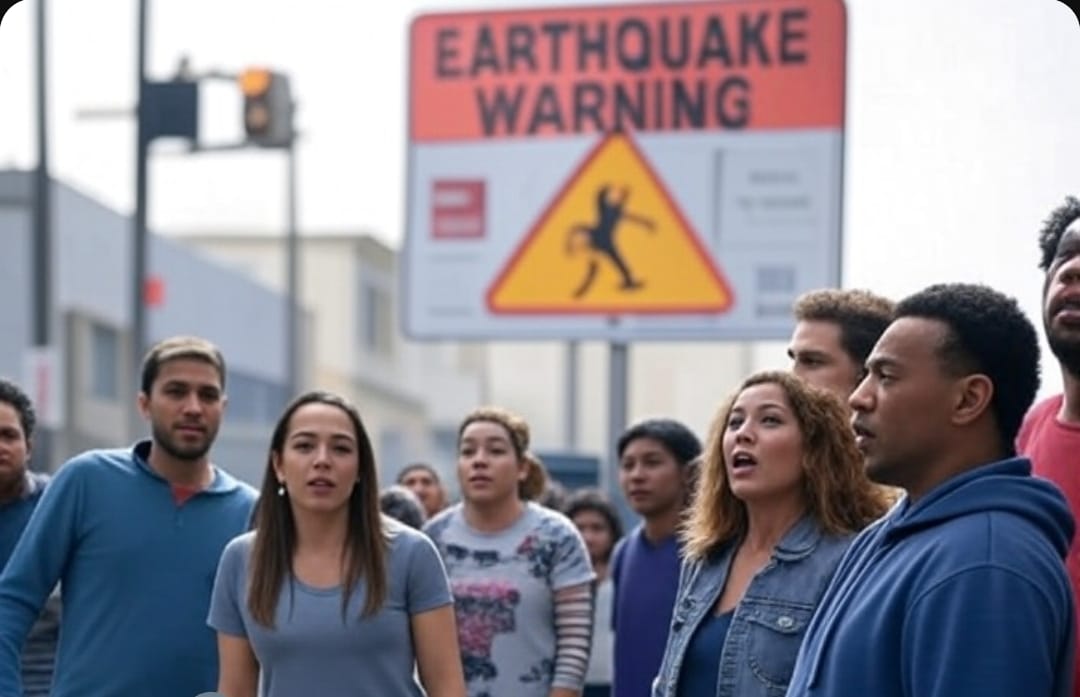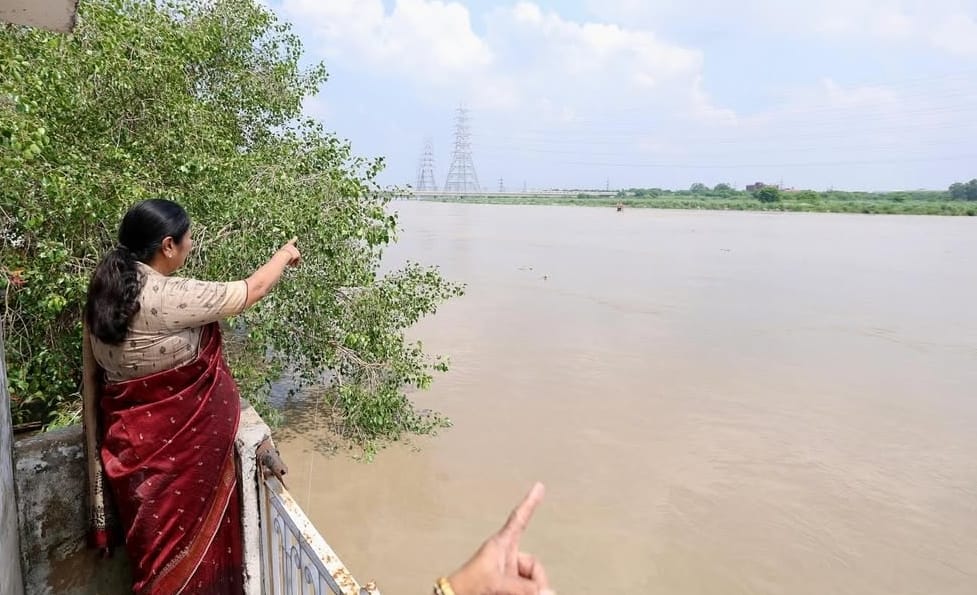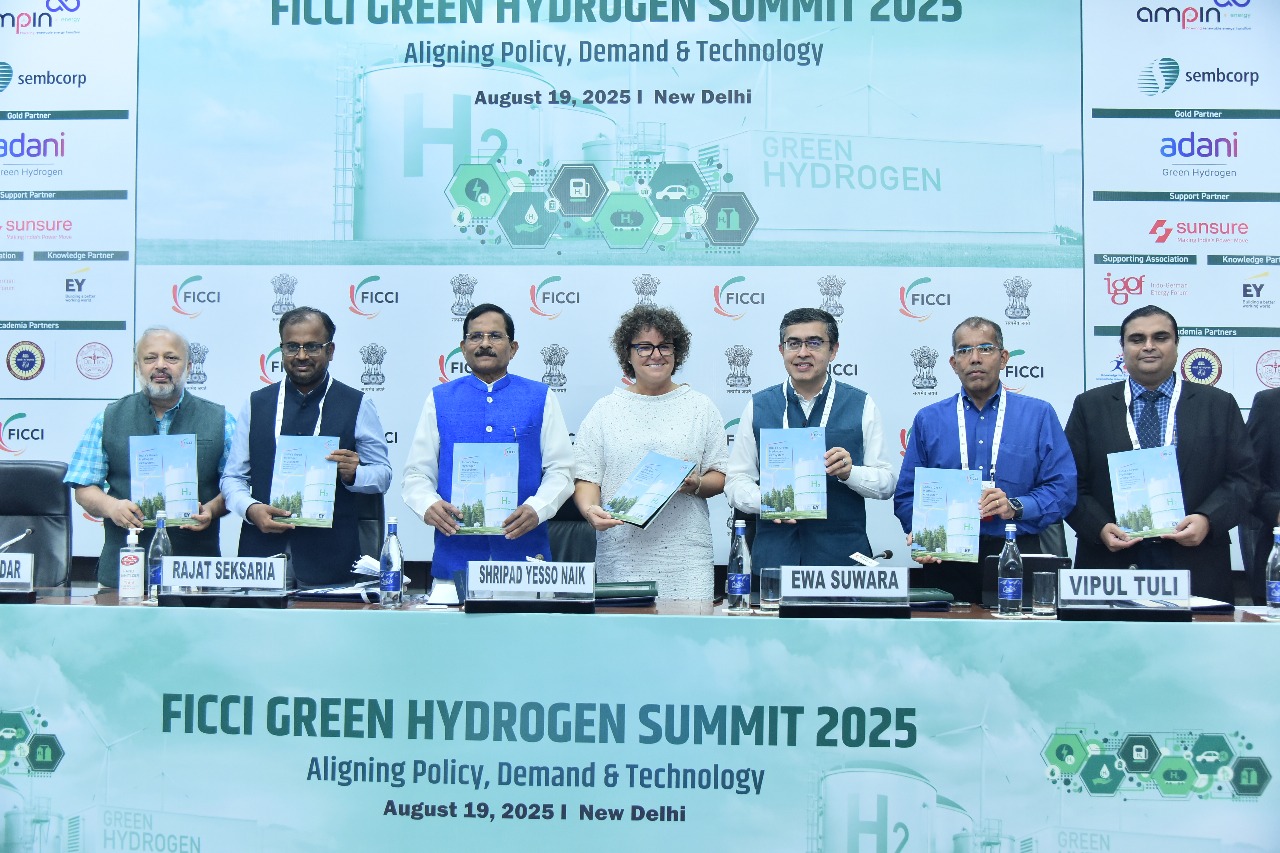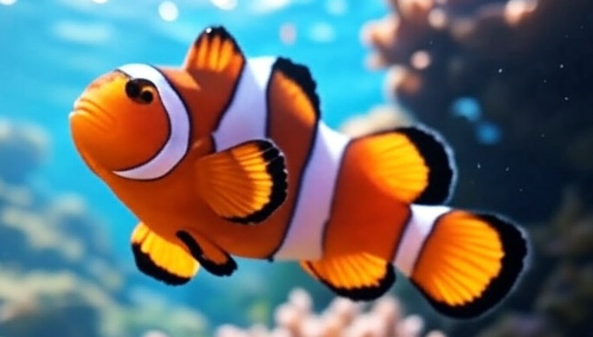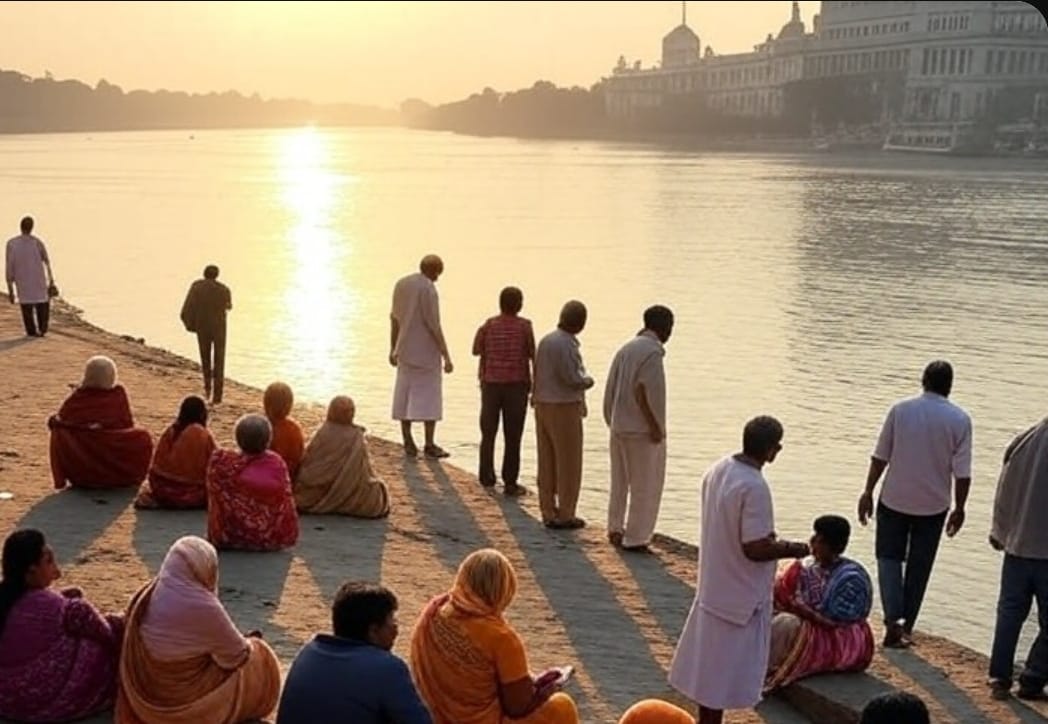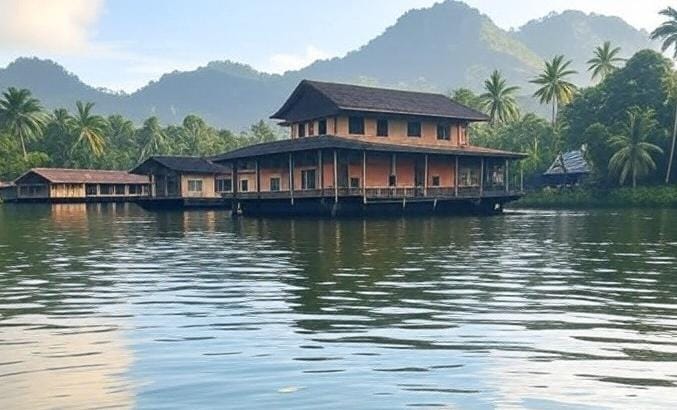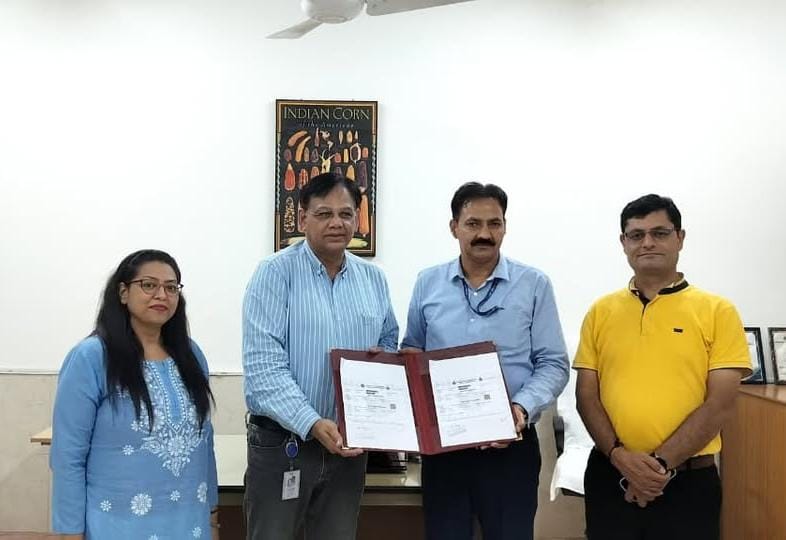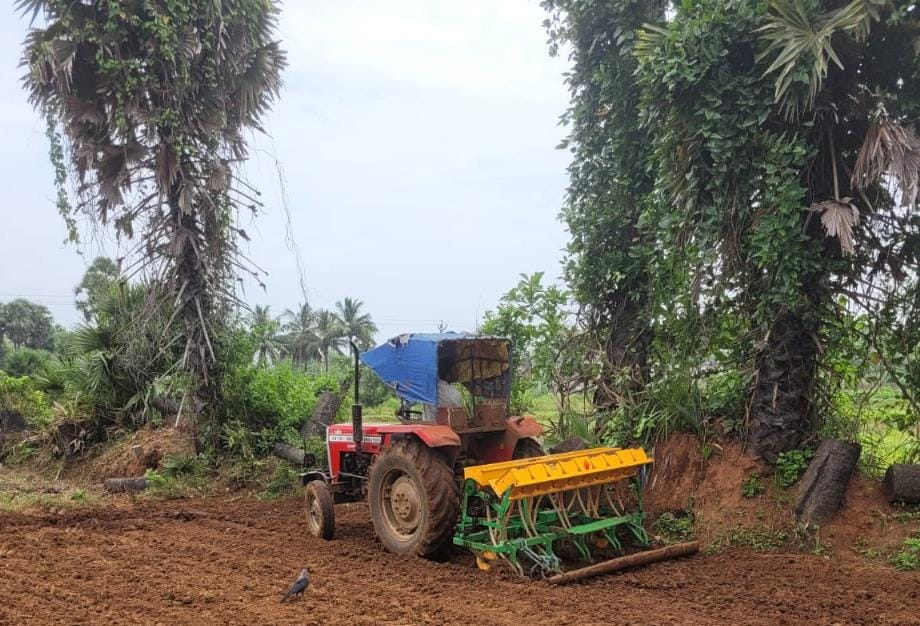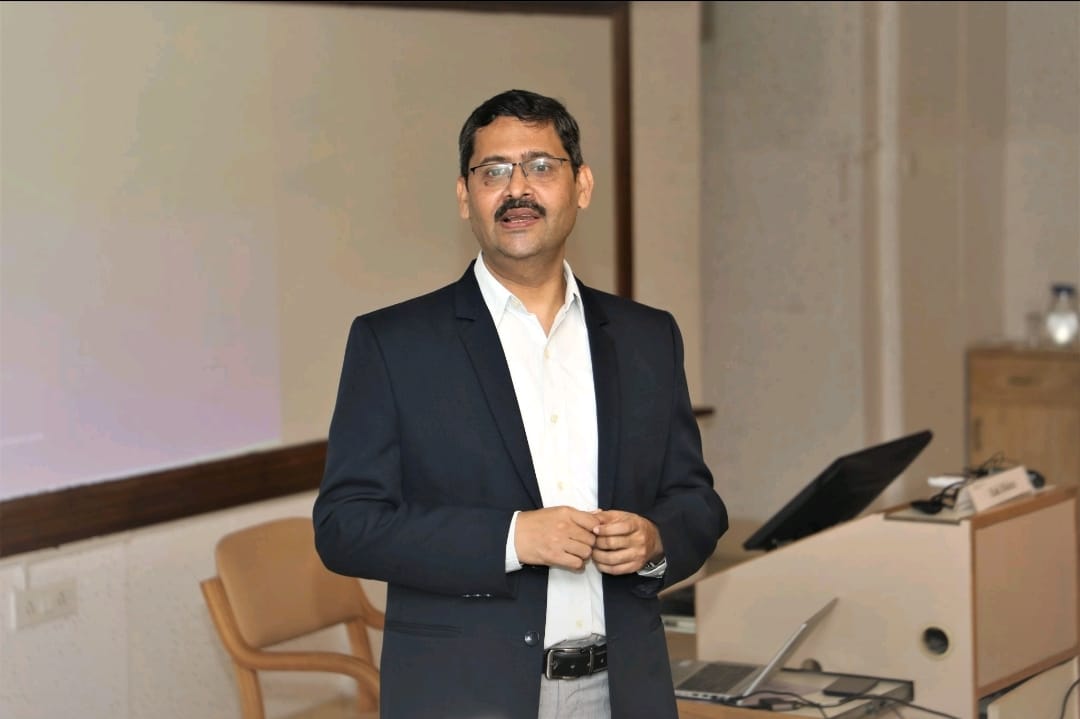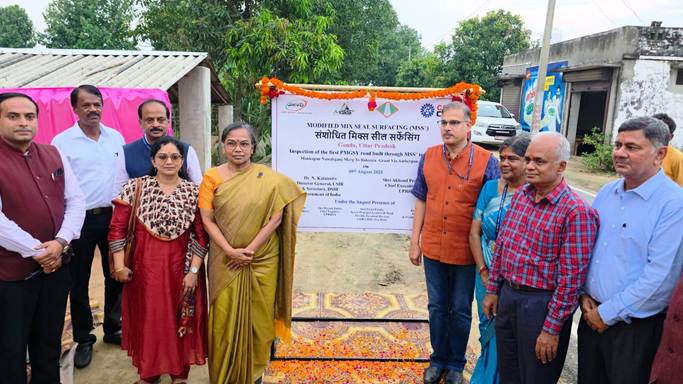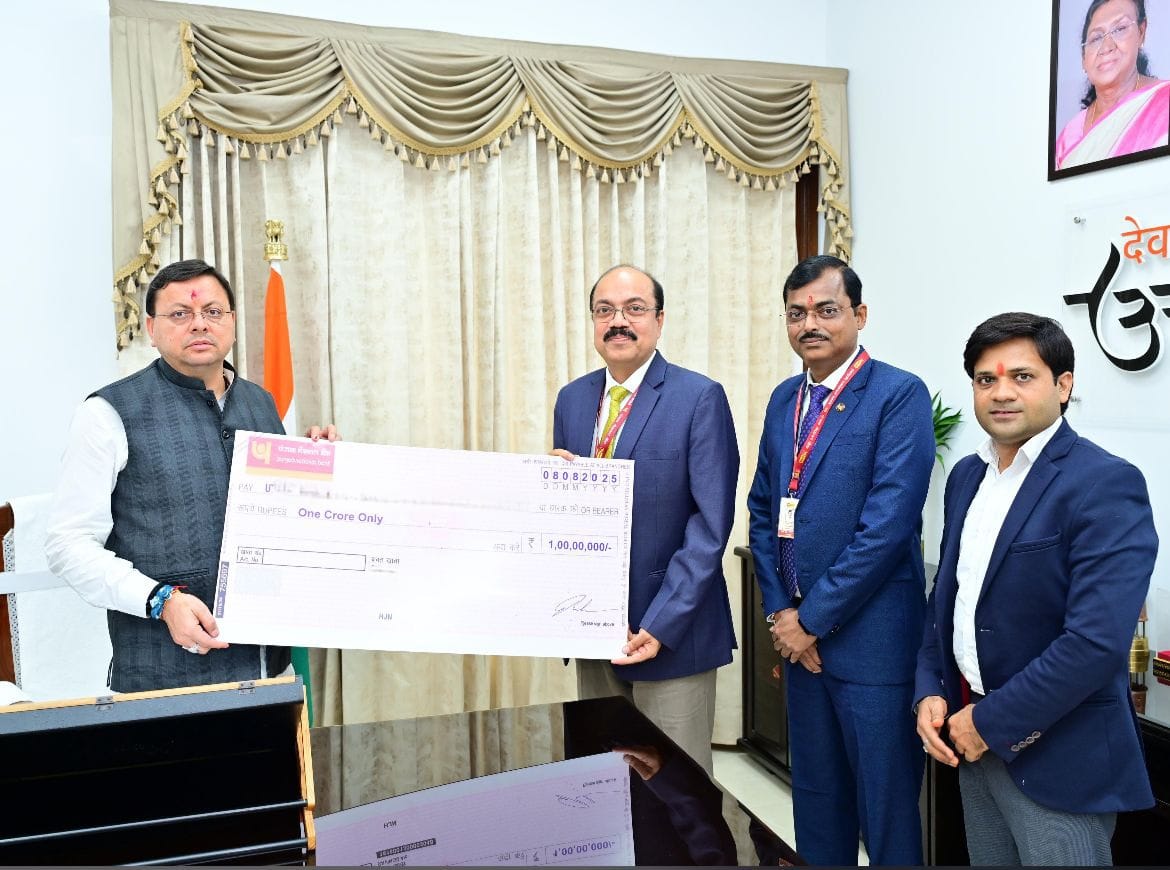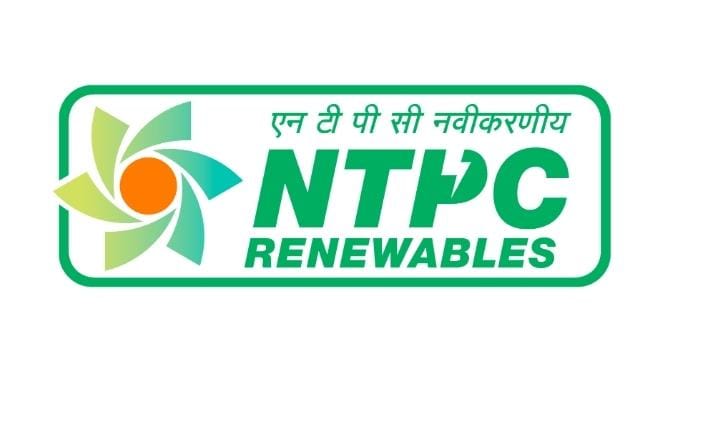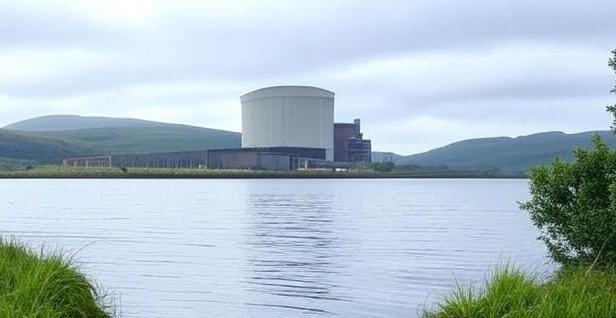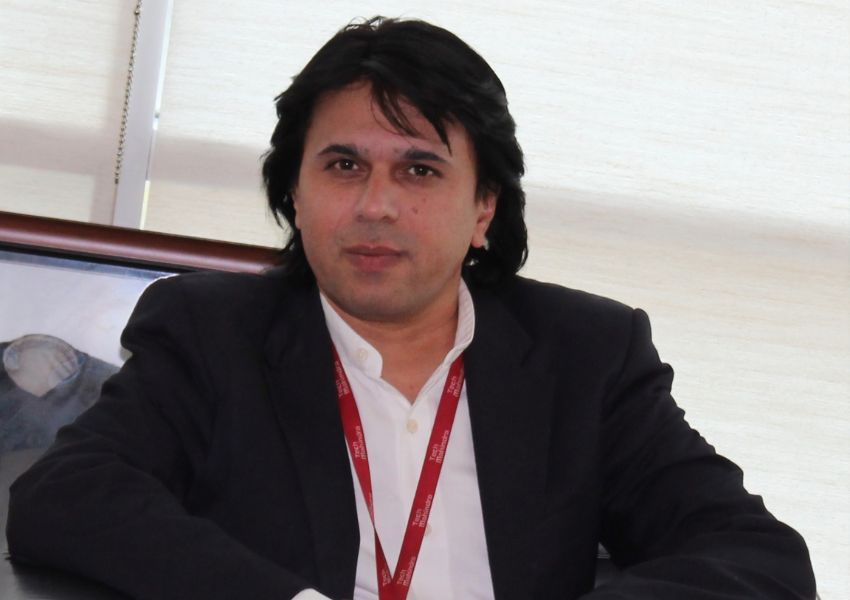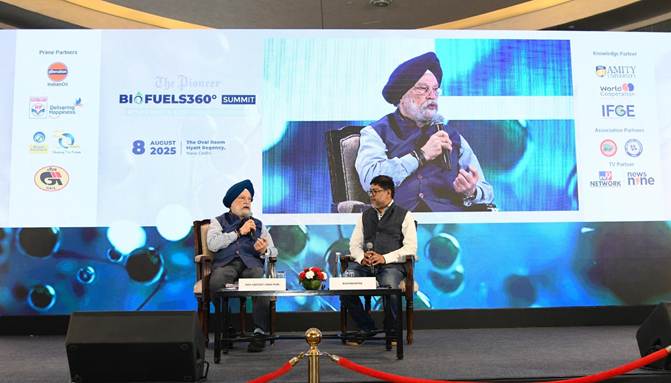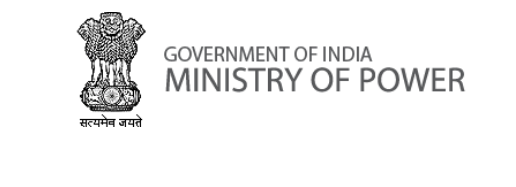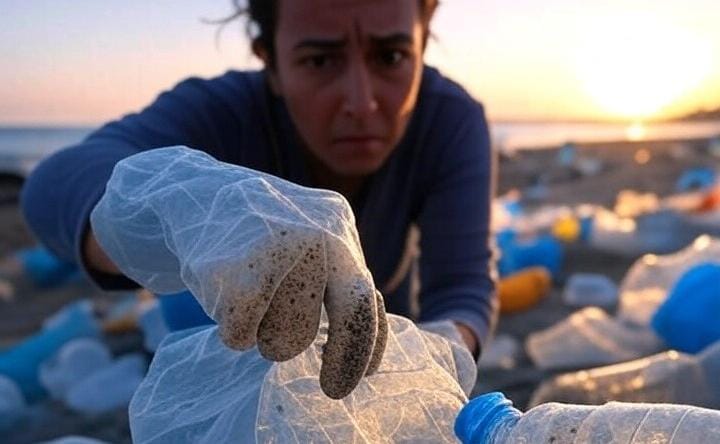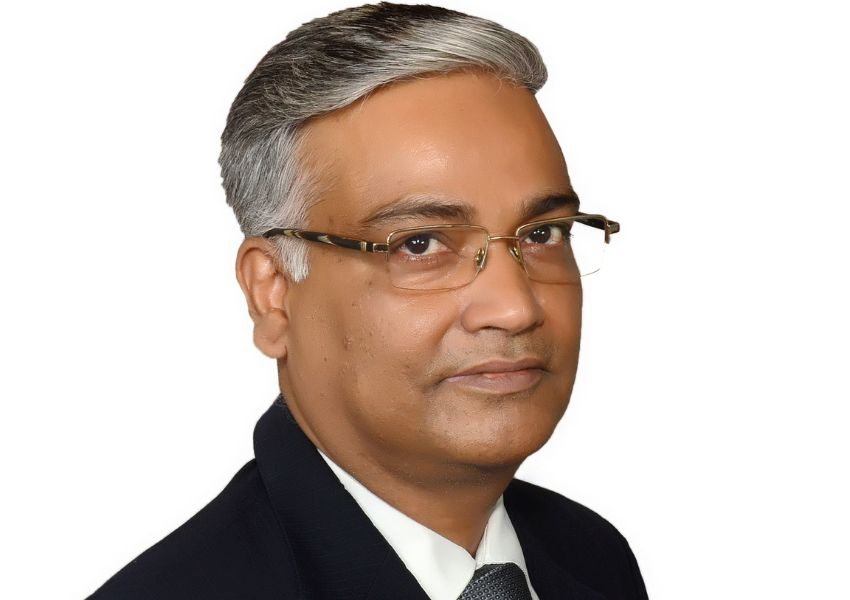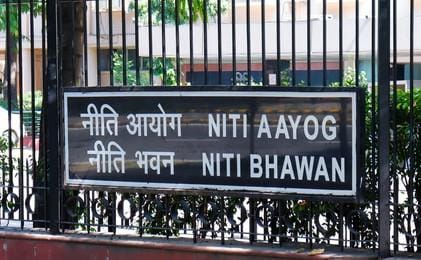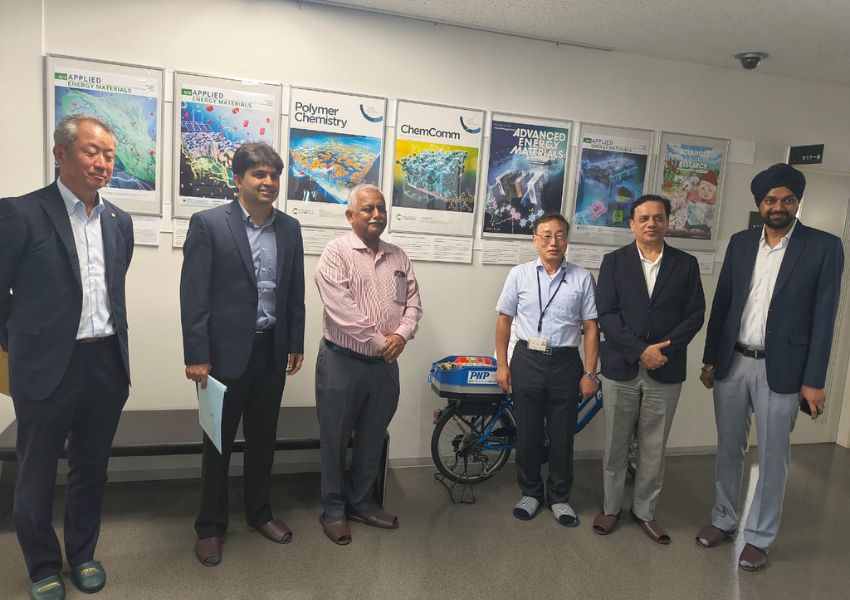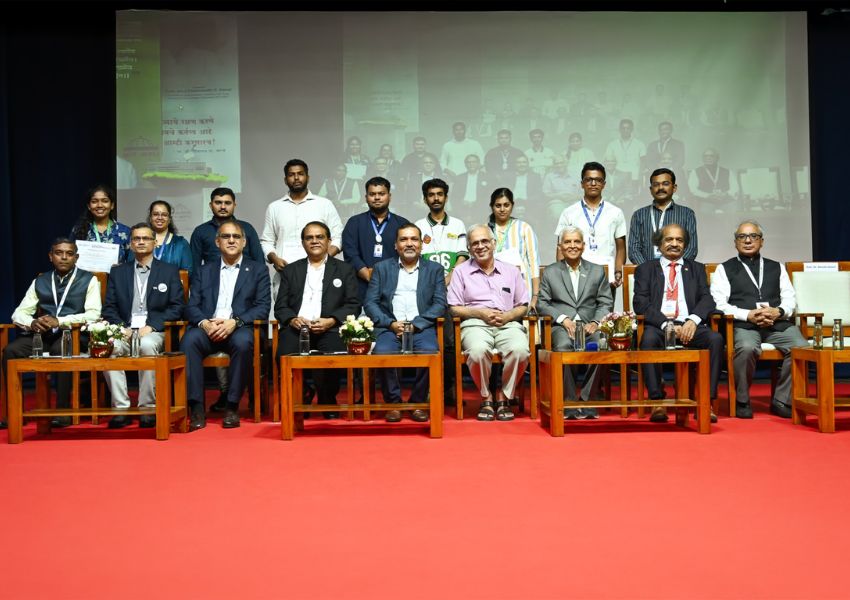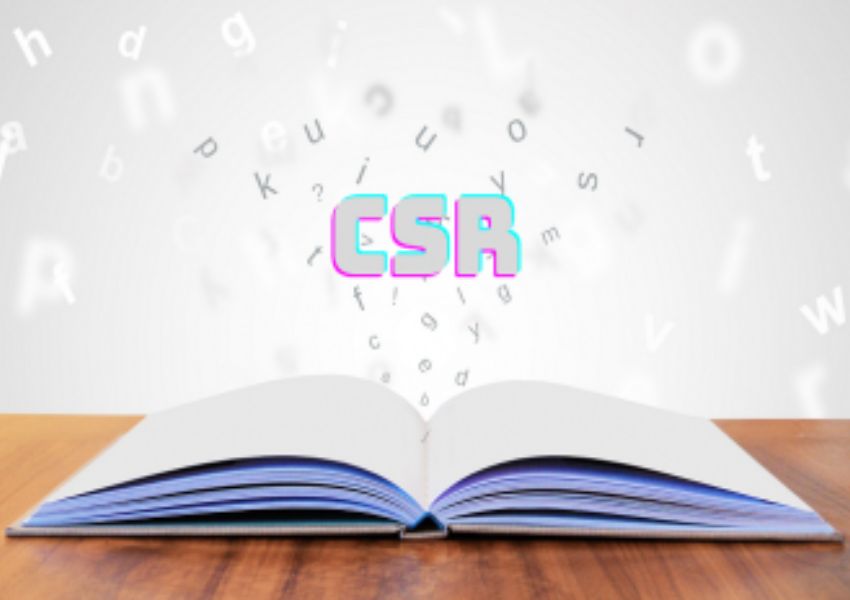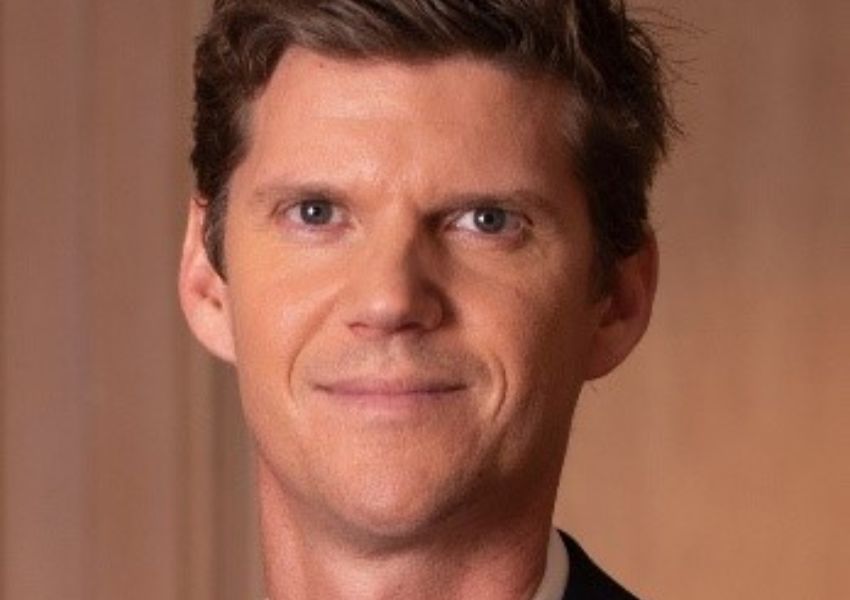AR, VR Make Sustainability Education More Engaging, Impactful: Blue Planet Skill’s Mehrotra
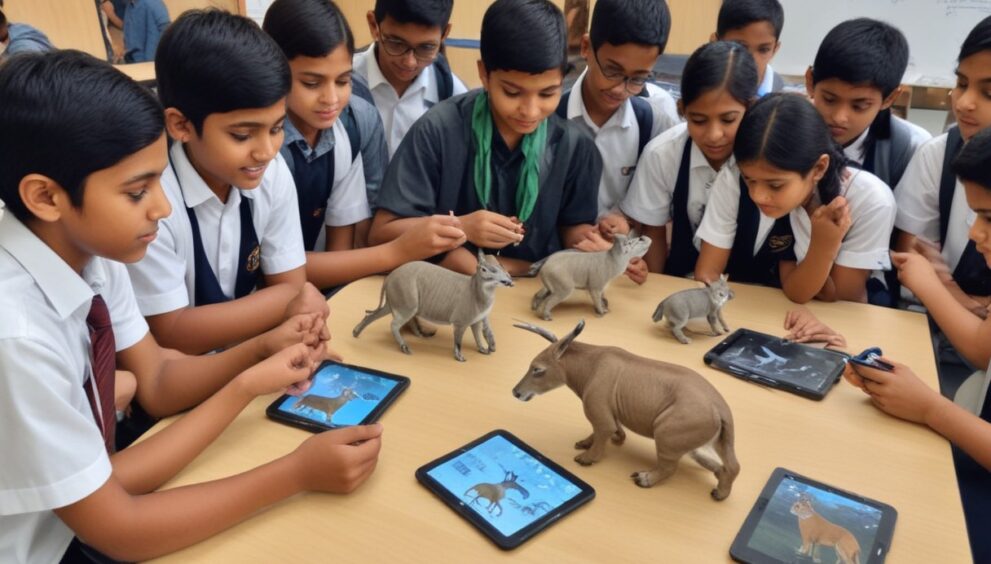
Augmented Reality (AR) and Virtual Reality (VR) are revolutionising the way we approach education, particularly in complex and critical areas like the circular economy. These technologies offer a unique ability to immerse students in real-world scenarios, making abstract concepts tangible and engaging, said Harsh Mehrotra, CEO and Co-Founder of Blue Planet Skills in an interview with BW Businessworld.
Mehrotra shared insights on how their EcoXr Clubs initiative helps the students innovatively grapple with environmental education. Edited excerpts:
What prompted Blue Planet to launch the EcoXR clubs, and how do you see this will help shape the future of environmental education in India’s schools?
At Blue Planet Environmental Solutions, we began our journey focused on waste management, aiming to create a world with zero landfills. However, we quickly realized that for every landfill we addressed, others were emerging at an alarming rate. This insight led us to a crucial understanding: addressing the symptoms wasn’t enough—we needed to tackle the root cause. That’s how our education-to-action initiative, BlueNudge, was born.
Through Blue Nudge, we aim to inspire and equip the younger generation to take meaningful action against climate change. During our Waste to Wealth activity for the Guinness World Record event, we engaged students and taught them about sustainability& Climate change. The overwhelming response made it clear that there was a demand for something more—something lasting.
This sparked the idea for the EcoXRclub. We wanted to create an engaging, interactive program that goes beyond traditional environmental education. In schools, Environmental Science is often just another subject, quickly forgotten once the student leaves the classroom. But with EcoXRclub, we’re offering something different—a learning experience that sticks.
By teaching six core sustainability themes through immersive XR technology, we’re not just imparting knowledge; we’re creating a sense of urgency and personal responsibility. EcoXRclub isn’t a one-time event; it’s a long-term commitment to shaping behaviours, changing mindsets, and instilling a sense of stewardship in students. It’s about moving from awareness to action, ensuring that the lessons learned in school resonate in their lives long after the school day ends. This, we believe, is how we can truly shape the future of environmental education in India’s schools.
AR and VR are often seen as emerging technologies in education. What specific advantages do they offer in teaching students about the circular economy, and how do you plan to measure their impact?
Augmented Reality (AR) and Virtual Reality (VR) are revolutionising the way we approach education, particularly in complex and critical areas like the circular economy. These technologies offer a unique ability to immerse students in real-world scenarios, making abstract concepts tangible and engaging. For instance, instead of just reading about the journey of waste in a circular economy, students can virtually experience it—from production to consumption, disposal, and ultimately, recycling or repurposing. This immersive learning is not only more engaging but also leads to better retention of information.
Recent studies show that immersive technologies can increase student retention rates by up to 75% compared to traditional learning methods. In the context of environmental education, this is crucial because understanding the circular economy is about more than just learning facts—it’s about changing behaviour. With AR and VR, students can see the direct impact of their actions on the environment, which helps foster a deeper understanding and a sense of personal responsibility.
To measure the impact of these technologies, we plan to implement a combination of quantitative and qualitative assessments. This includes pre- and post-program surveys to gauge changes in students’ knowledge and attitudes, as well as tracking long-term behavioural changes. Additionally, we’ll partner with schools to monitor how students apply what they’ve learned in real-life settings, such as participating in waste segregation, water management, or energy conservation projects.
We also use surveys and feedback from students and teachers to understand shifts in behaviour and attitudes towards sustainability. This combination of measurable activities and qualitative insights ensures that we not only track the effectiveness of our program but also continuously improve it to drive meaningful environmental change. This approach ensures that we’re not just teaching students about the circular economy but are actively contributing to a generation that’s equipped to live it.
Why was the decision made to target students in classes 6 to 8 with the EcoXR clubs? What challenges do you anticipate in implementing this program for this age group, and how do you plan to address them?
We chose to focus on students in classes 6 to 8 for the EcoXR clubs because this age group represents a critical period in cognitive and emotional development. At this stage, a child’s brain is highly receptive, and the values and knowledge imparted during these years have a lasting impact. By engaging students in these formative years, we’re not just teaching them about sustainability—we’re shaping the mindset of future leaders who will drive environmental change.
However, implementing this program comes with its own set of challenges. One of the major hurdles is the general lack of awareness and urgency around environmental issues. Many students and their families don’t fully grasp the immediate need for action, often seeing sustainability as a distant concern rather than a pressing one. This lack of urgency can make it difficult to engage students meaningfully and encourage them to take ownership of environmental issues.
Another challenge is the integration of technology in classrooms. While AR and VR offer incredible educational potential, they also require infrastructure and training that some schools may not have. Ensuring that all students have equal access to these resources, regardless of their school’s technological capabilities, is a challenge we’re committed to overcoming.
To address these challenges, we’re focusing on a few key strategies. First, our trainers are working closely with schools to provide them with the tools and training needed to effectively implement EcoXRclubs, ensuring they can convey the urgency of environmental issues in a way that resonates with students. Second, we’re designing the program to be flexible, so it can be adapted to different technological environments, whether a school has high-end VR equipment or just basic digital tools. Lastly, we’re integrating community engagement components, encouraging students to involve their families and communities in sustainability efforts. This not only broadens the impact of the program but also helps to cultivate a shared sense of urgency and responsibility.
By addressing these challenges head-on, we’re confident that the EcoXR clubs will not only educate but also inspire a generation of environmentally conscious citizens who are prepared to take meaningful action for a sustainable future.
Could you provide insights into Blue Planet’s partnerships with government and private schools for this initiative? How do you intend to expand the reach of EcoXRclubs across different regions in India?
We are excited about the progress we’ve made with our EcoXRclub initiative. Recently, we’ve onboarded several prestigious schools, including TDI International School, MaaSaraswati International Senior Secondary School, and Prelude Public School. We’ve already launched our first EcoXRclub at TDI International School, where both the school and students have shown tremendous enthusiasm. Additionally, we’re set to inaugurate our first Eco Lab at Prelude Public School in Agra, marking another milestone in our journey.
Our partnerships with these schools are just the beginning. We’re actively working to expand our reach by collaborating with government schools as well. We are particularly focused on onboarding Kendriya Vidyalayas and Navodaya Vidyalayas, which will significantly enhance our ability to impact students across diverse regions of India.
To achieve nationwide expansion, we’re adopting a multi-faceted approach. We’re leveraging our initial successes and positive feedback from partner schools to build momentum and showcase the effectiveness of EcoXRclubs. Our strategy includes forming alliances with educational authorities and engaging with regional school networks to facilitate broader adoption.
Additionally, we’re investing in tailored outreach programs and workshops to demonstrate the value of EcoXRclubs to schools and educational leaders across different states. By customizing our approach to meet the specific needs and contexts of various regions, we aim to make EcoXRclub accessible to every school in the country.
Our vision is to see EcoXRclub become a standard part of the curriculum in schools nationwide, driving a transformative shift in environmental education and inspiring the next generation to lead with a strong sense of sustainability and responsibility.
How is Blue Planet collaborating with government bodies to ensure the successful implementation of the EcoXR clubs in schools? Additionally, what sets this initiative apart from other environmental education programs currently being offered in India?
Blue Planet Environmental Solutions is dedicated to ensuring the successful implementation of EcoXR clubs through strategic collaboration with government bodies. We are proud to be a part of NITI Aayog’s Mission LiFE, where our Blue Nudge campaign has been recognised as one of the top 75 ideas from over 2,500 submissions worldwide. This recognition highlights our commitment to promoting behaviour change for waste separation at the source among schoolchildren in the Delhi/NCR region. Our initiative aligns closely with Mission LiFE’s themes, reinforcing our shared goals of fostering sustainable practices and environmental responsibility.
What sets EcoXRclub apart from other environmental education programs in India is its innovative use of Augmented Reality (AR) and Virtual Reality (VR) to create immersive, interactive learning experiences. While traditional programs often rely on textbook knowledge and static presentations, EcoXRclub offers a dynamic approach by allowing students to virtually explore and engage with concepts like circular economy, waste management, and resource conservation. This immersive technology not only enhances understanding but also makes sustainability education more engaging and impactful.
Furthermore, EcoXRclub is designed to drive long-term behaviour change by making environmental education an integral part of students’ daily experiences. By partnering with government bodies and aligning with national initiatives like Mission LiFE, we ensure that our program is not only cutting-edge but also deeply integrated into the broader framework of India’s sustainability goals.
How does the EcoXR club initiative fit into the broader global movement towards sustainability education? What are your expectations for its impact on India’s education system and the country’s progress toward environmental consciousness?
The EcoXRclub initiative is our contribution to the broader global movement towards sustainability education, aligning perfectly with the goals set forth by international frameworks like the United Nations’ Sustainable Development Goals (SDGs). Globally, there is a growing recognition that education is key to achieving sustainability, and we see EcoXRclub as a vital tool in this mission. By integrating immersive technologies like AR and VR, we’re not just following this movement—we’re pushing its boundaries by offering a more engaging and impactful way to teach sustainability.
In the context of India’s education system, we believe that EcoXRclub has the potential to be a game-changer. India, with its vast and diverse student population, is uniquely positioned to lead in the global shift toward environmental consciousness. Our initiative aims to make sustainability not just a topic of discussion but a core part of the educational experience. By reaching students in their formative years, we’re laying the foundation for a generation that will be more aware, more engaged, and more committed to sustainable living.
We expect EcoXRclub to significantly impact how environmental education is perceived and implemented in India. It’s not just about adding another subject to the curriculum; it’s about transforming the way students learn and think about their role in the world. We anticipate that this
initiative will foster a deeper connection between students and the environment, encouraging them to take proactive steps in their communities and beyond.
Ultimately, our goal is for EcoXRclub to contribute to a broader cultural shift in India toward environmental responsibility. We envision a future where sustainability is woven into the fabric of everyday life, and we believe that by educating today’s youth, we’re taking an important step in that direction. This initiative is about creating long-term impact, not just within schools, but across the nation as a whole, driving India closer to its goals of environmental sustainability and global leadership in the fight against climate change.
While AR and VR technologies offer immersive learning experiences, there are concerns about their impact on young students’ health, particularly regarding screen time and eye strain. How is Blue Planet addressing these concerns to ensure that the use of these technologies remains safe for students?
We understand the concerns surrounding the use of AR and VR technologies, particularly regarding screen time and potential eye strain for young students. At Blue Planet, the safety and well-being of students are our top priorities, and we’ve taken several measures to address these concerns effectively.
First, our EcoXRclub programs are designed with carefully regulated sessions that limit screen time. We ensure that the immersive experiences are balanced with offline activities, discussions, and hands-on projects. This approach not only mitigates the risk of excessive screen time but also reinforces learning through a variety of engaging methods.
Second, we are mindful of the potential for eye strain. We work closely with technology partners to use devices that adhere to the highest safety standards, including features like adjustable focus and anti-glare screens. Additionally, we’ve integrated regular breaks into the program, encouraging students to rest their eyes and engage in physical activities to maintain overall well-being.
Finally, we emphasise the importance of education on safe technology use. We provide guidelines to both teachers and students on how to use AR and VR responsibly, including proper posture, screen distance, and the importance of taking breaks. By fostering an environment of awareness and balance, we’re confident that we can offer the benefits of immersive learning while minimising any potential health risks.
Through these measures, we ensure that the innovative use of AR and VR in the EcoXRclub enhances students’ learning experiences safely and responsibly.


